The Lamborghini Huracan Evo is the mid-cycle facelift of the company's entry-level supercar. Although it's described as a new-generation model, it's exactly what the name says, an evolution of the nameplate. It was introduced in early 2019, almost five years after the Huracan went into production.
Design-wise, the Evo is based on the higher performance Huracan Performante. It features more aggressive front and rear ends, as well as a bespoke set of wheels. Inside the cabin, there's an infotainment system with a big touchscreen, while motivation comes from the beefed-up engine from the Performante. While it won't set a new Nurburgring record, the Evo is notably quicker than its predecessor. Let's find out more about that in the review below.
Update 1/6/2019: Lamborghini has announced a new RWD version of the Huracan EVO that is designed specifically to offer a “more engaging experience” for the driver. Check out what’s new along with pricing in our special section below
2019 Lamborghini Huracan Evo
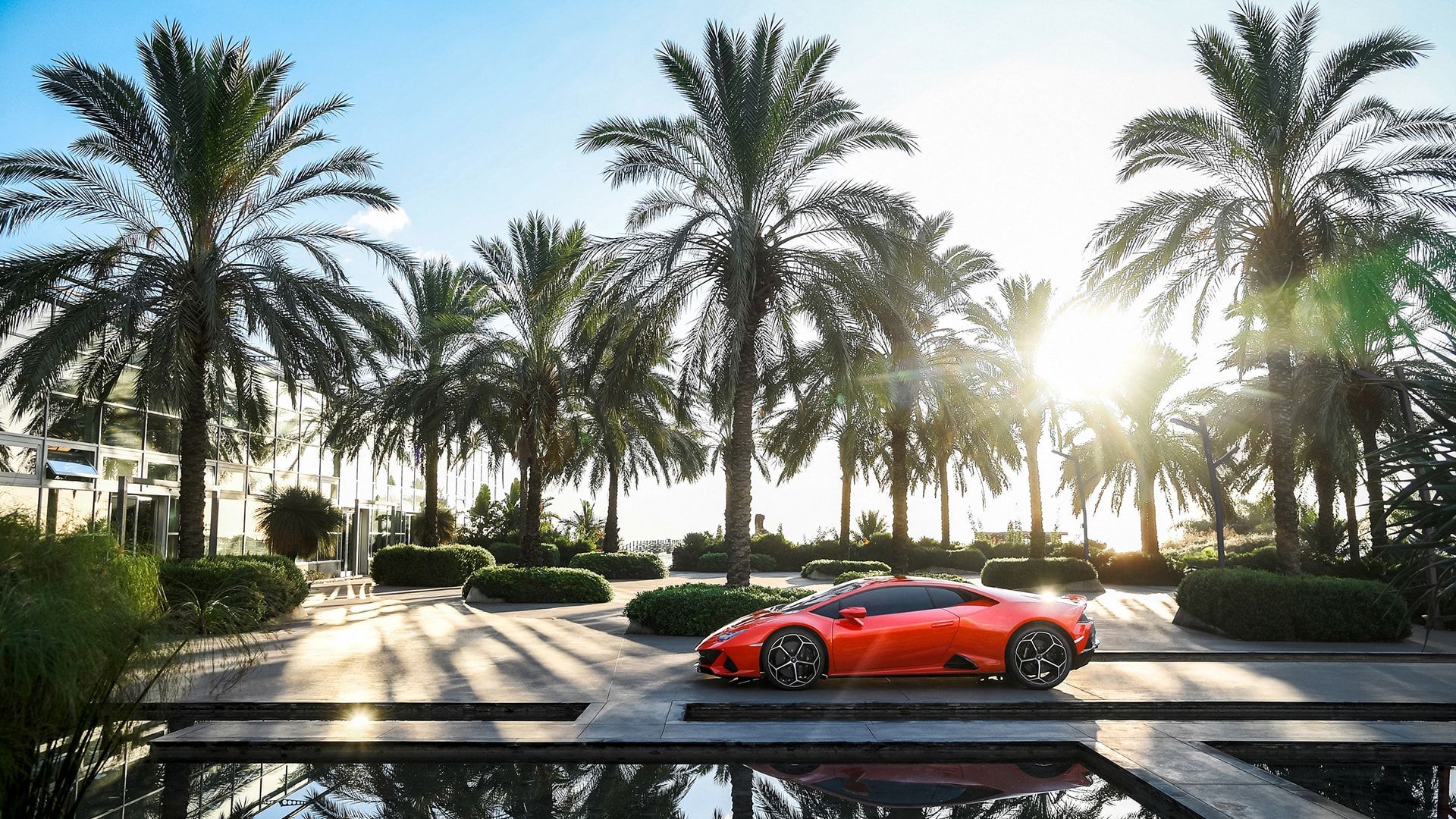

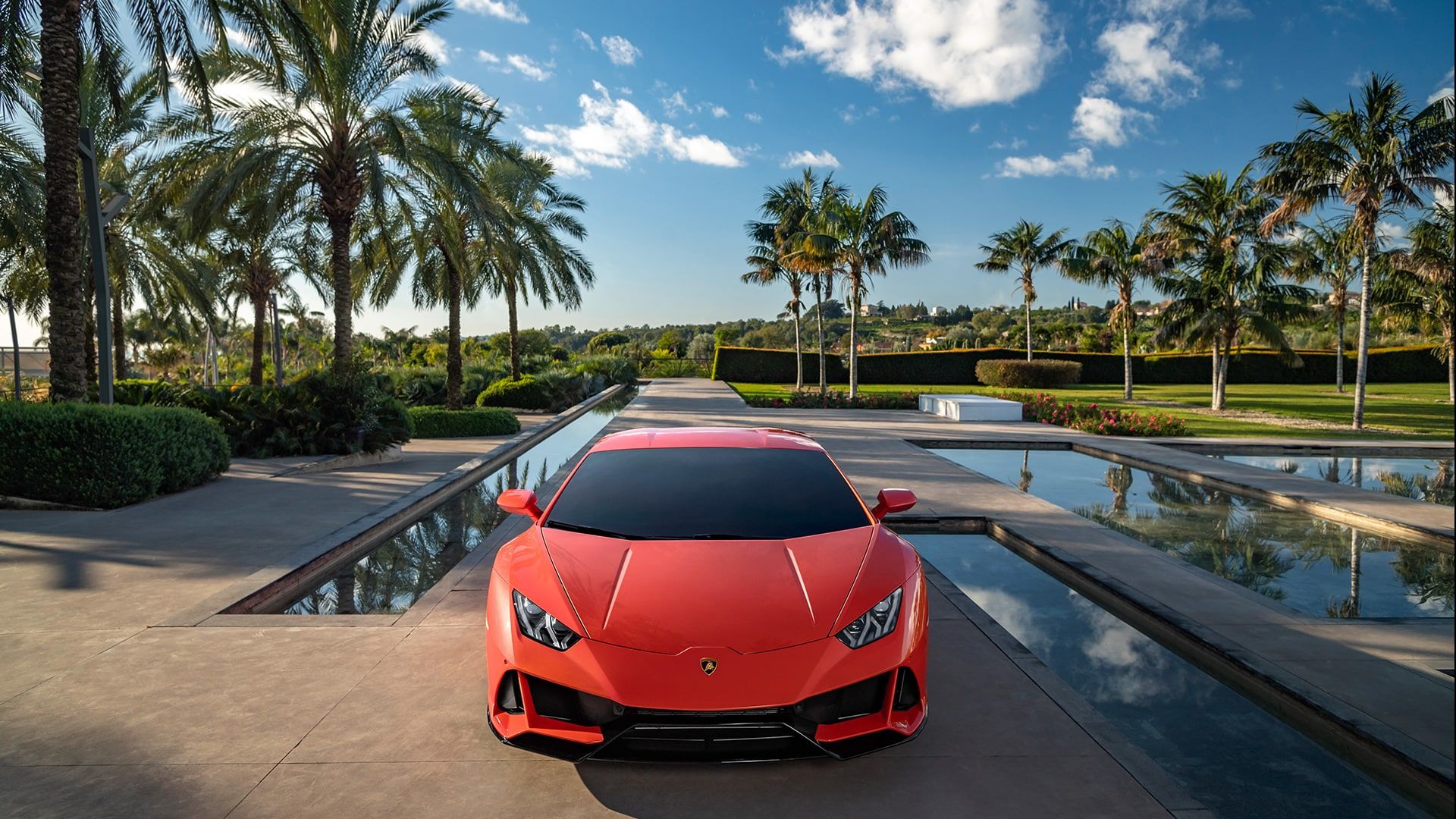
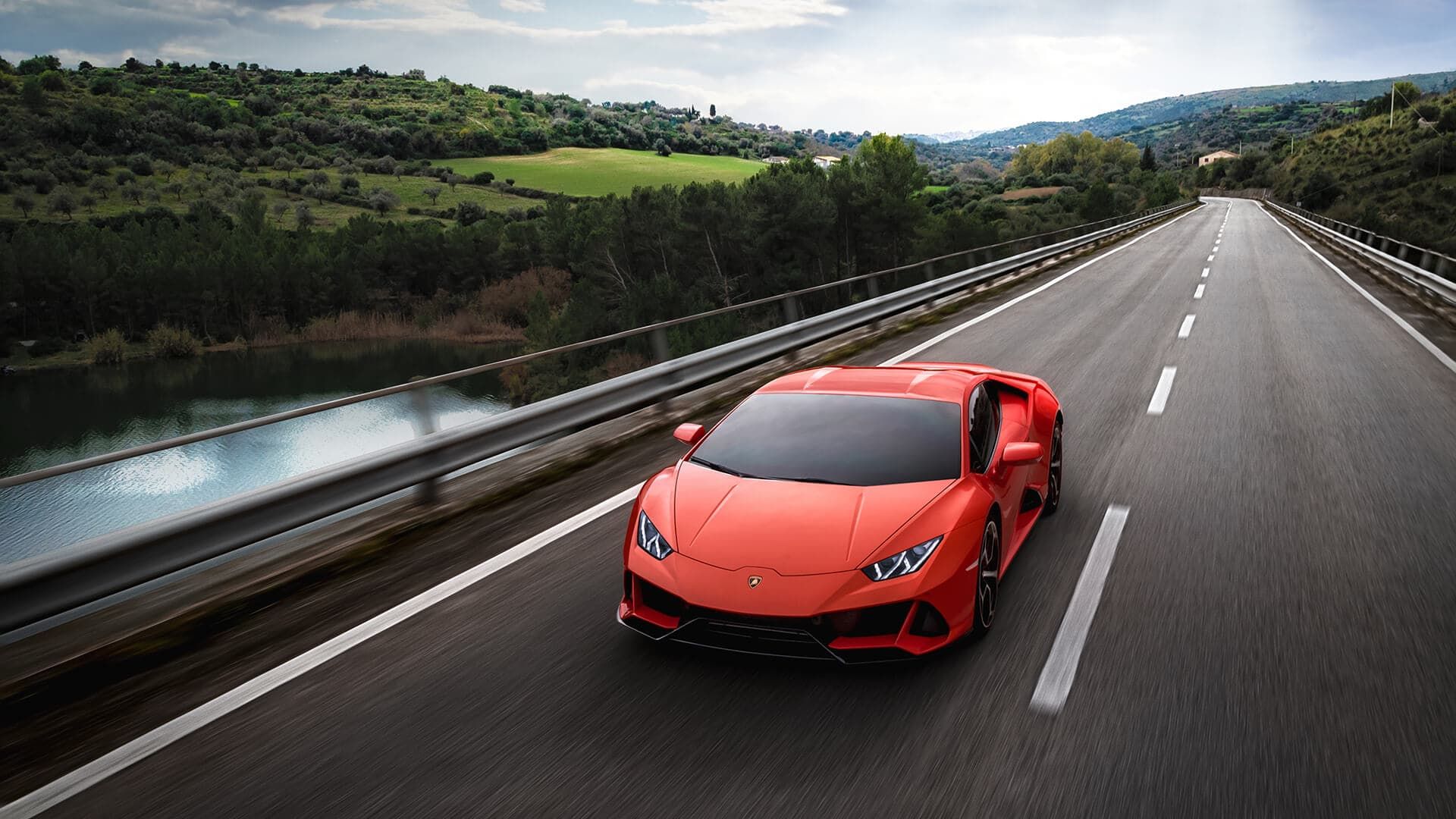
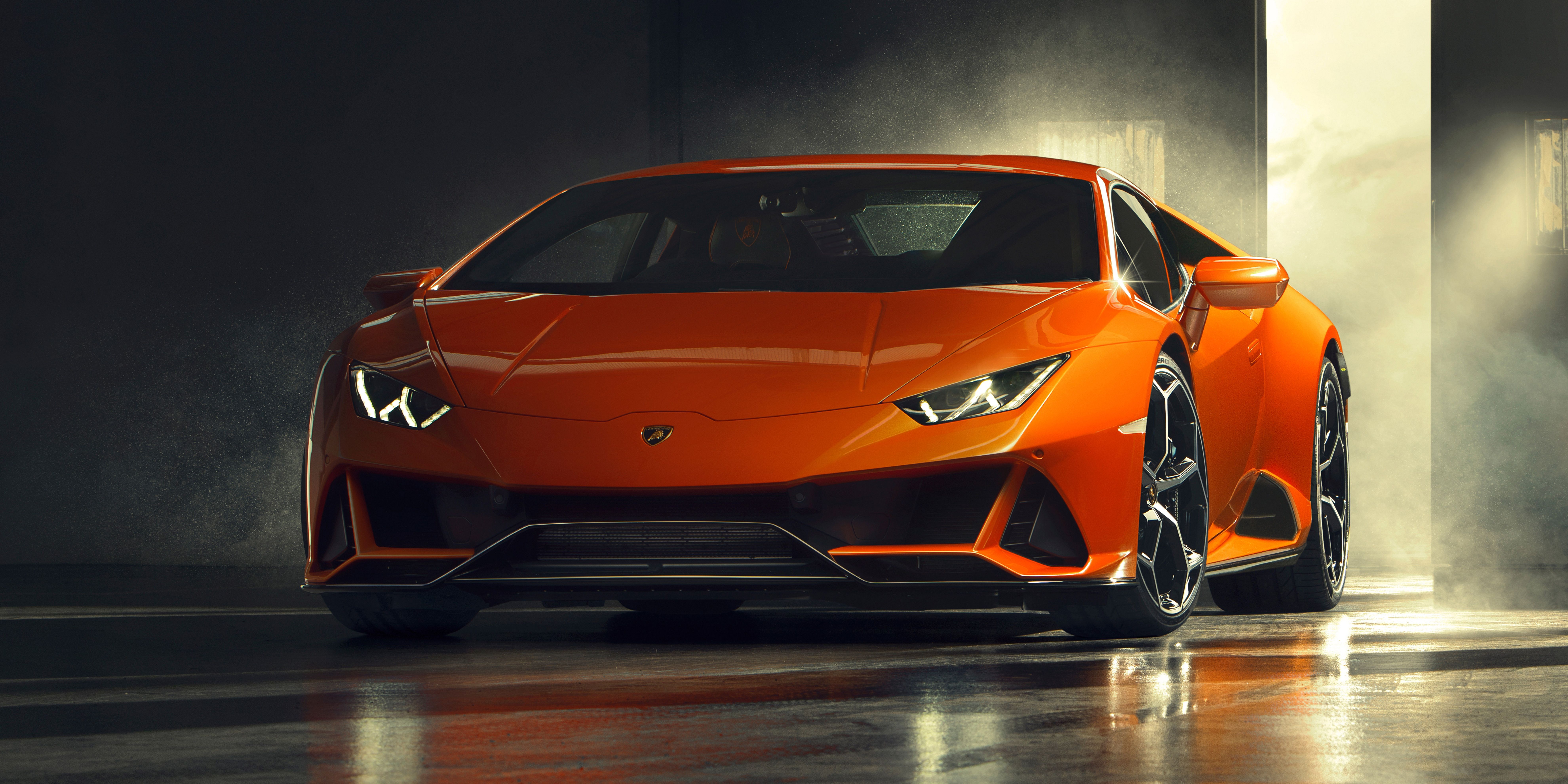
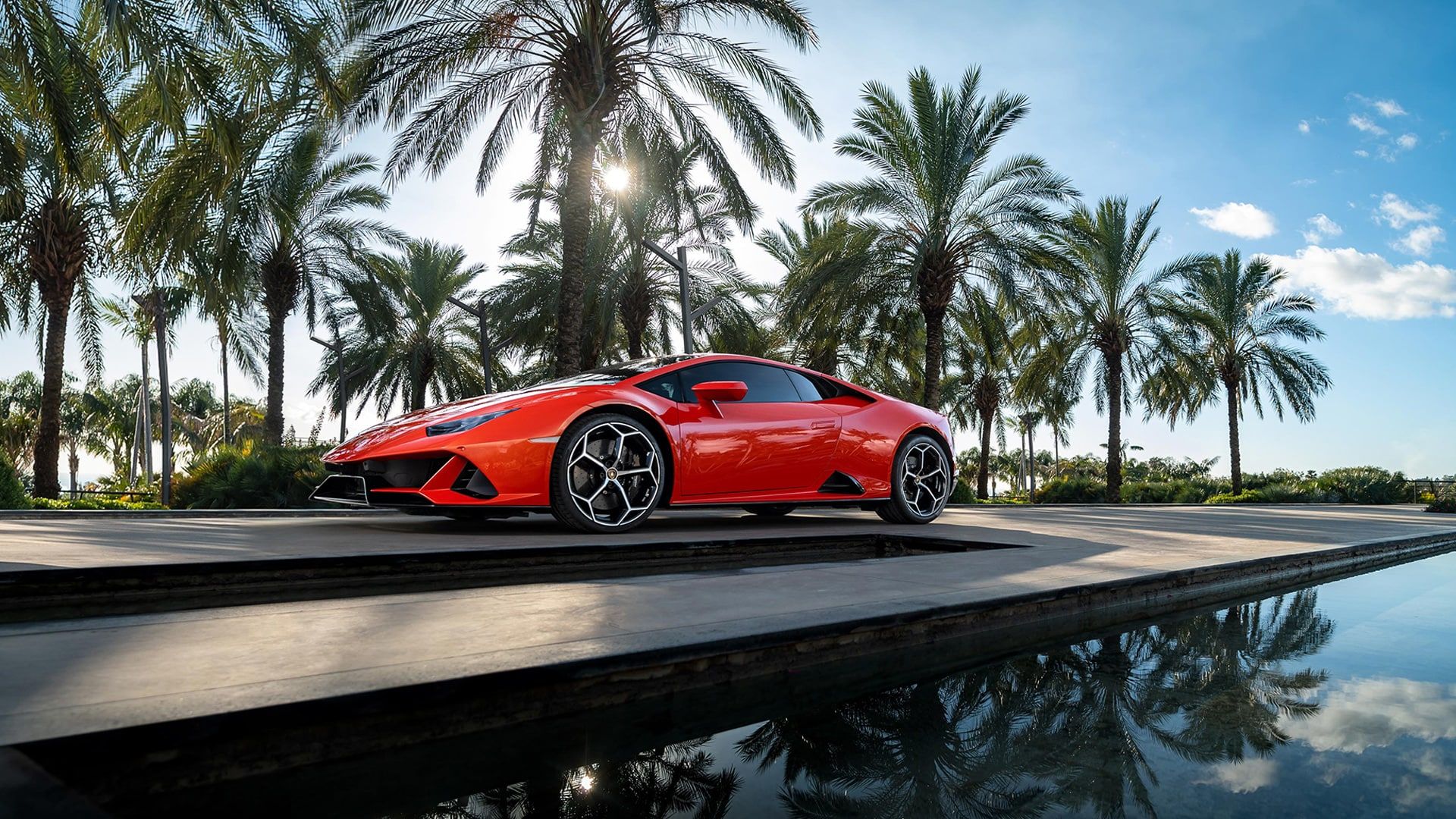
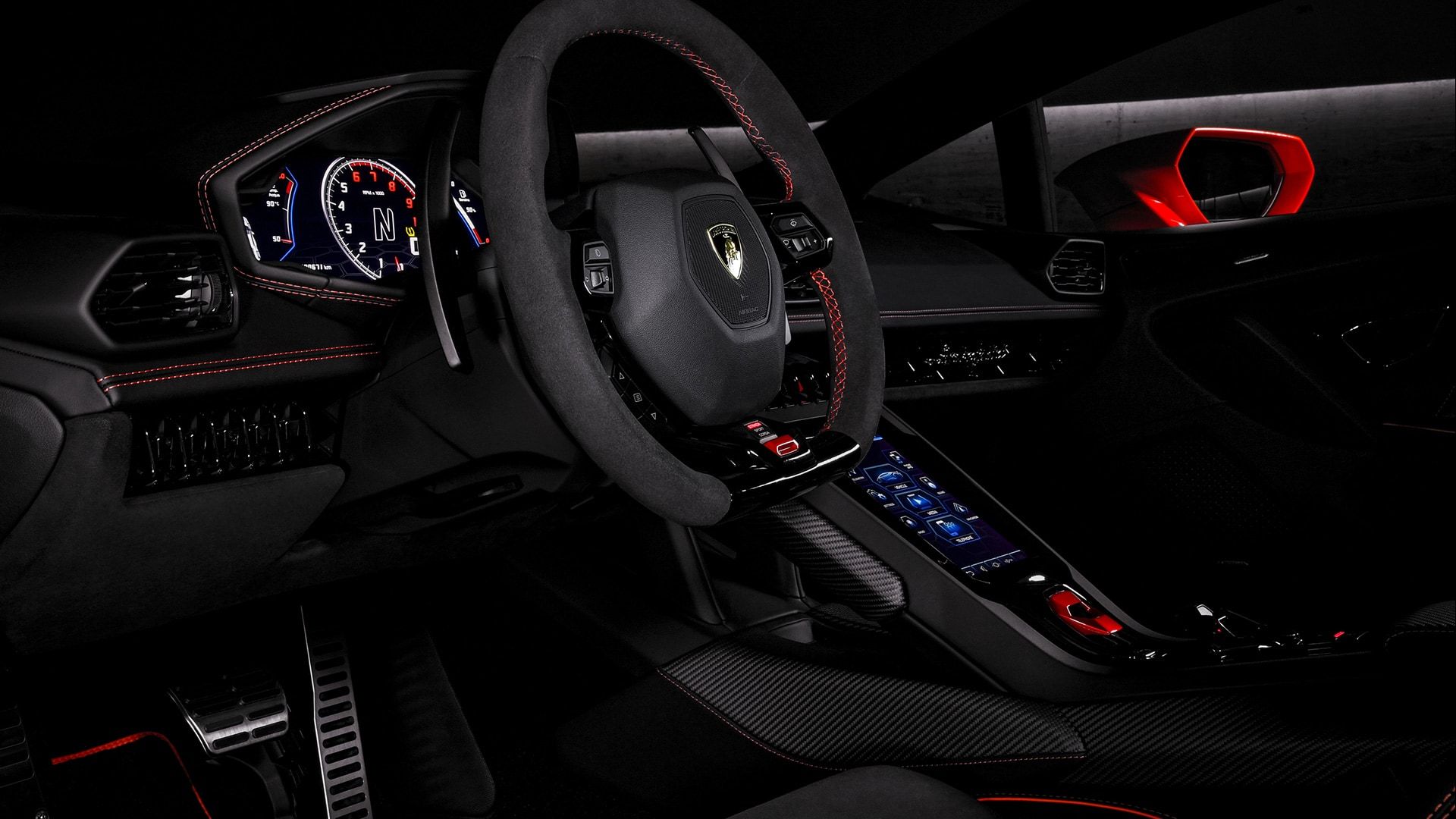
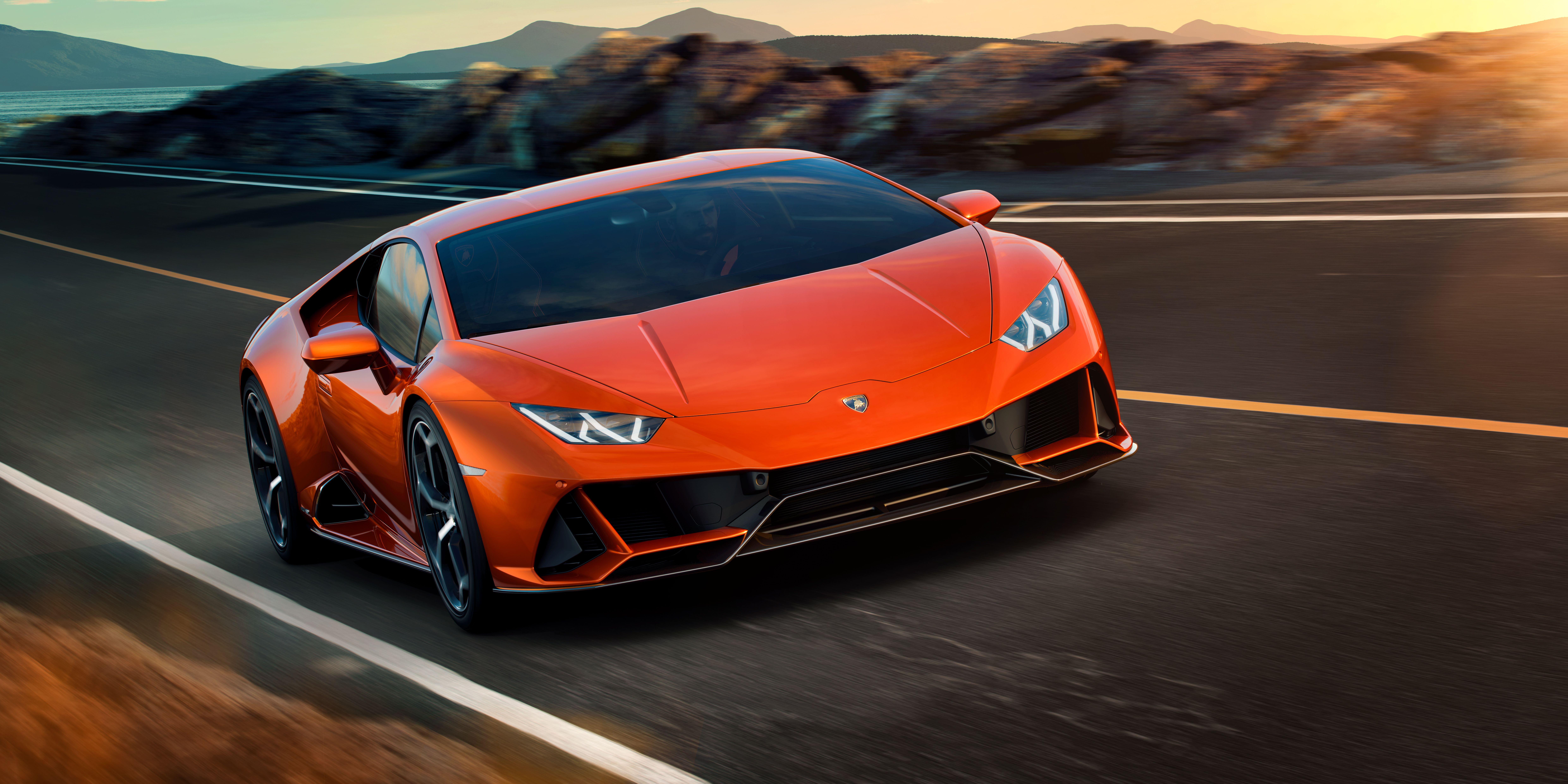
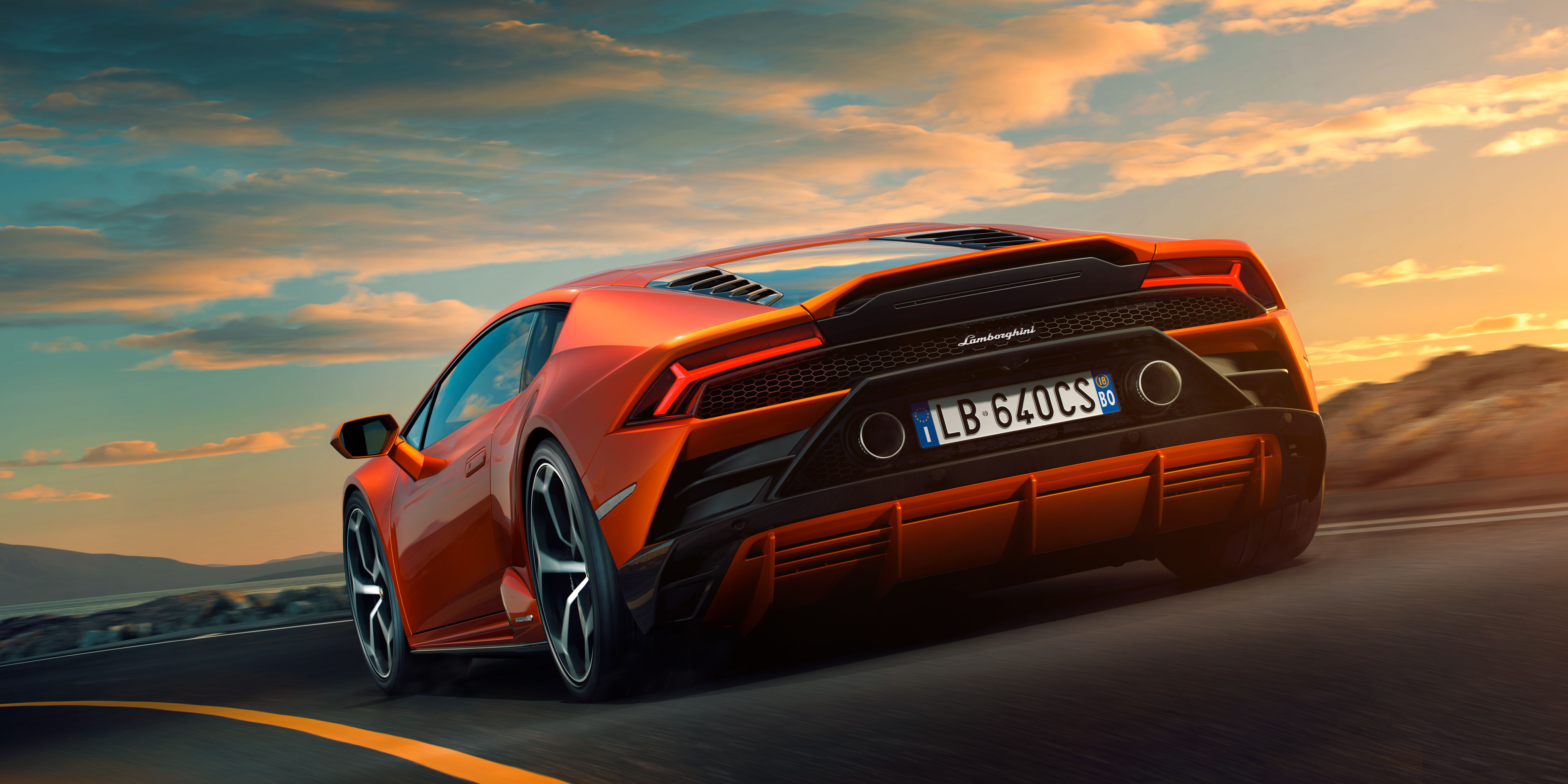
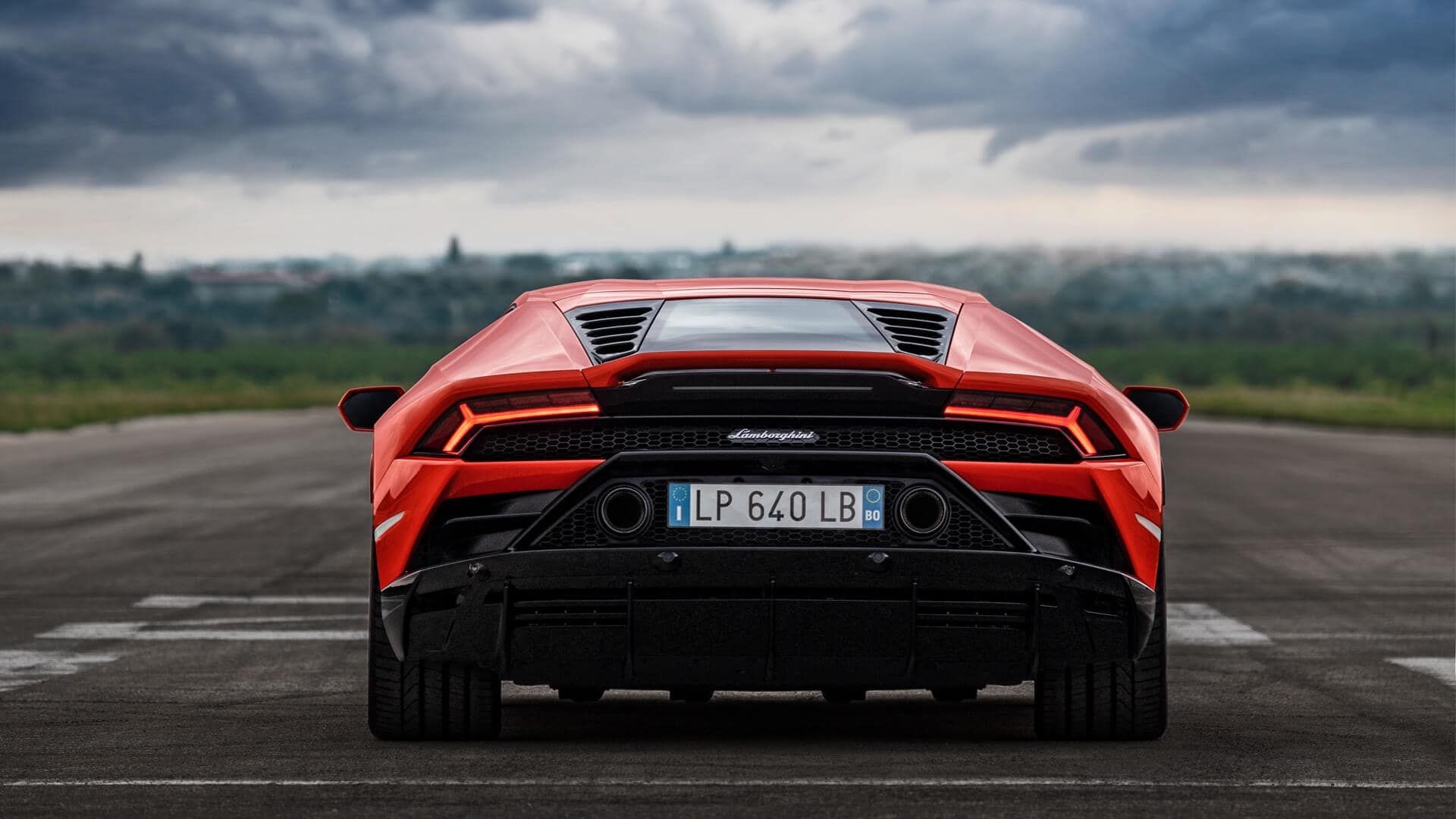
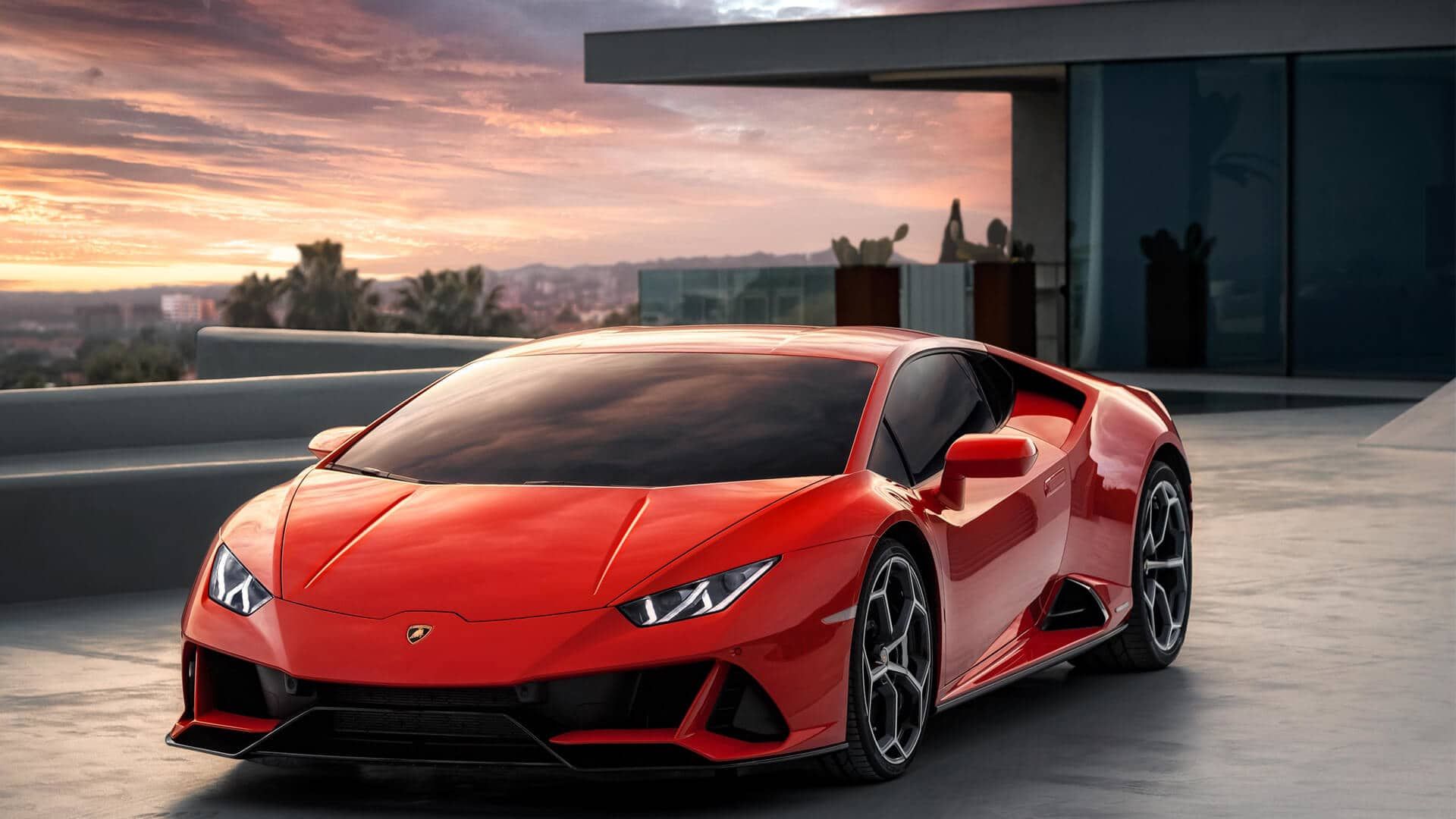
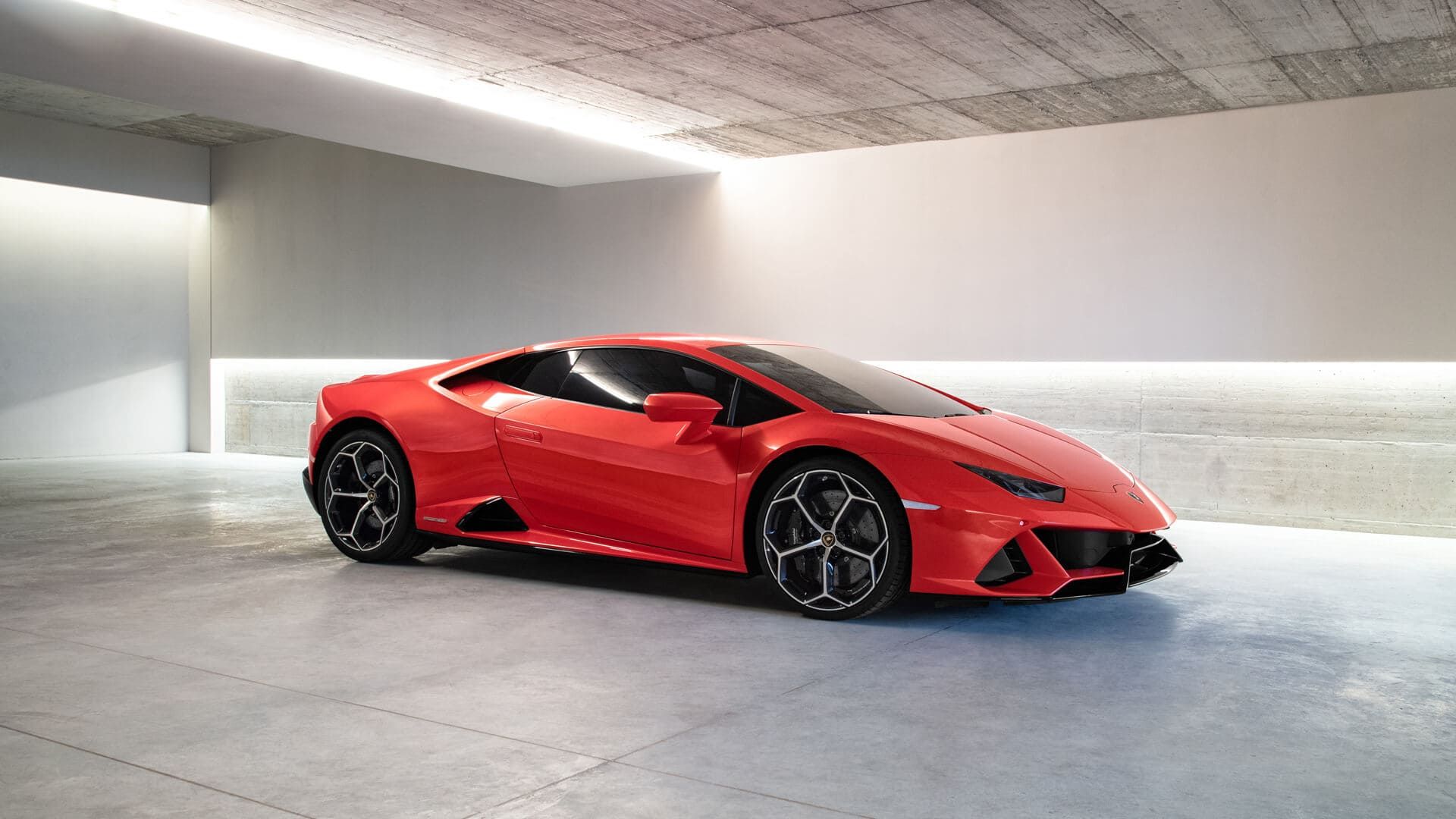
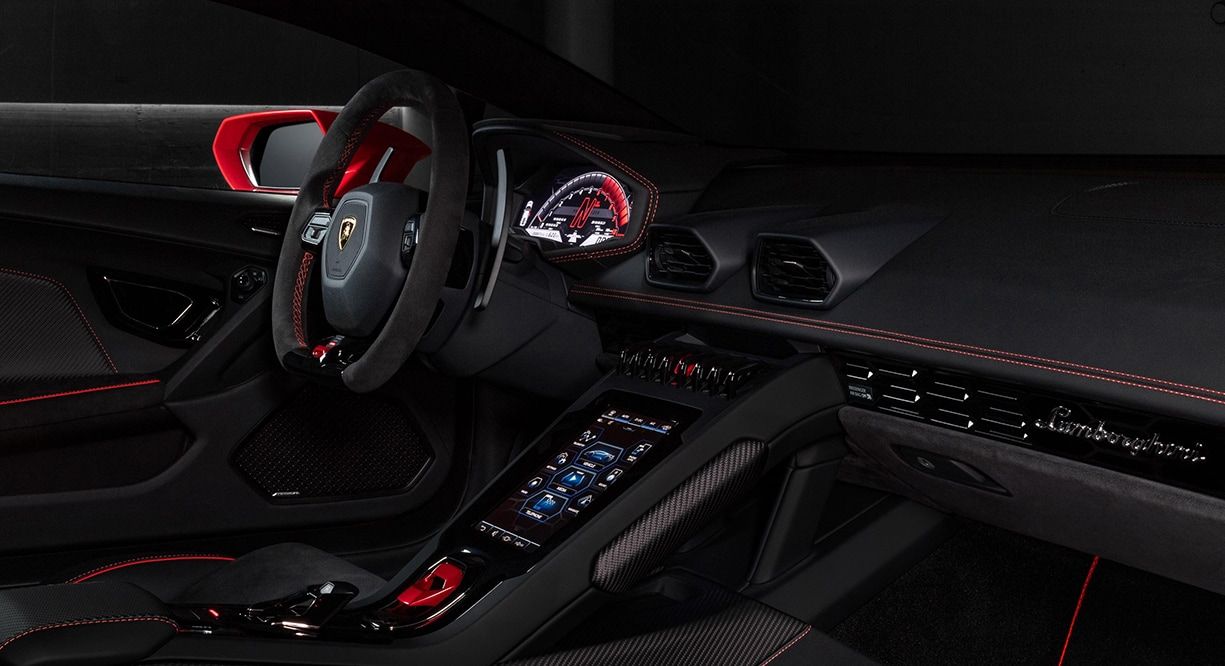
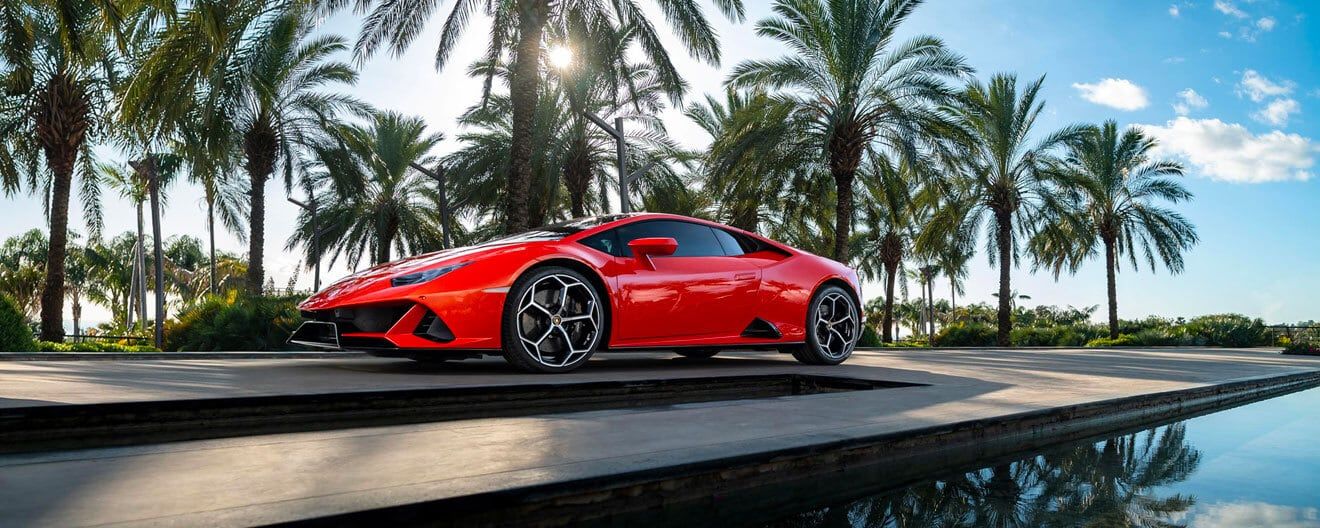
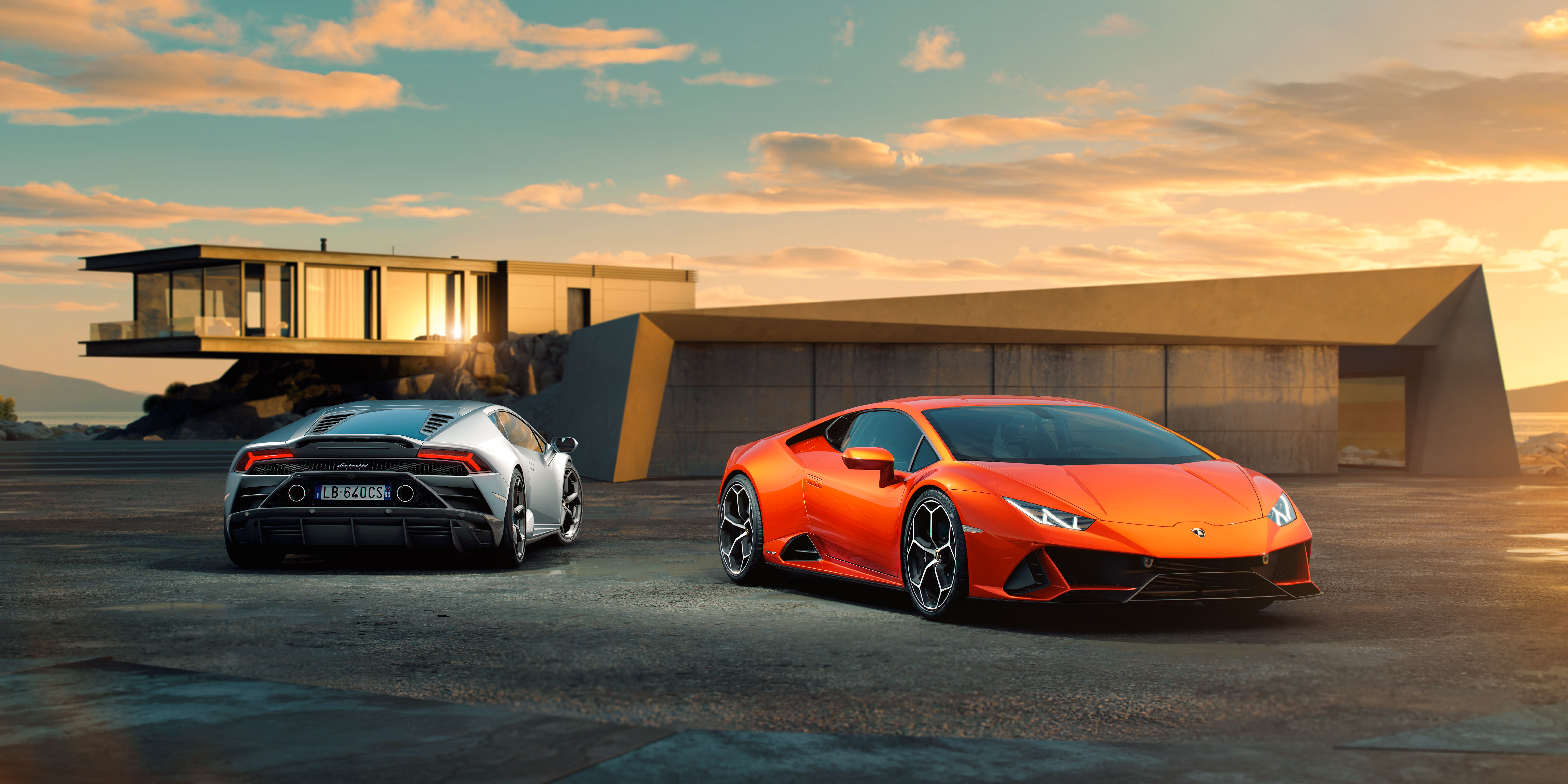
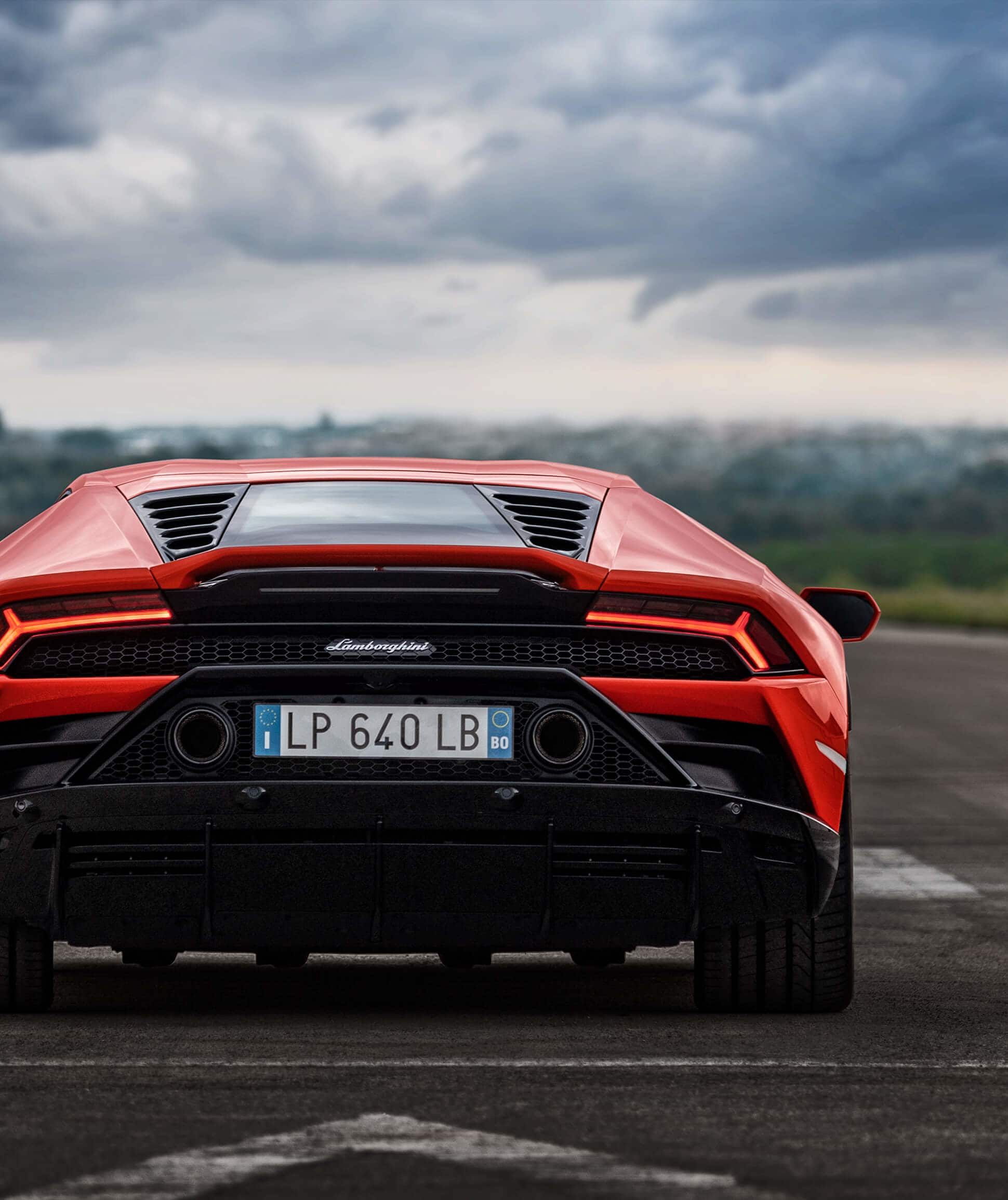
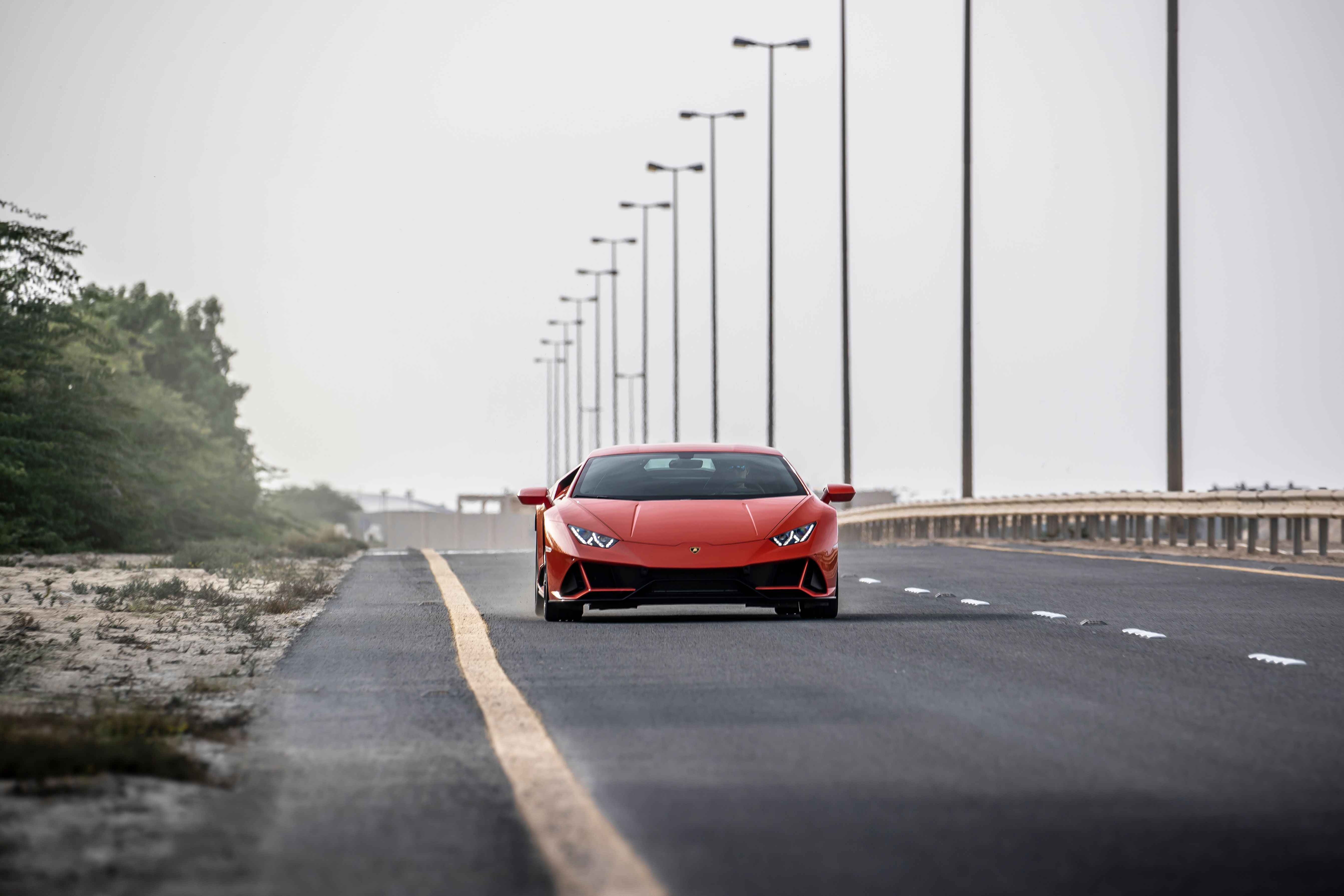
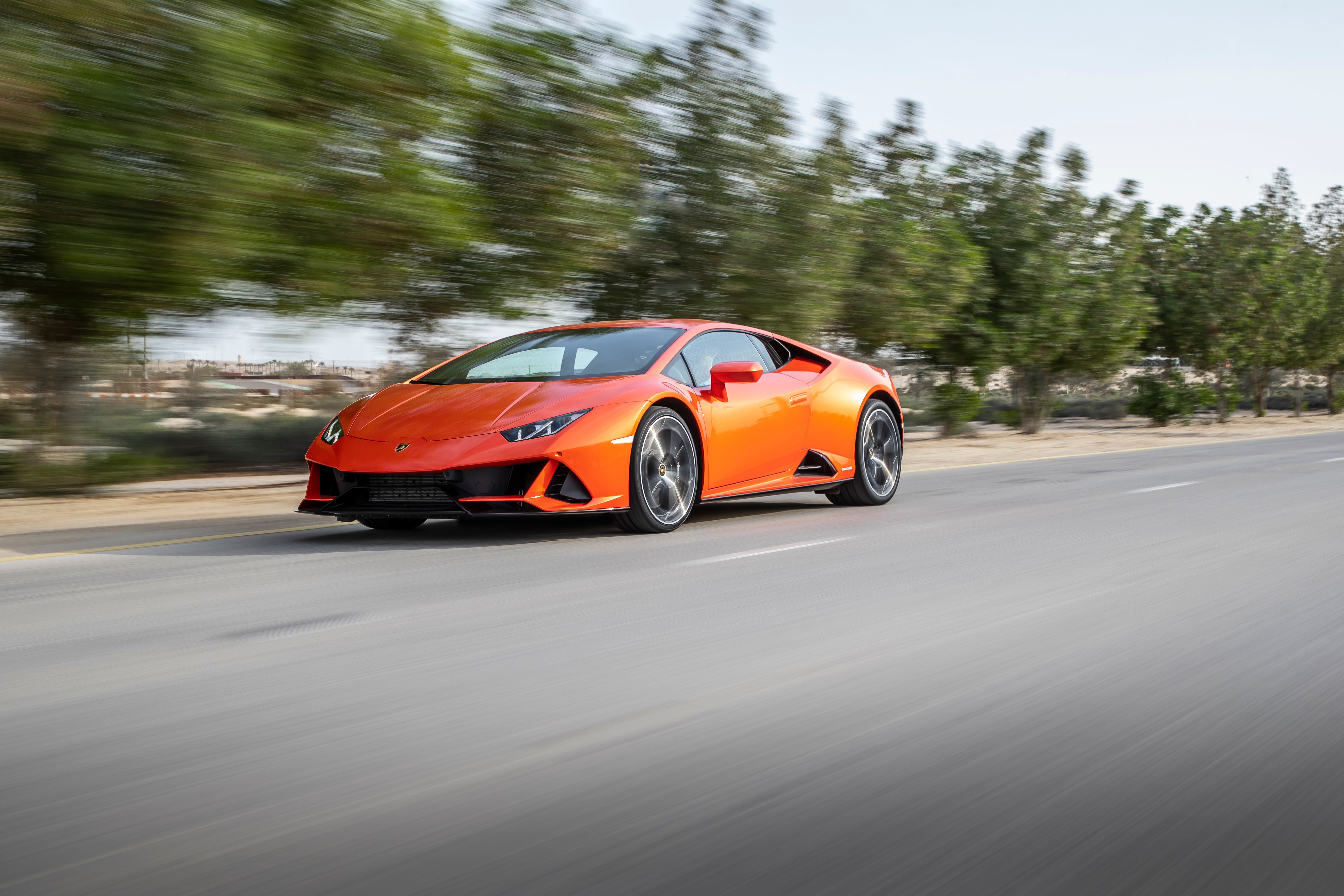
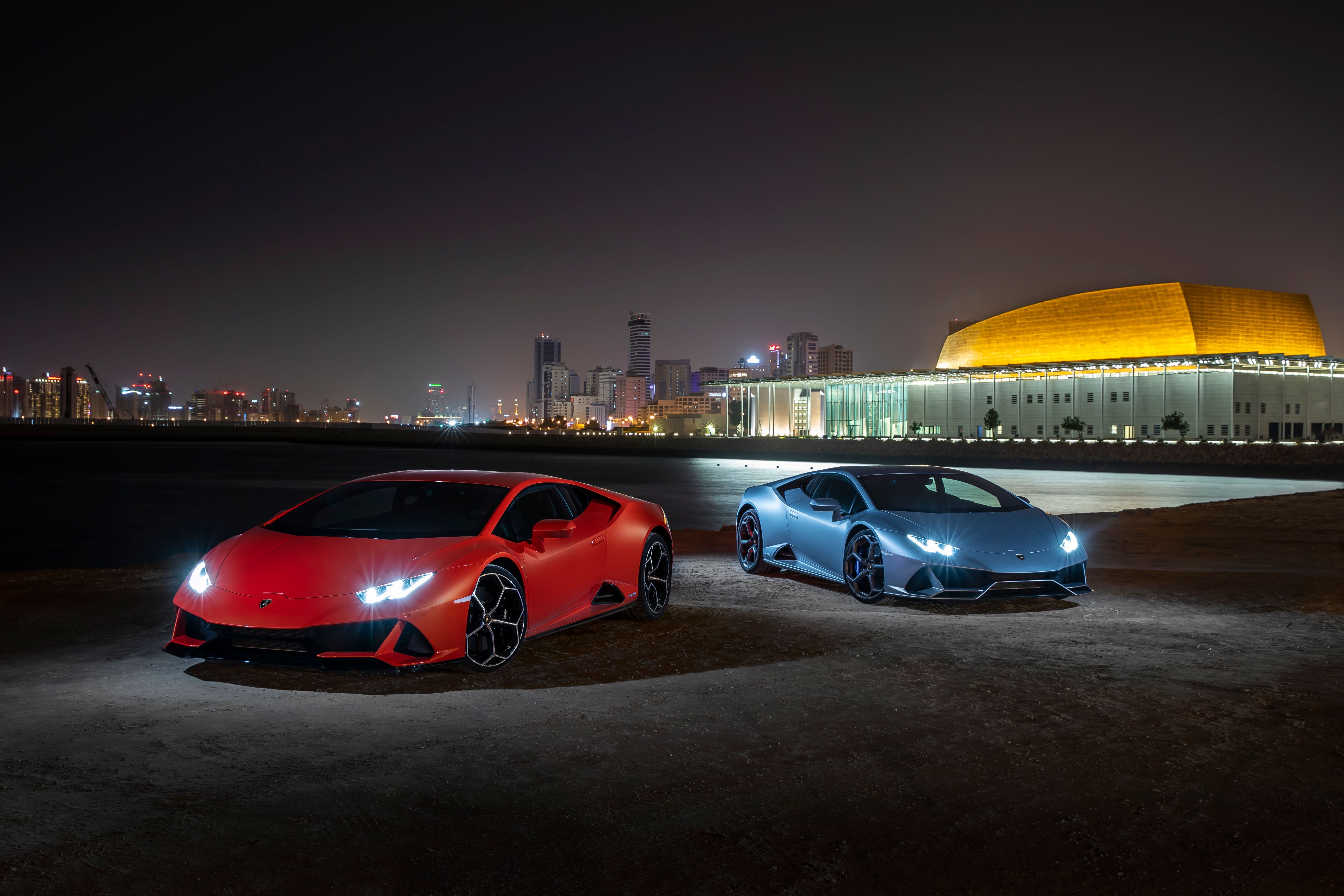
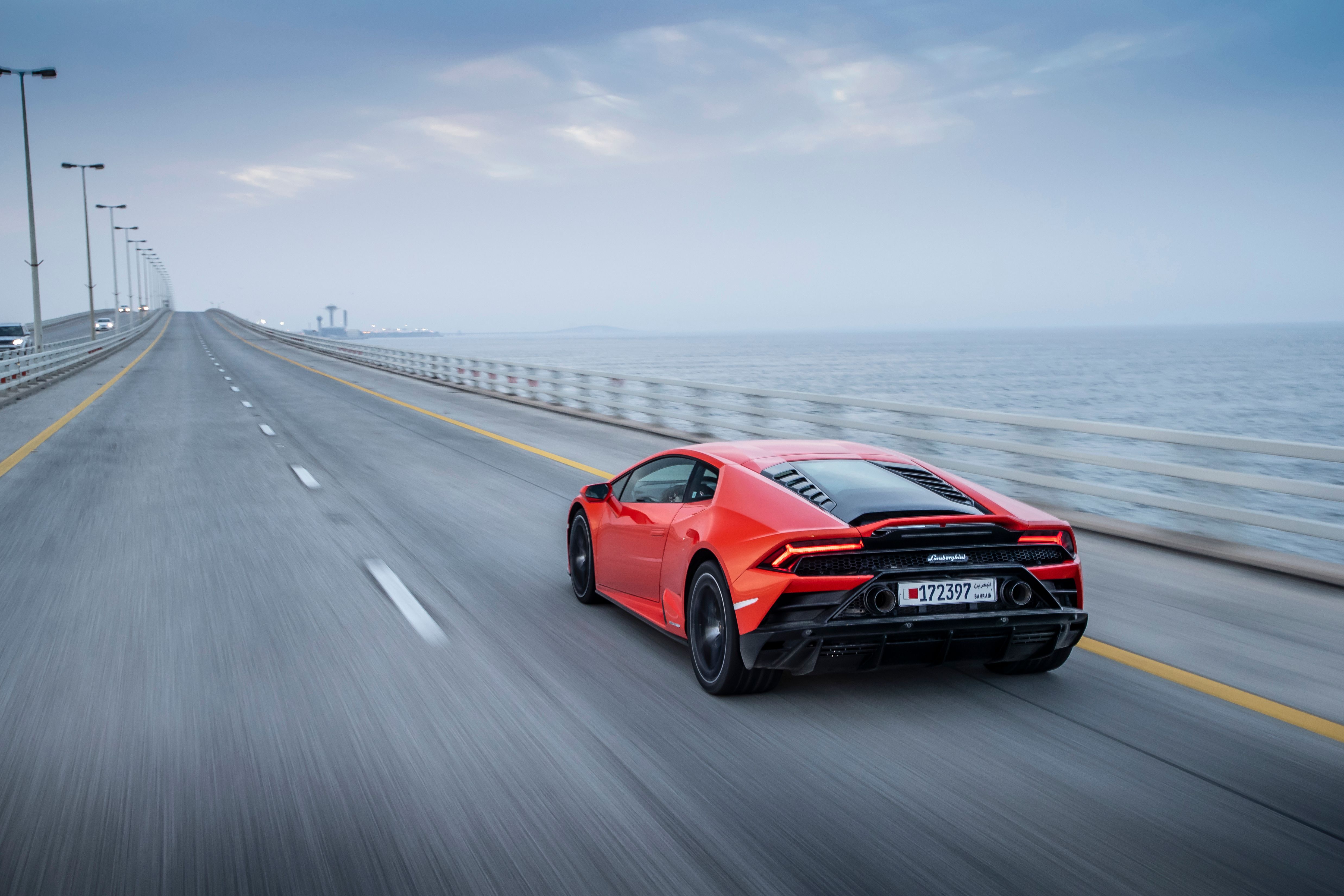
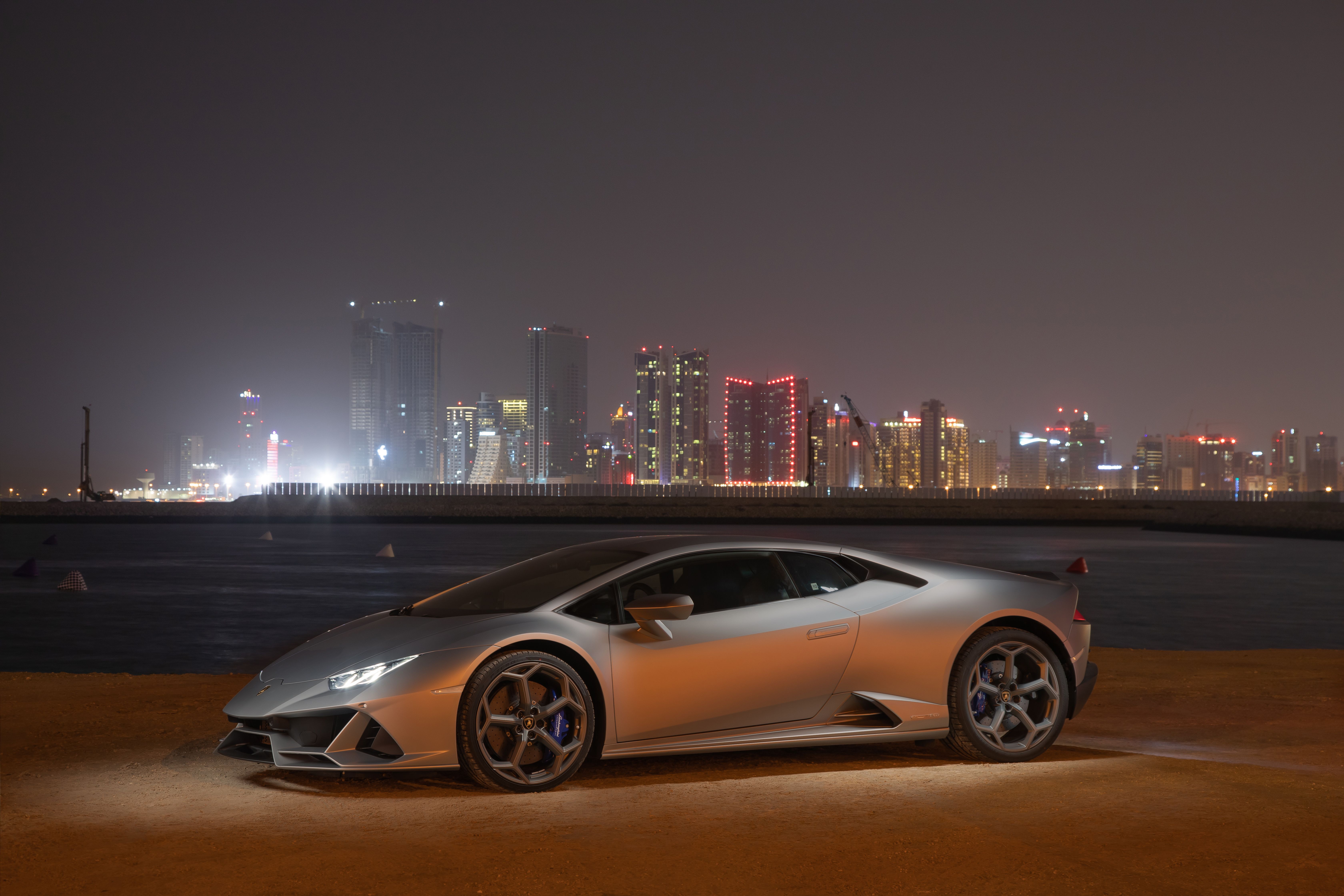
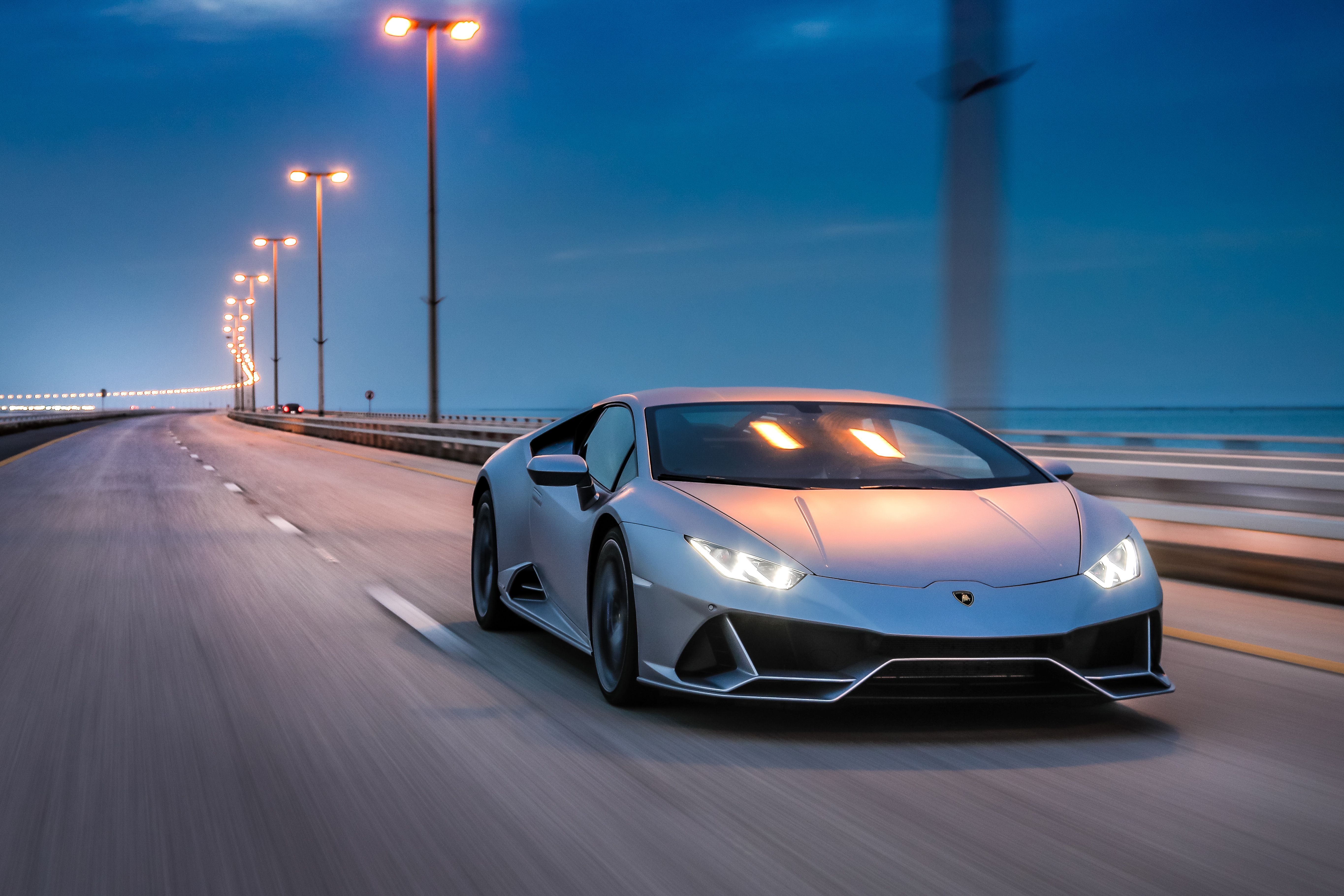
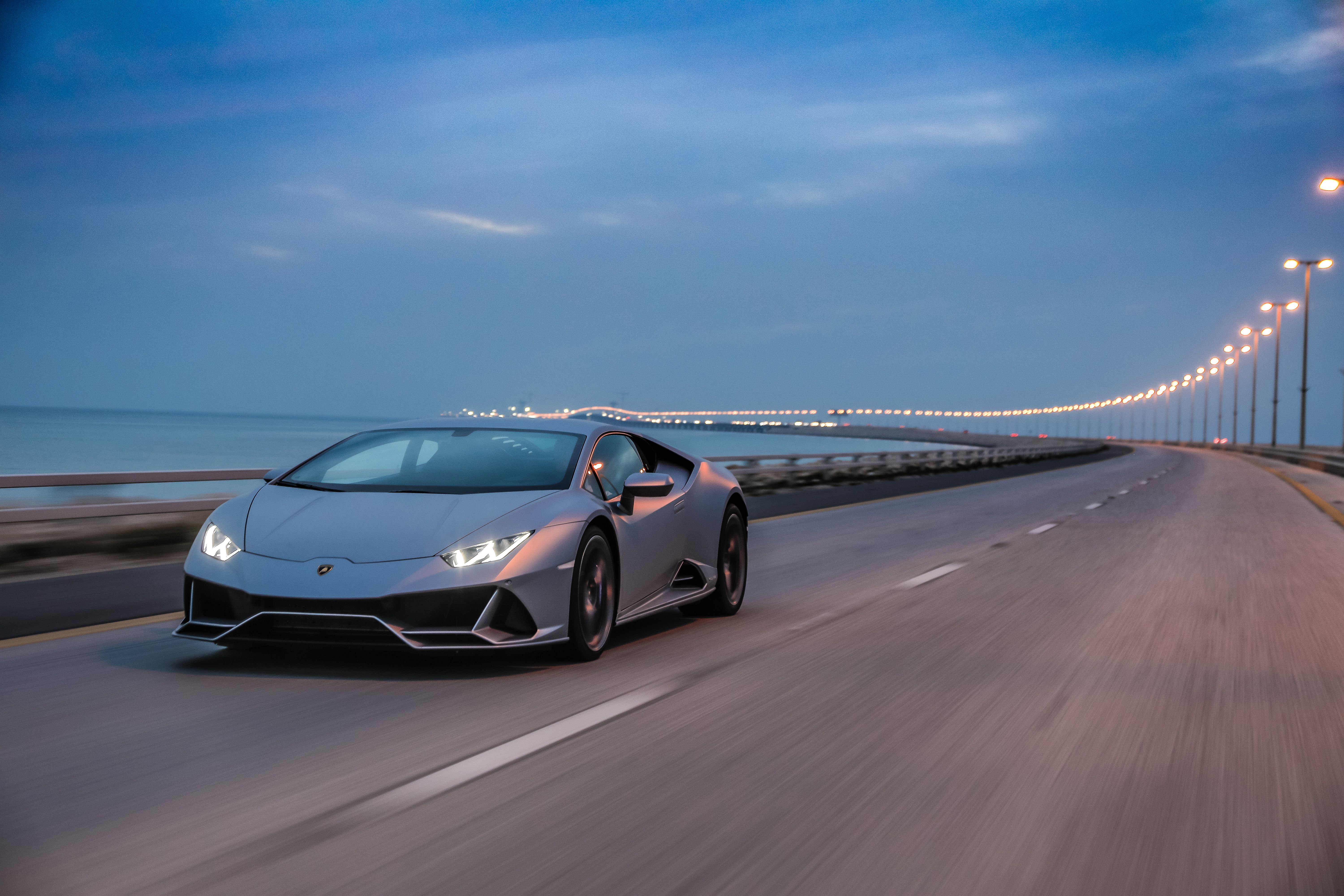
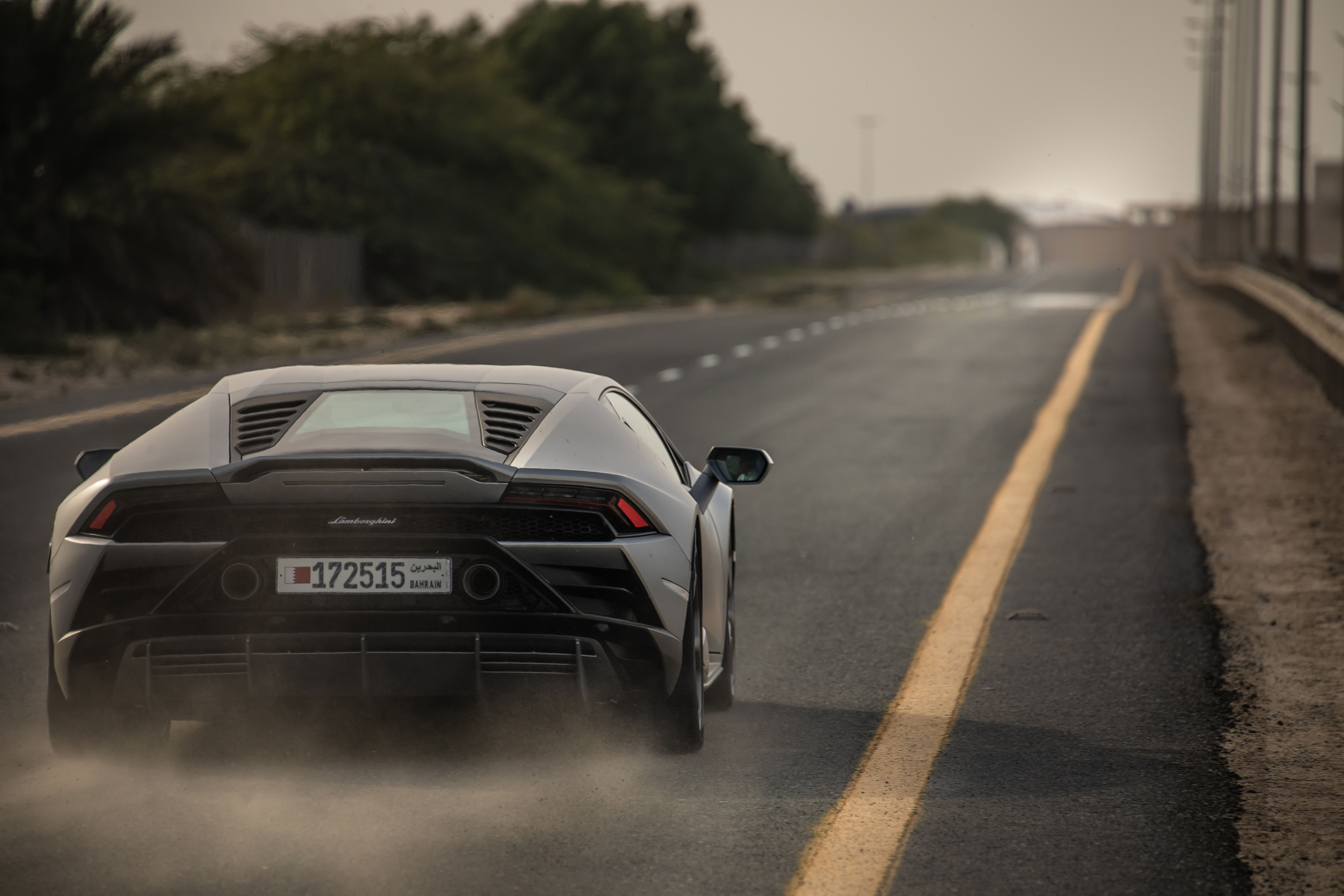
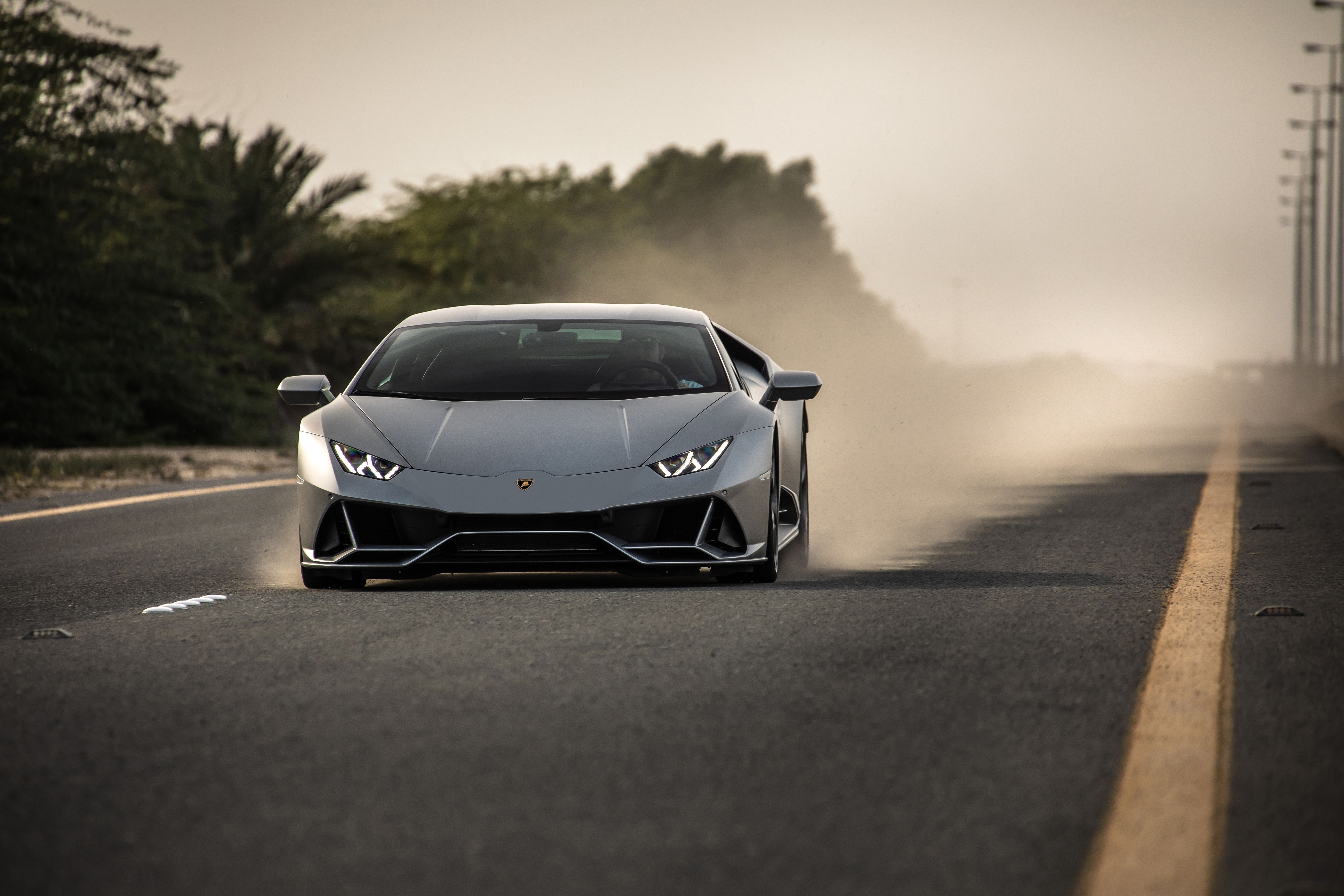
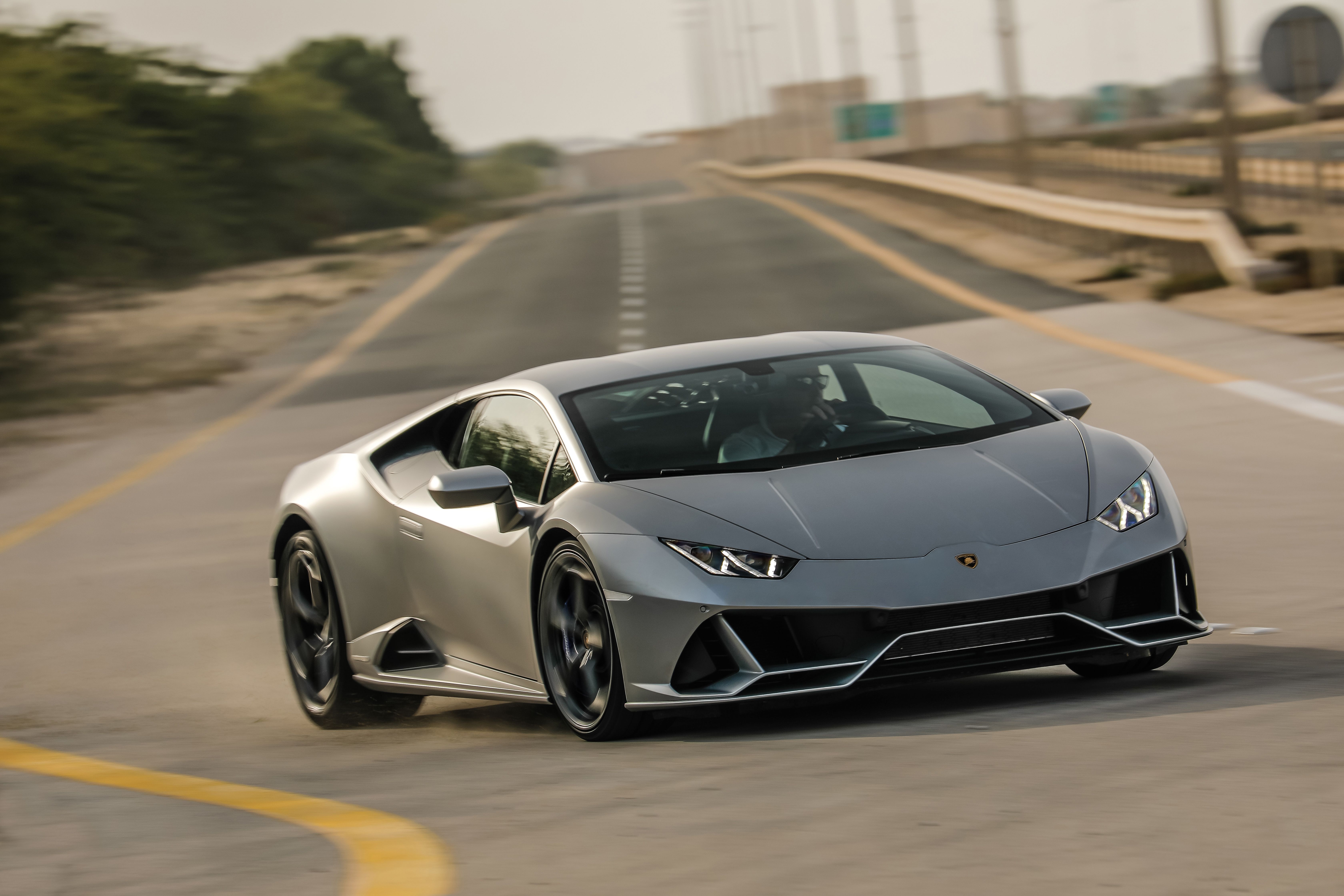
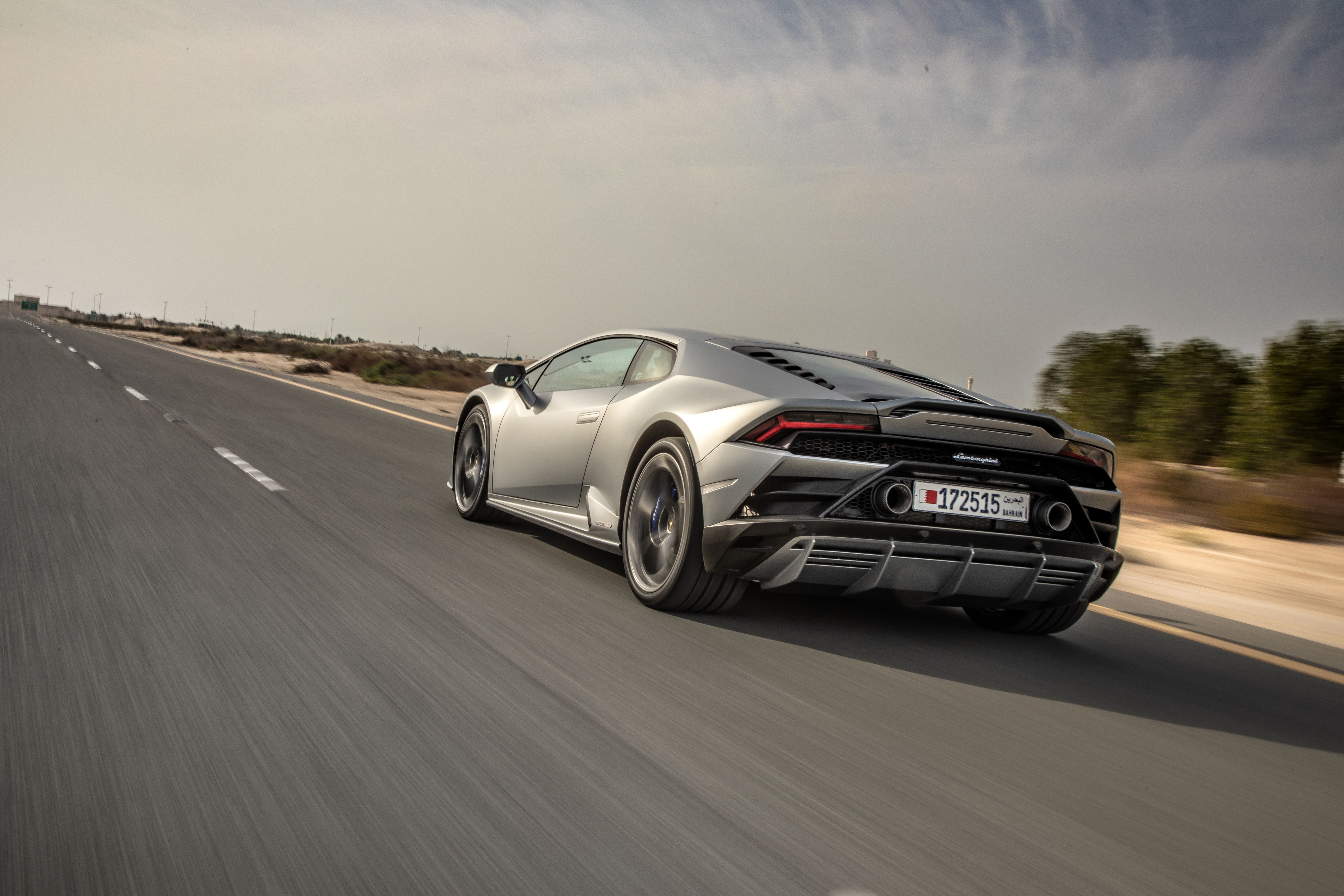
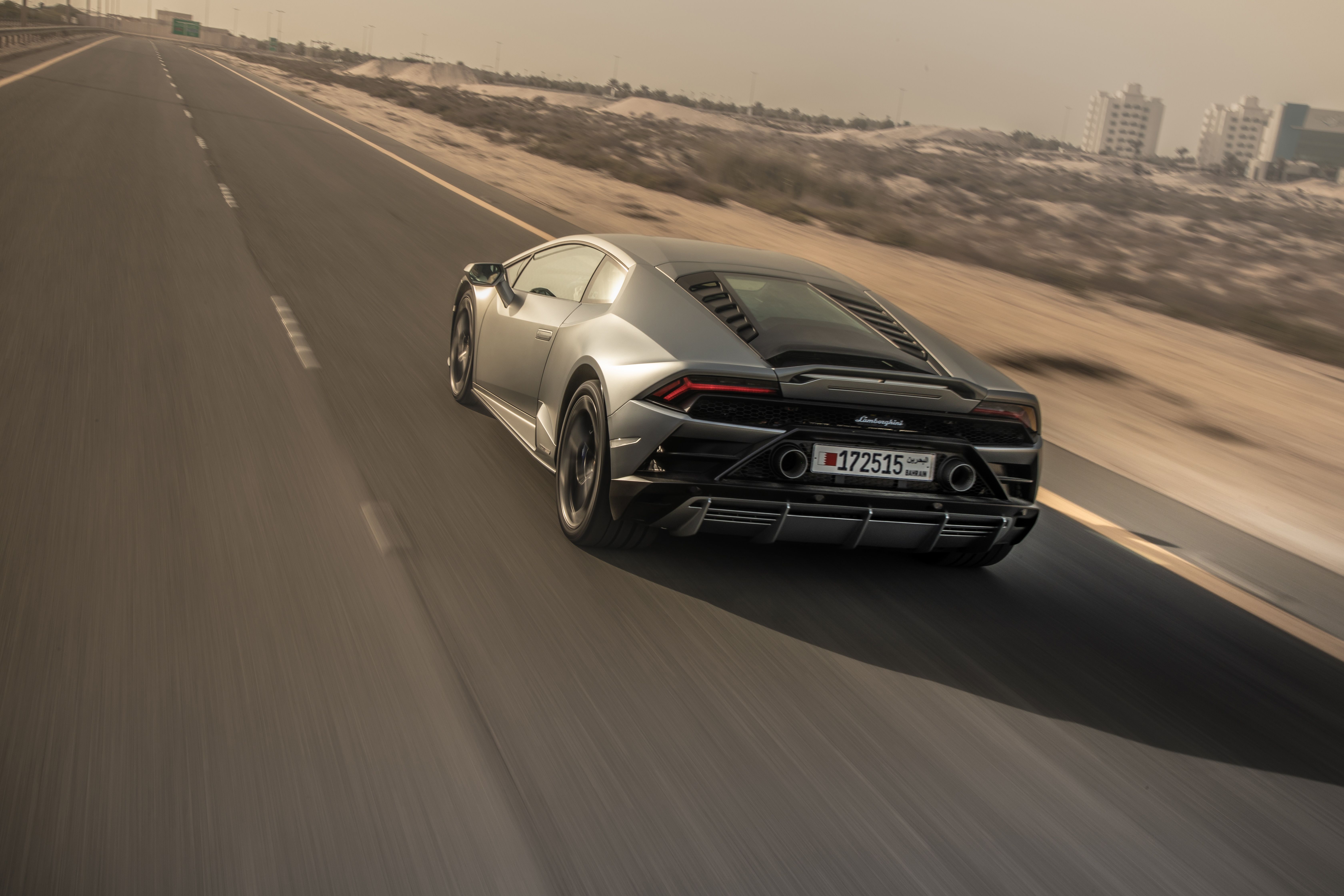
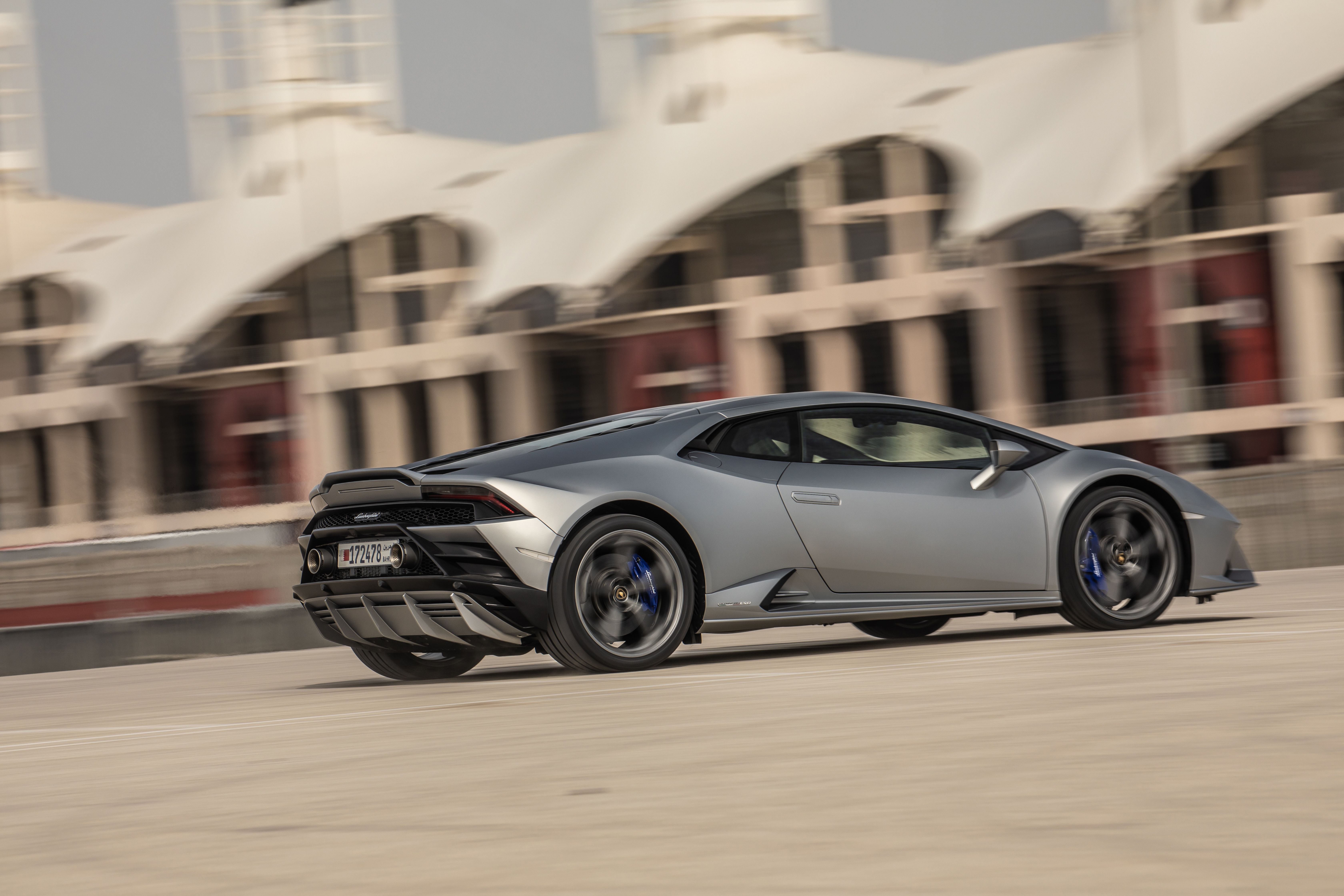
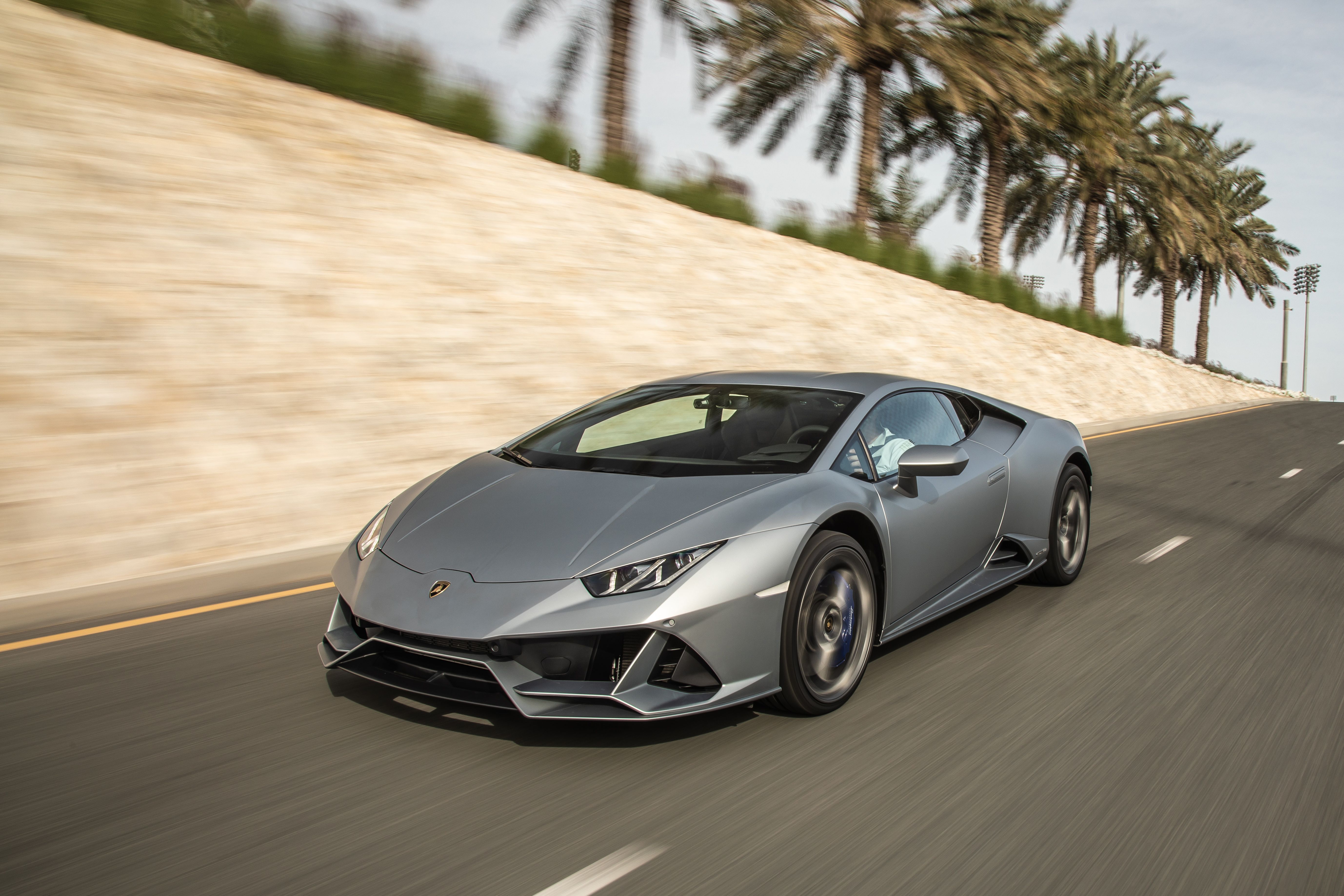
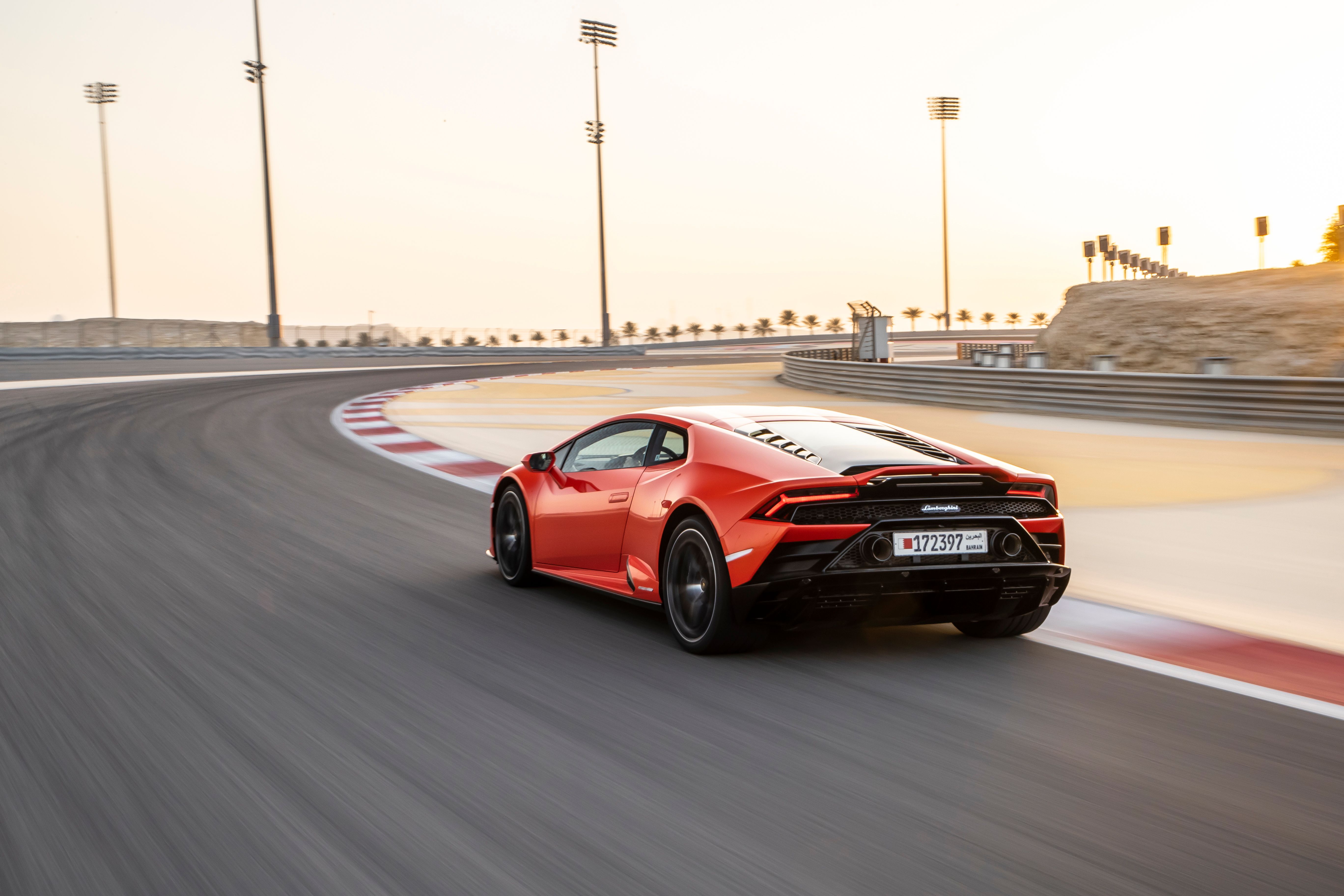
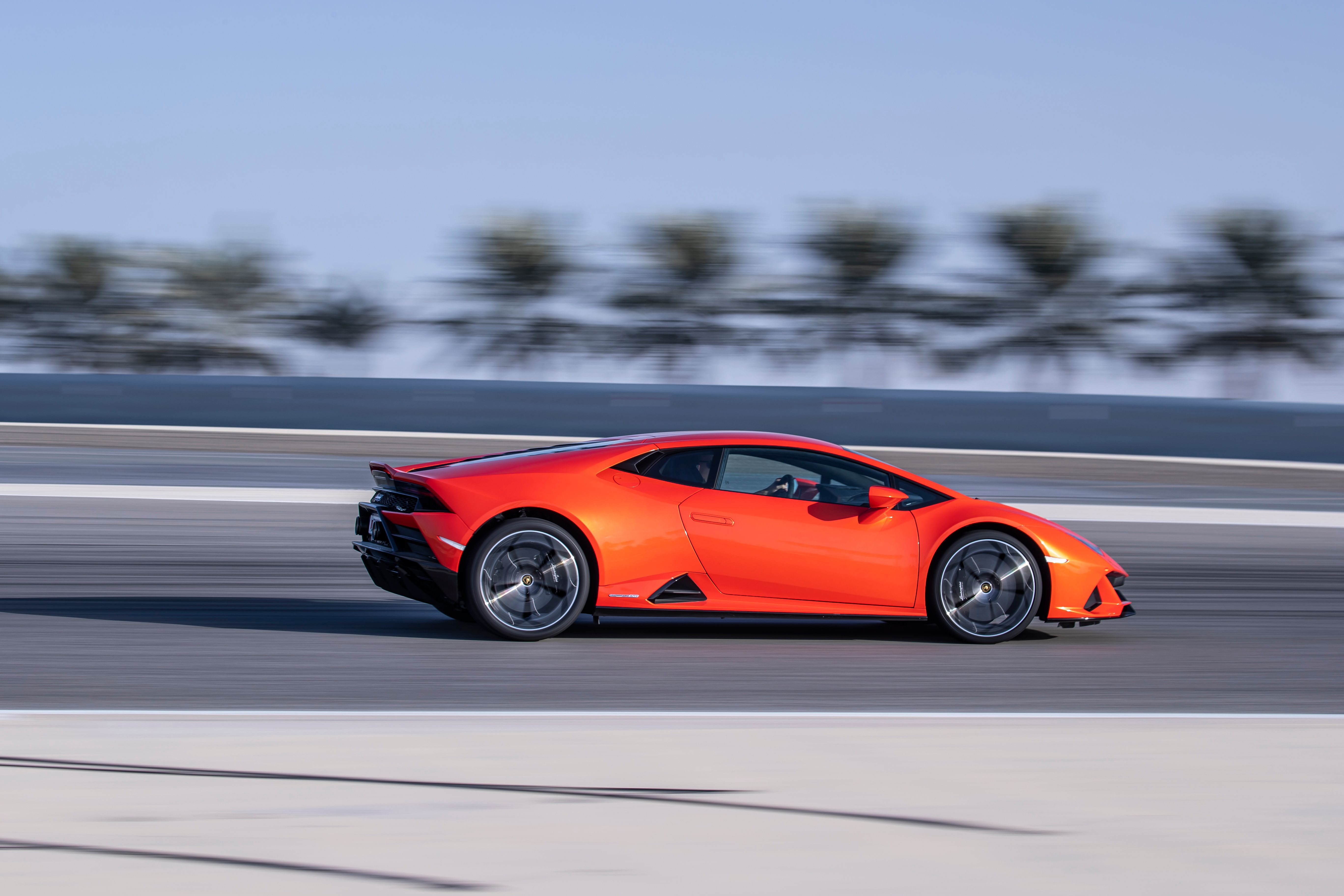
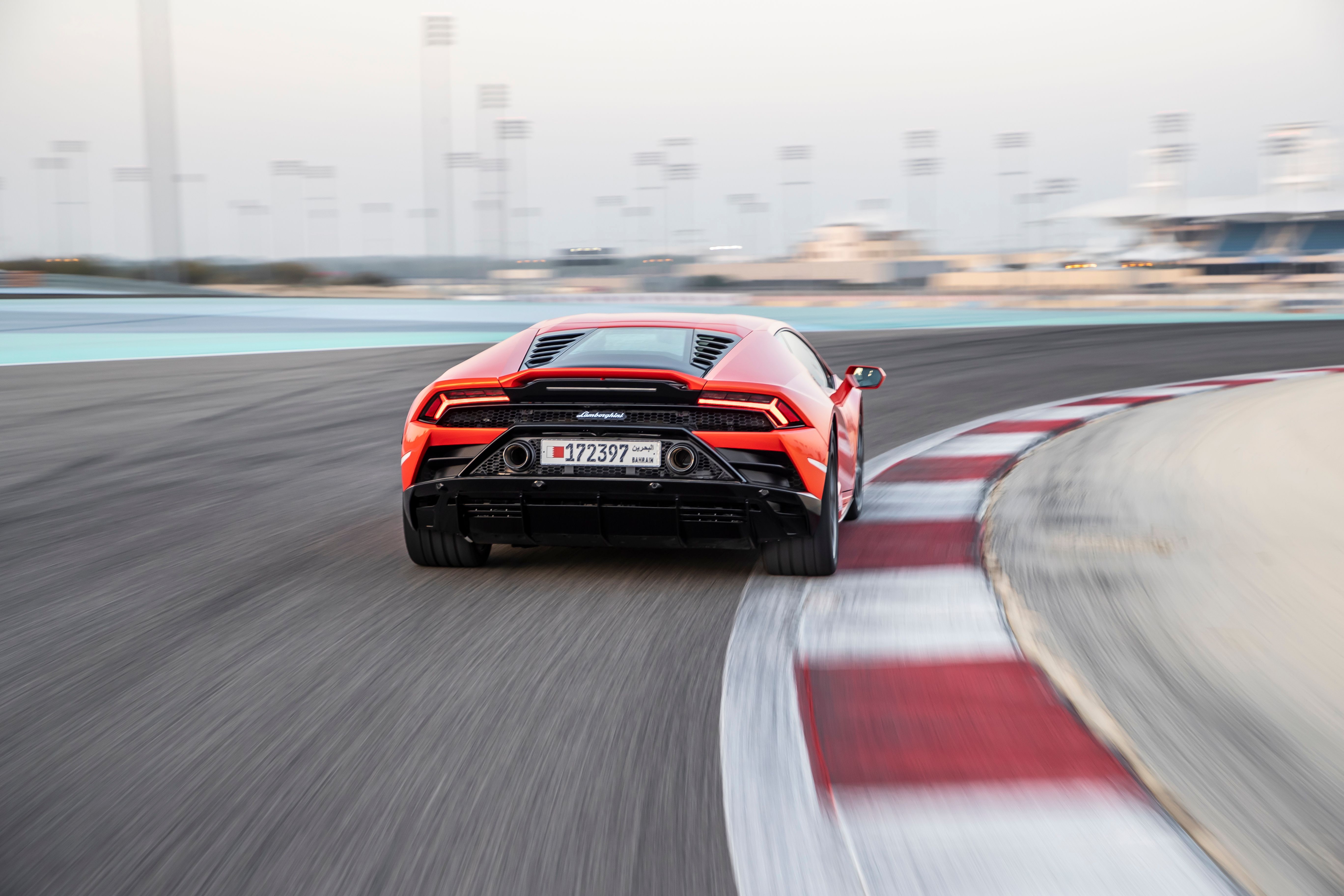
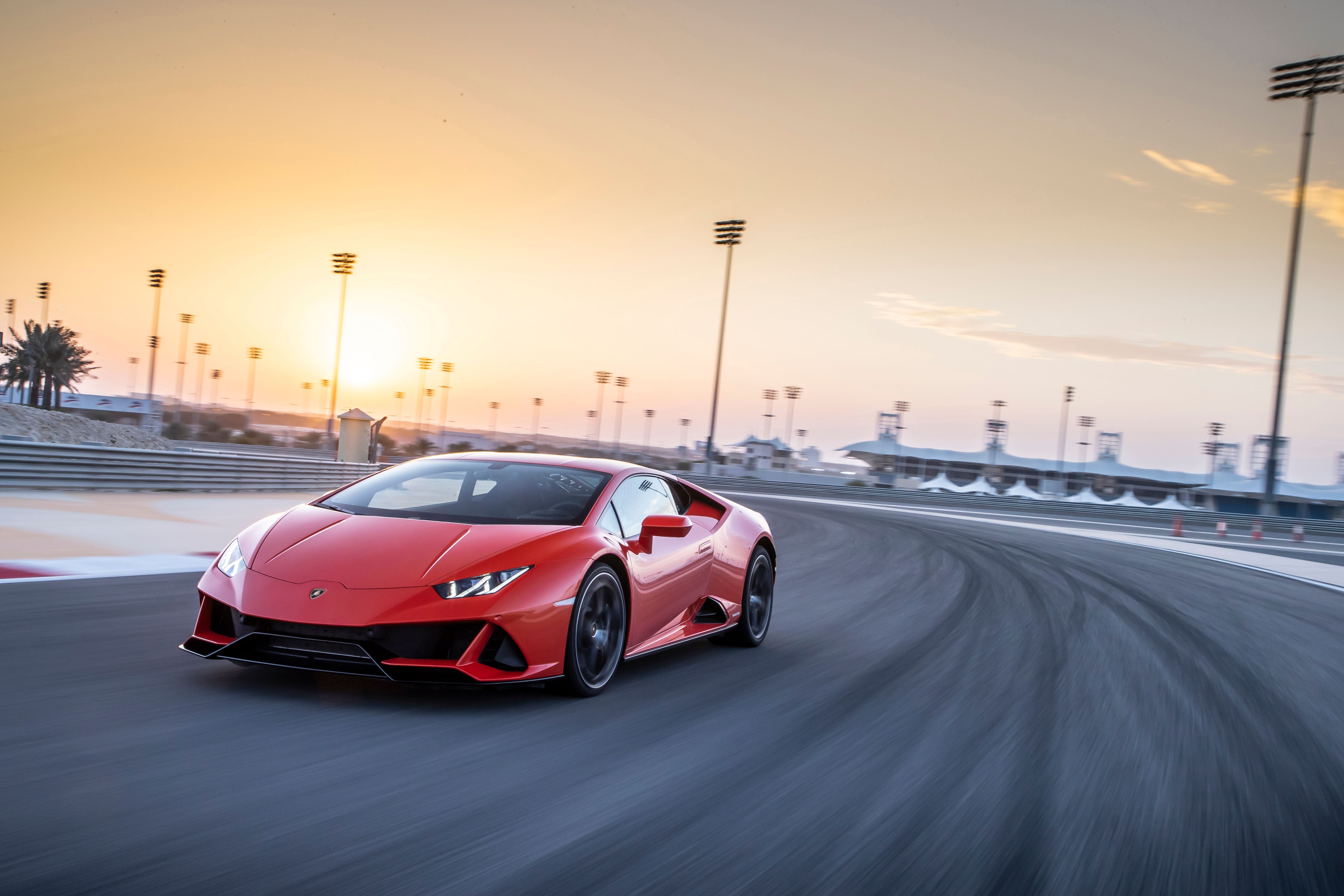
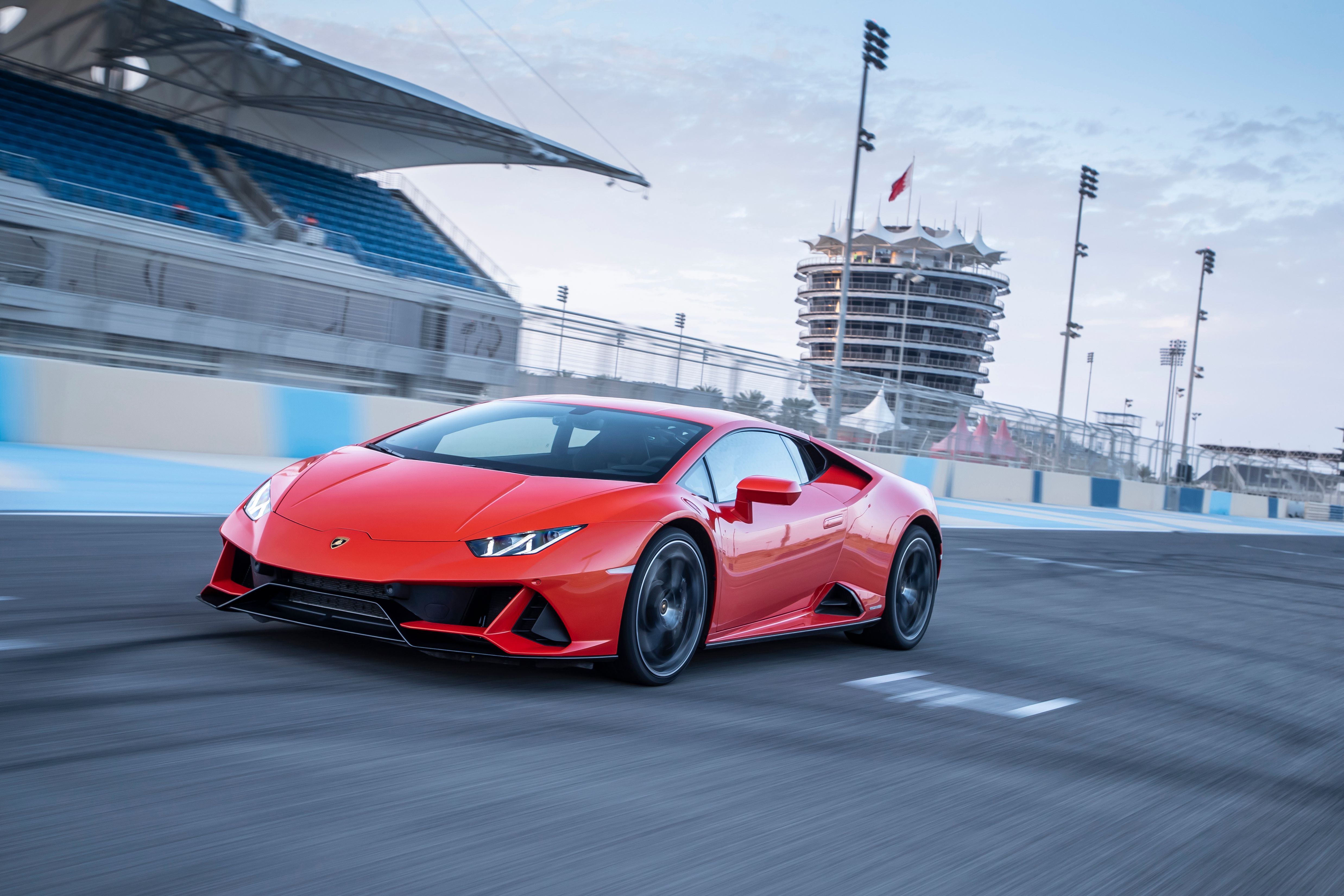
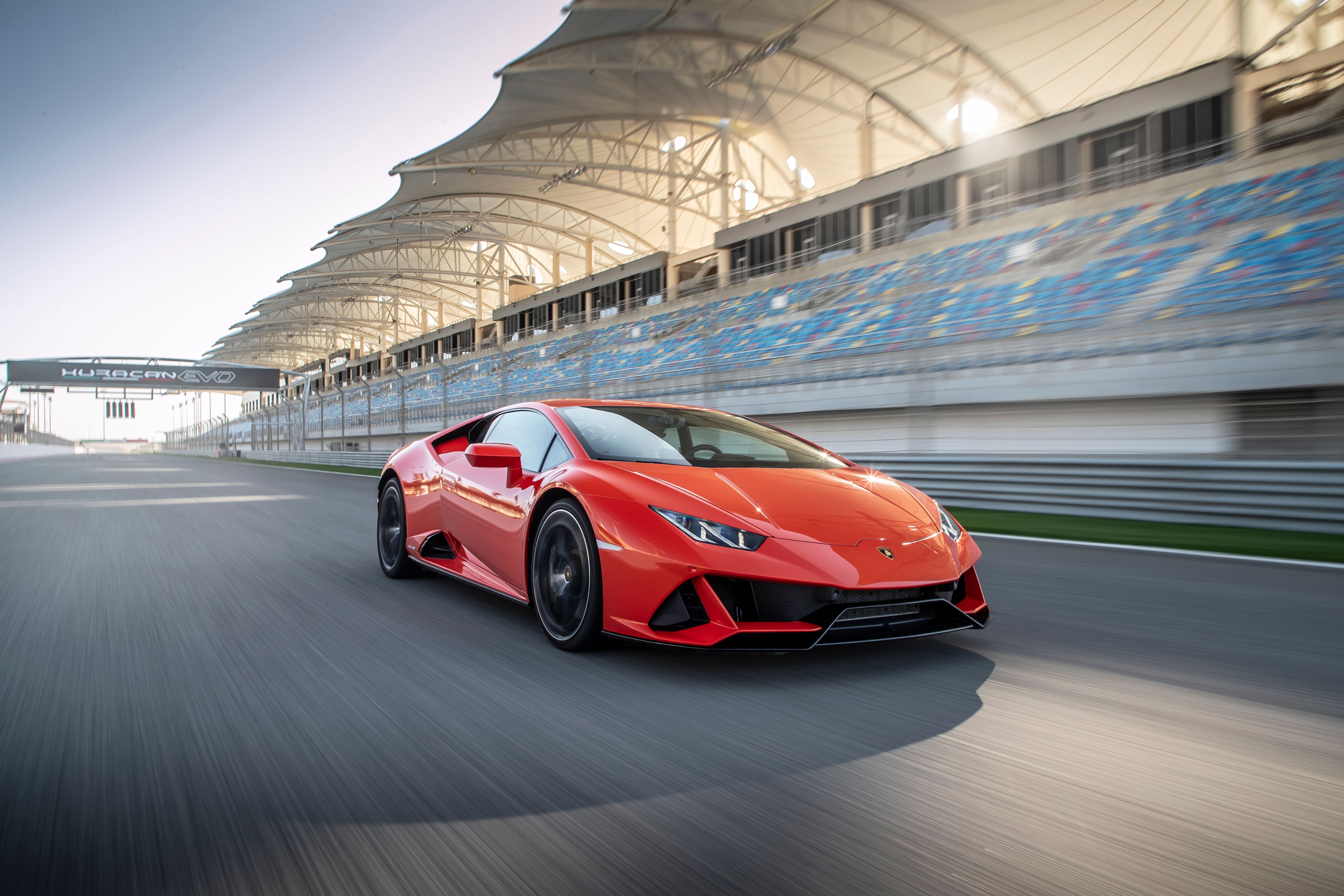
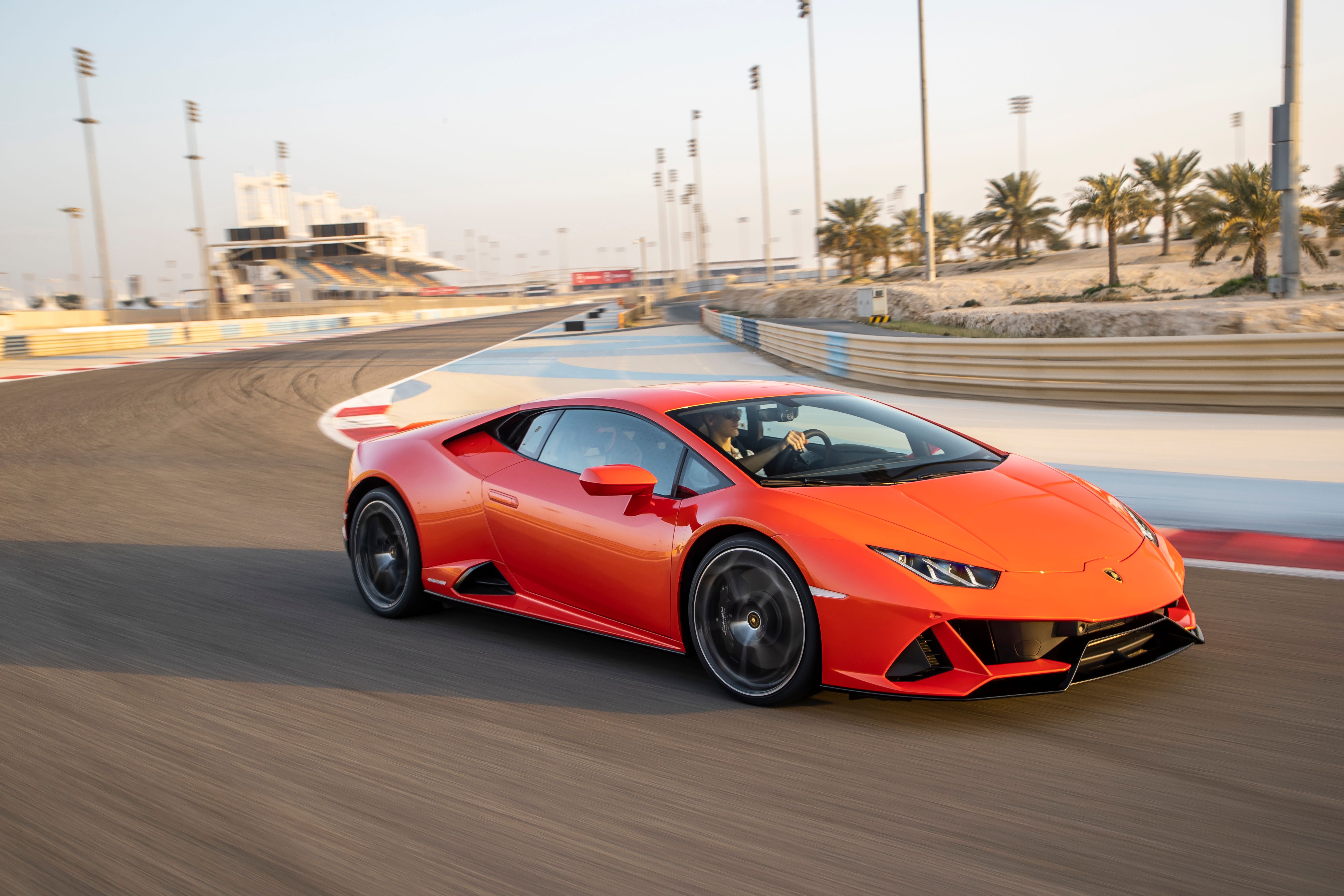
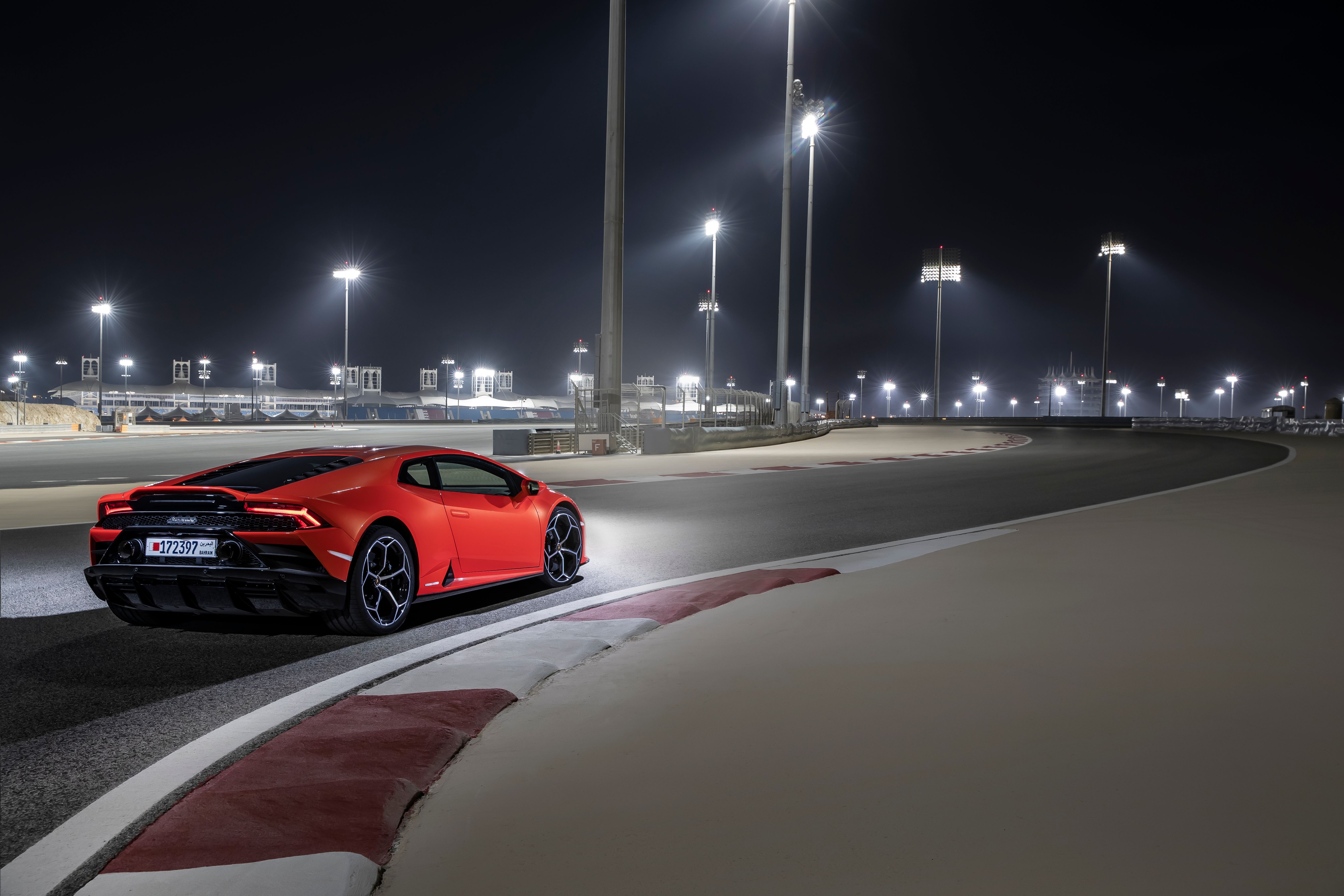
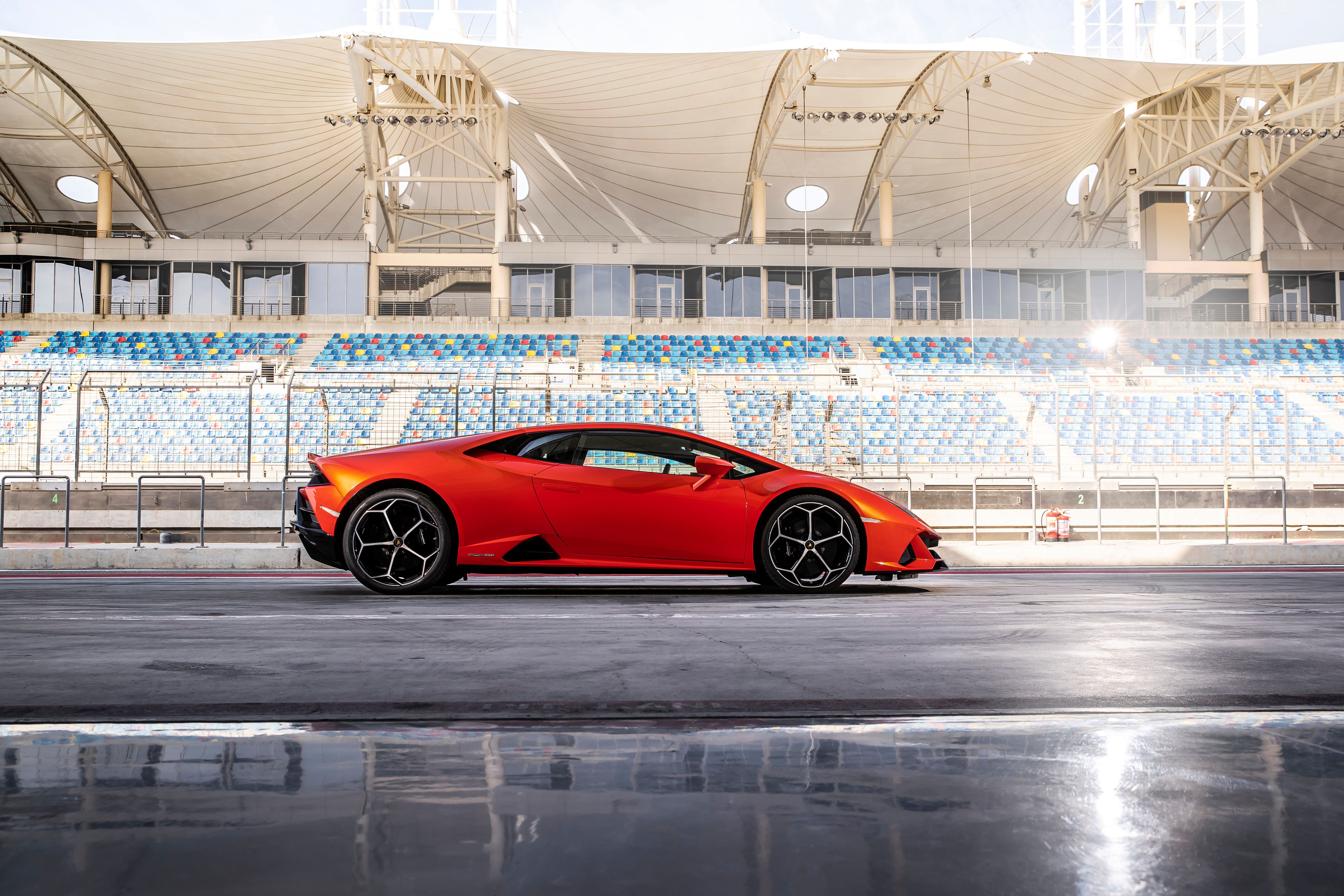
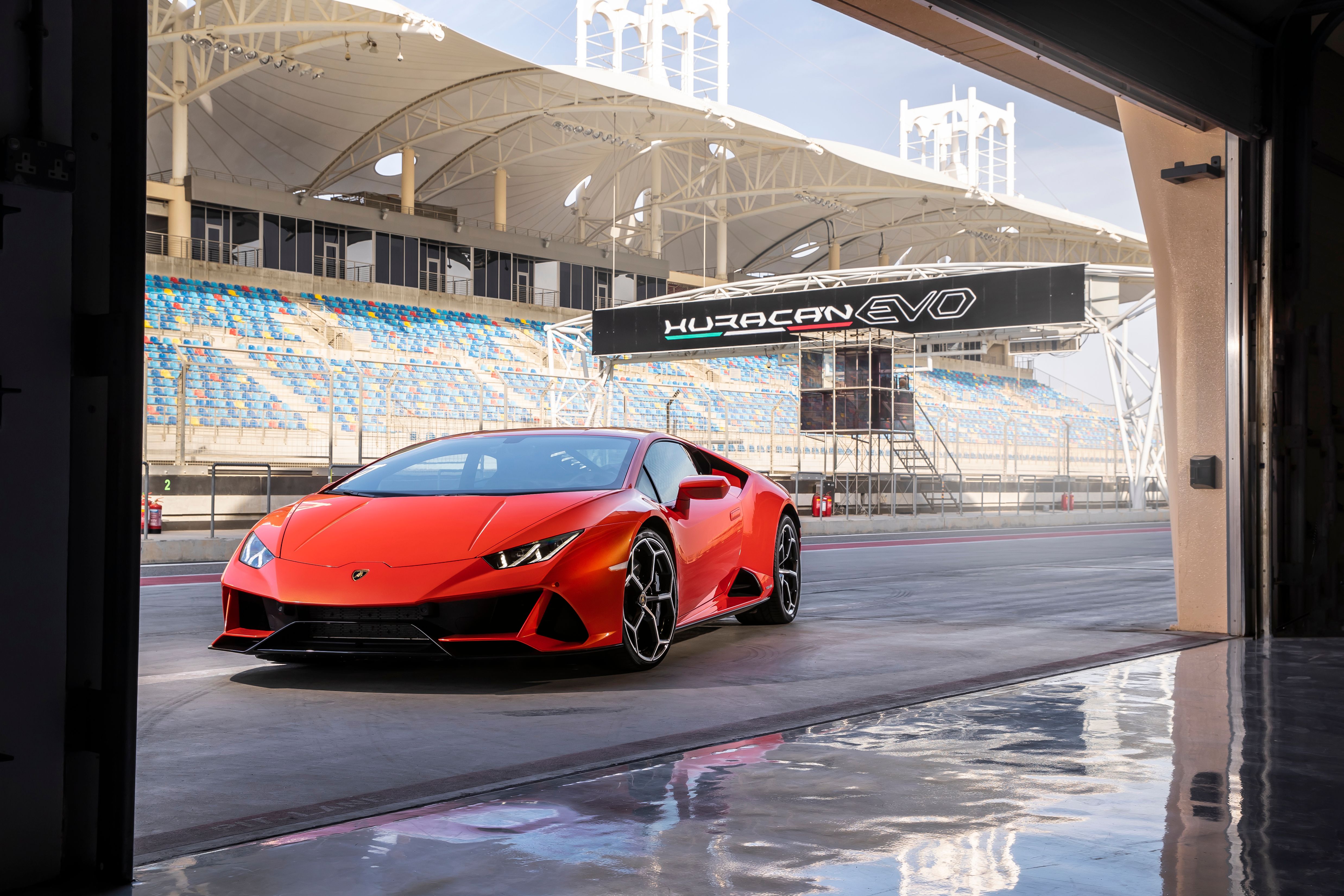
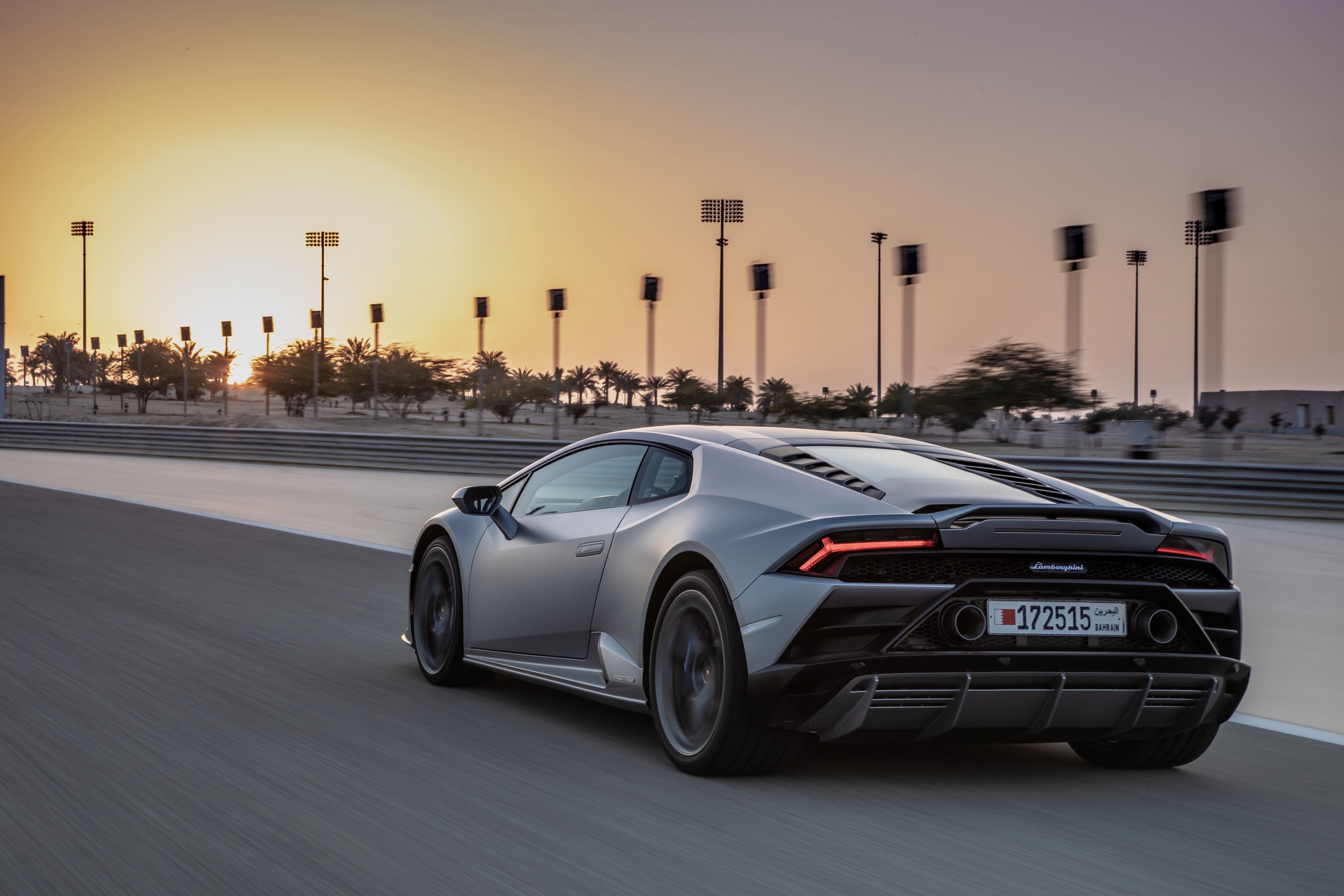
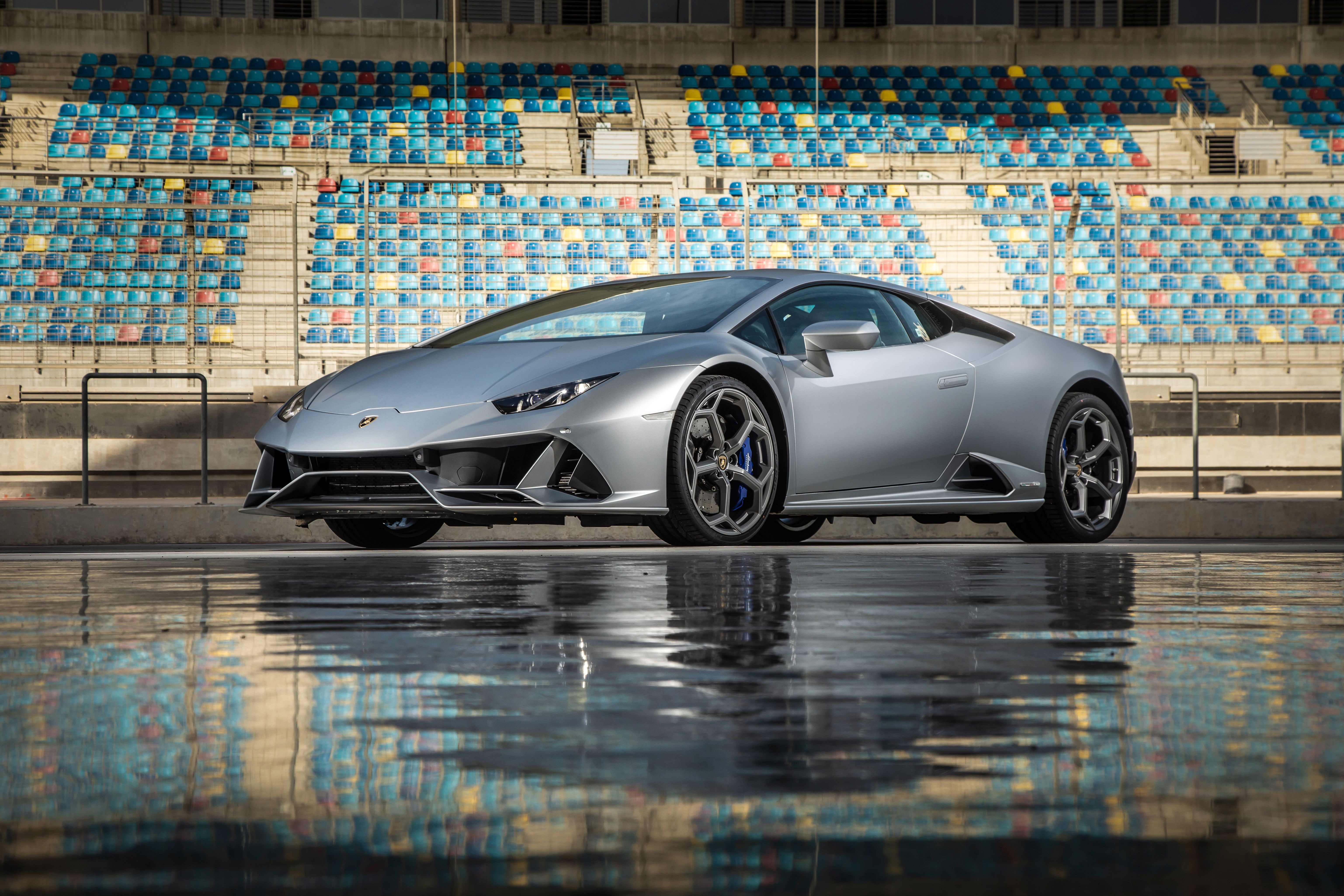
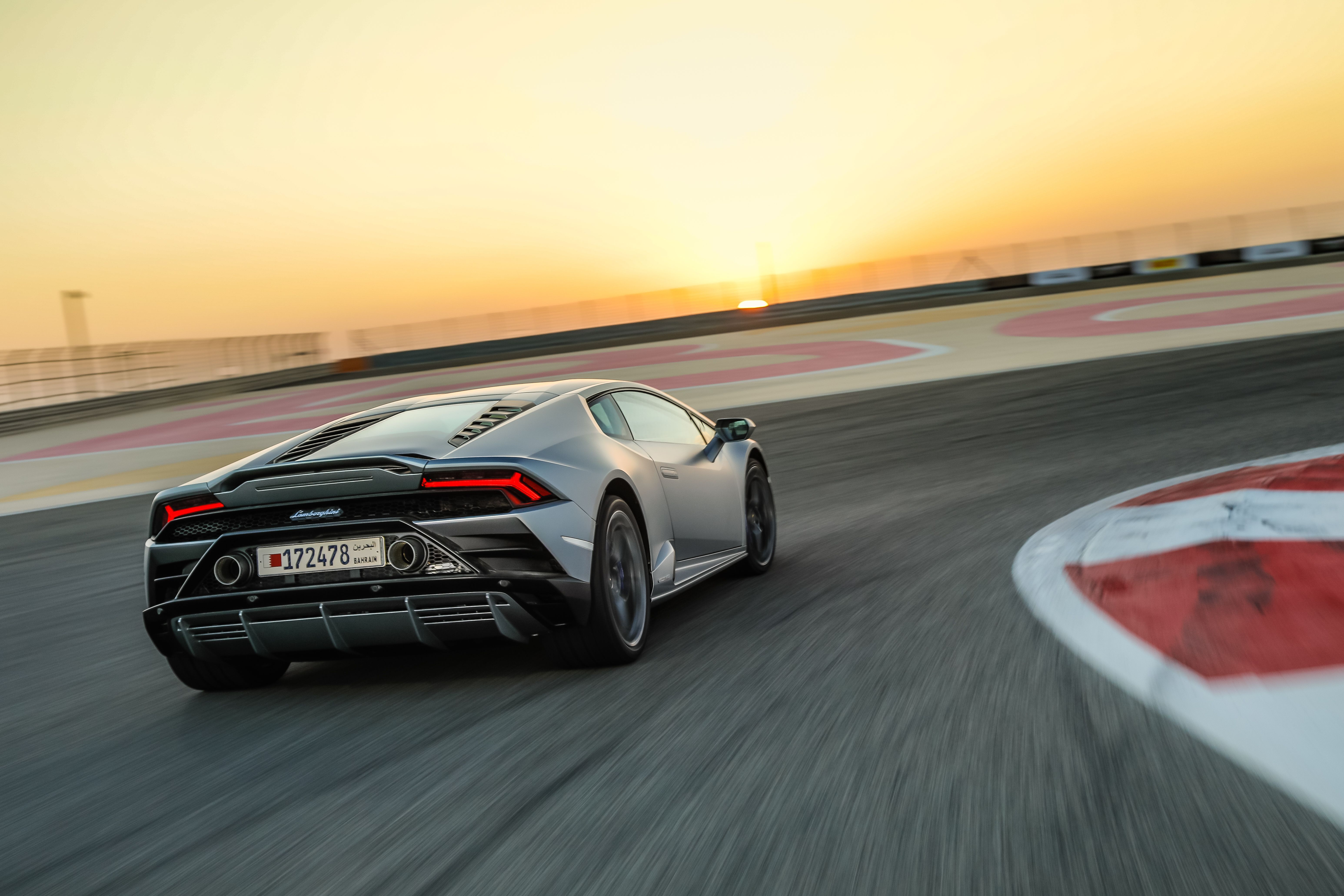
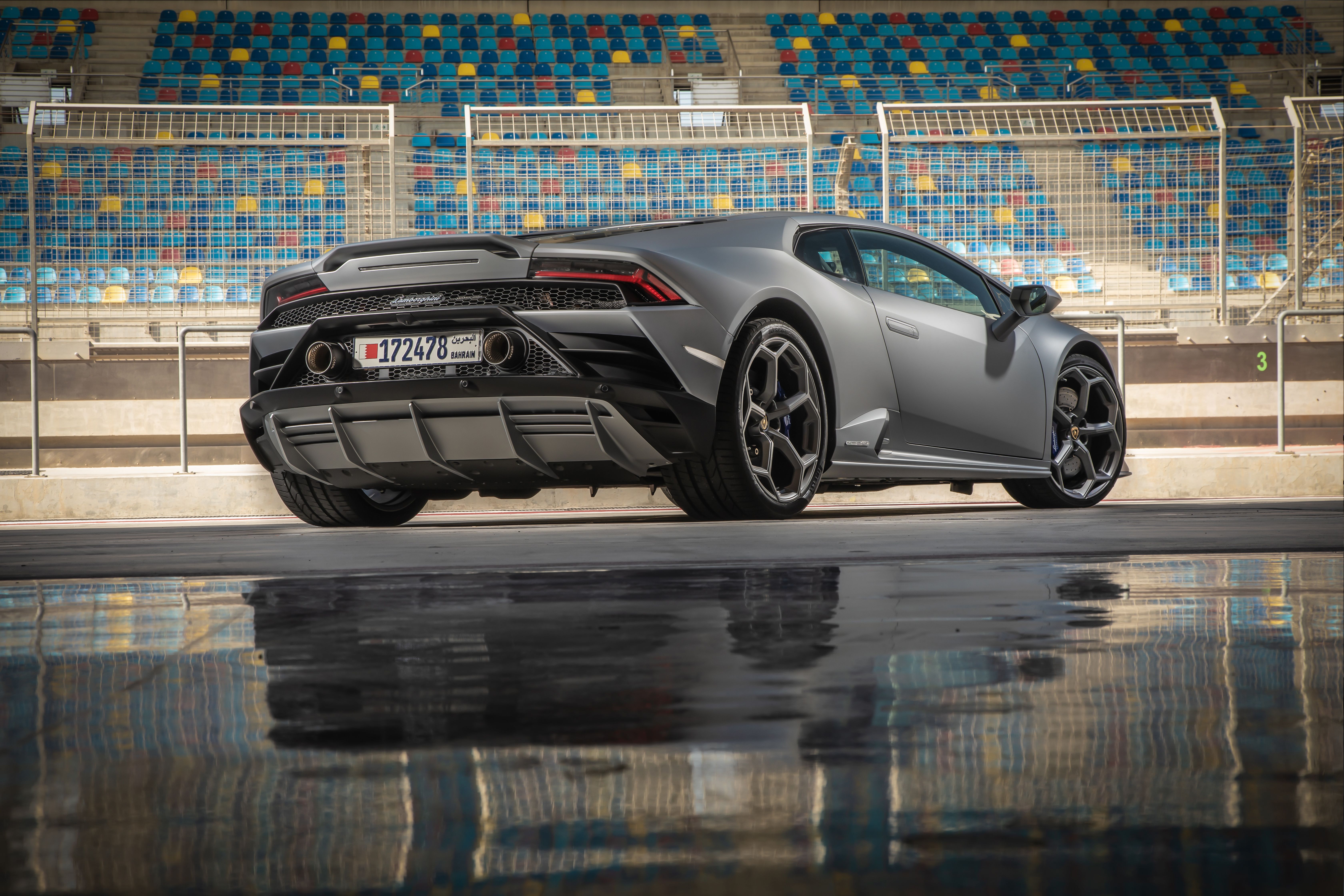
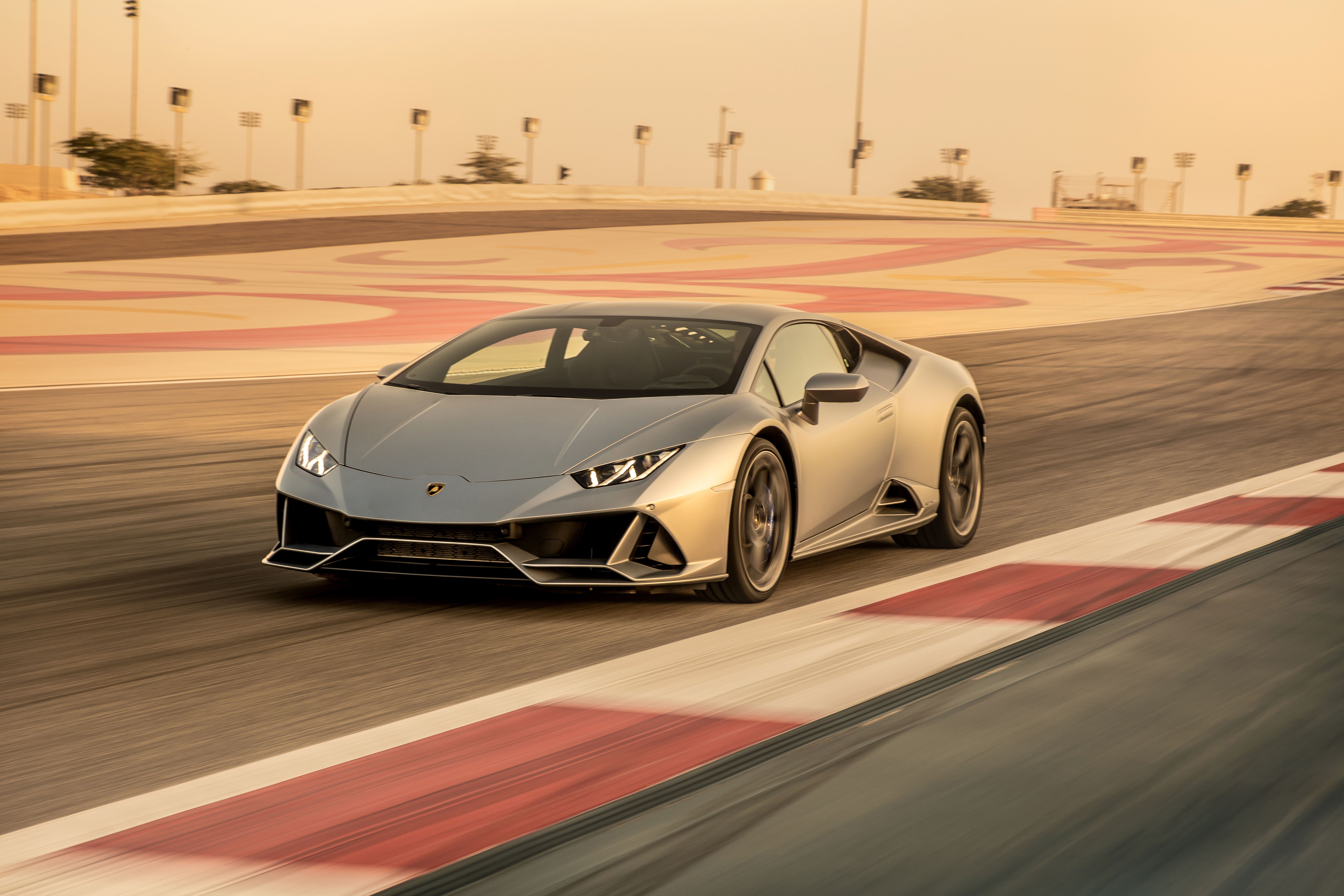
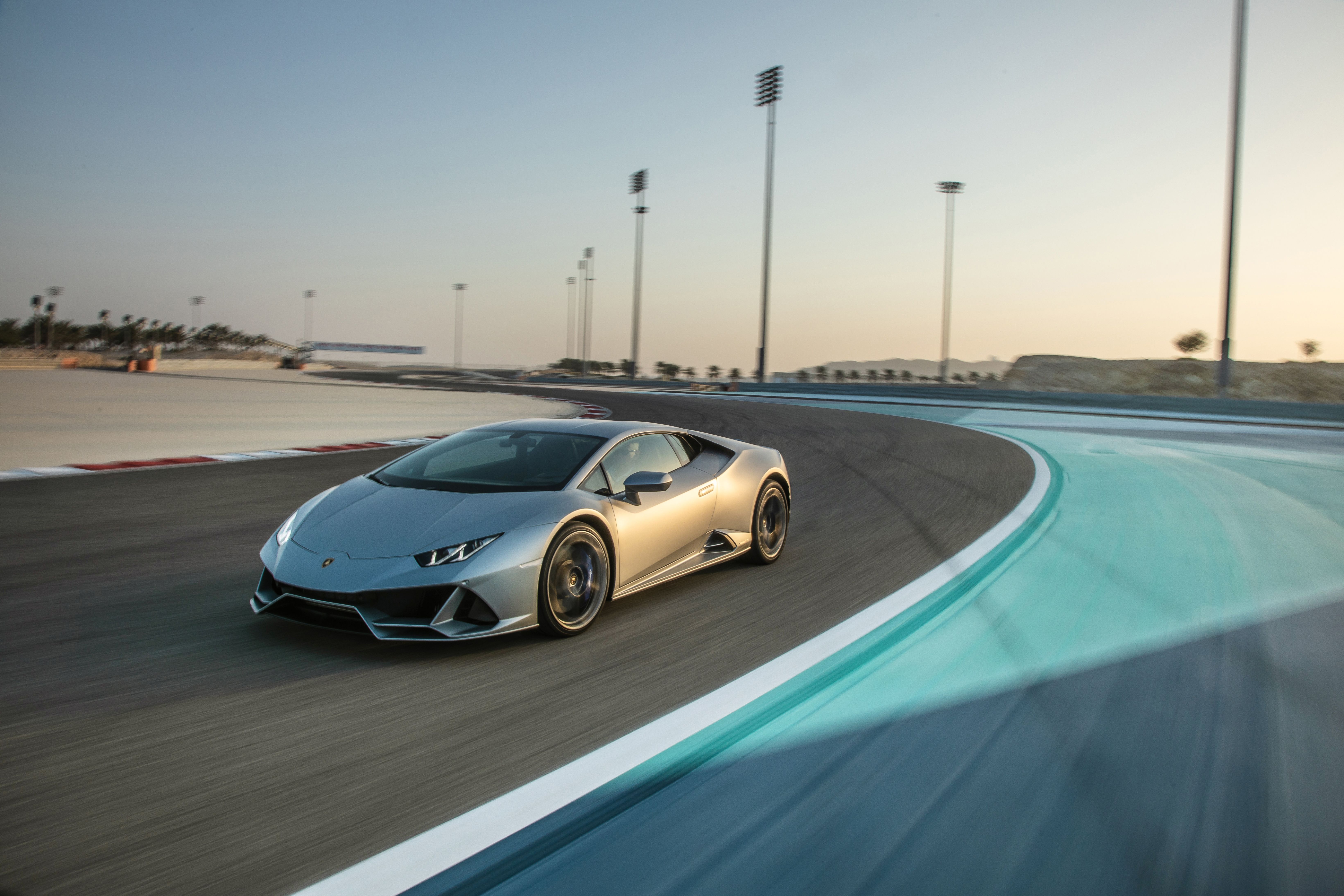
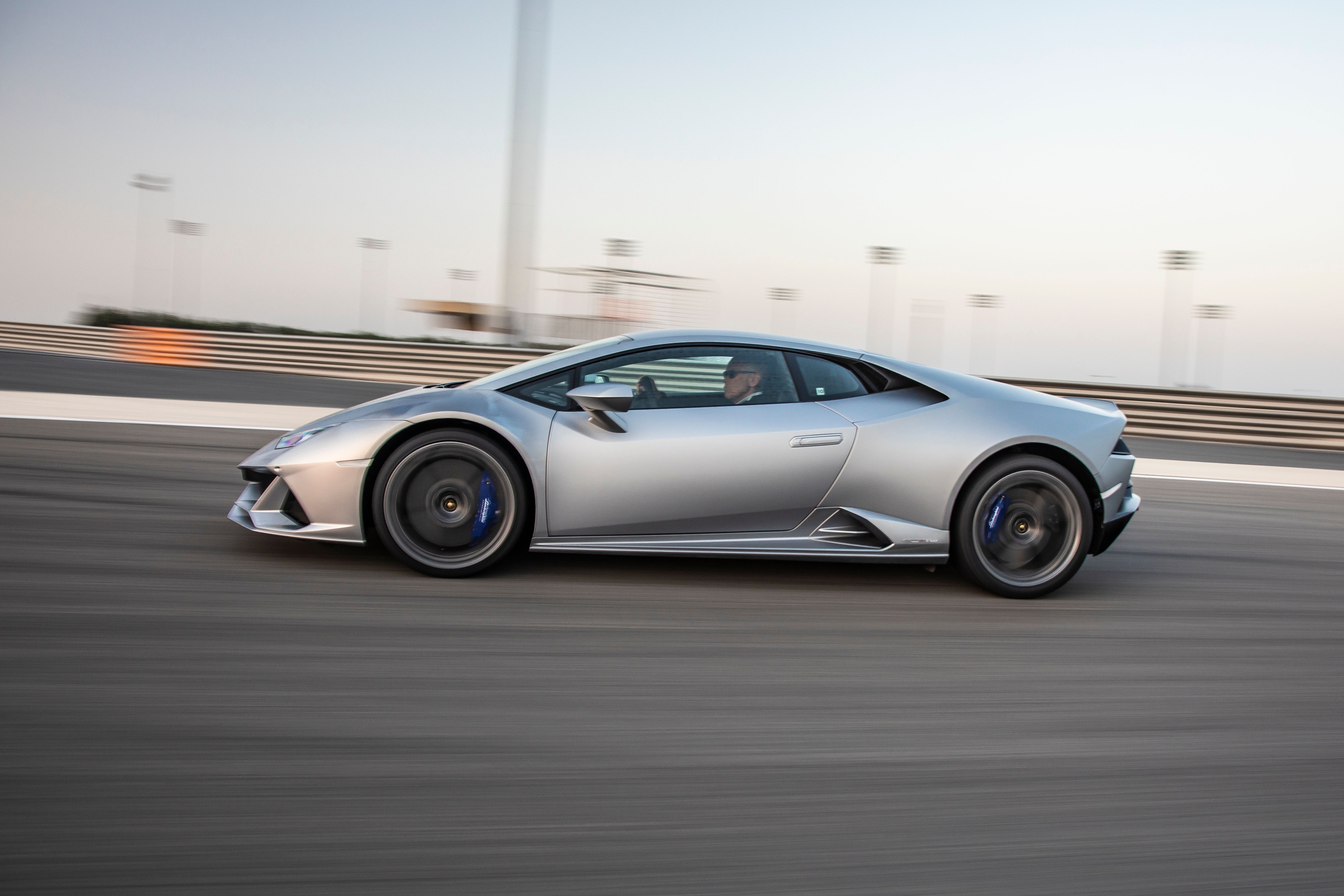
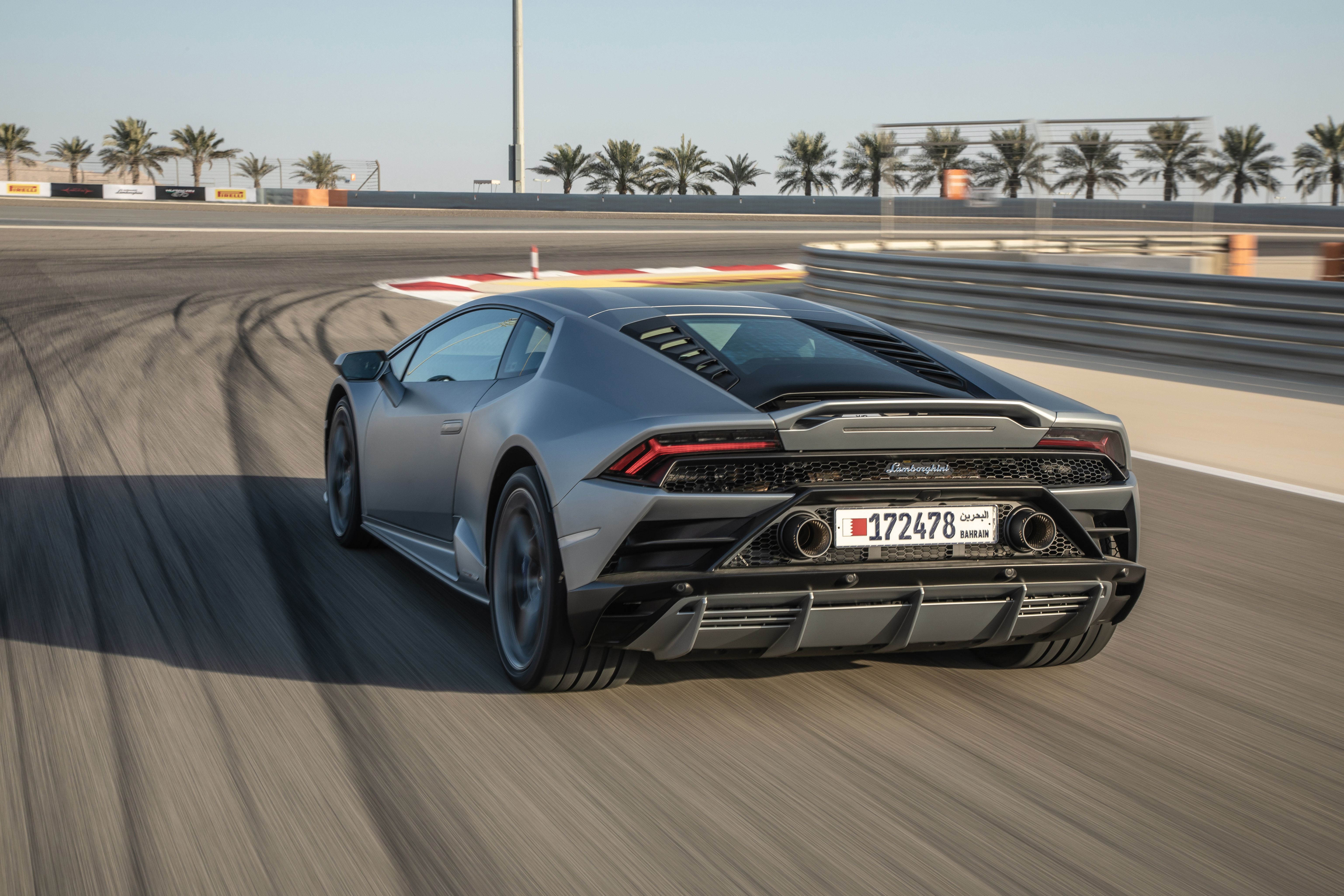
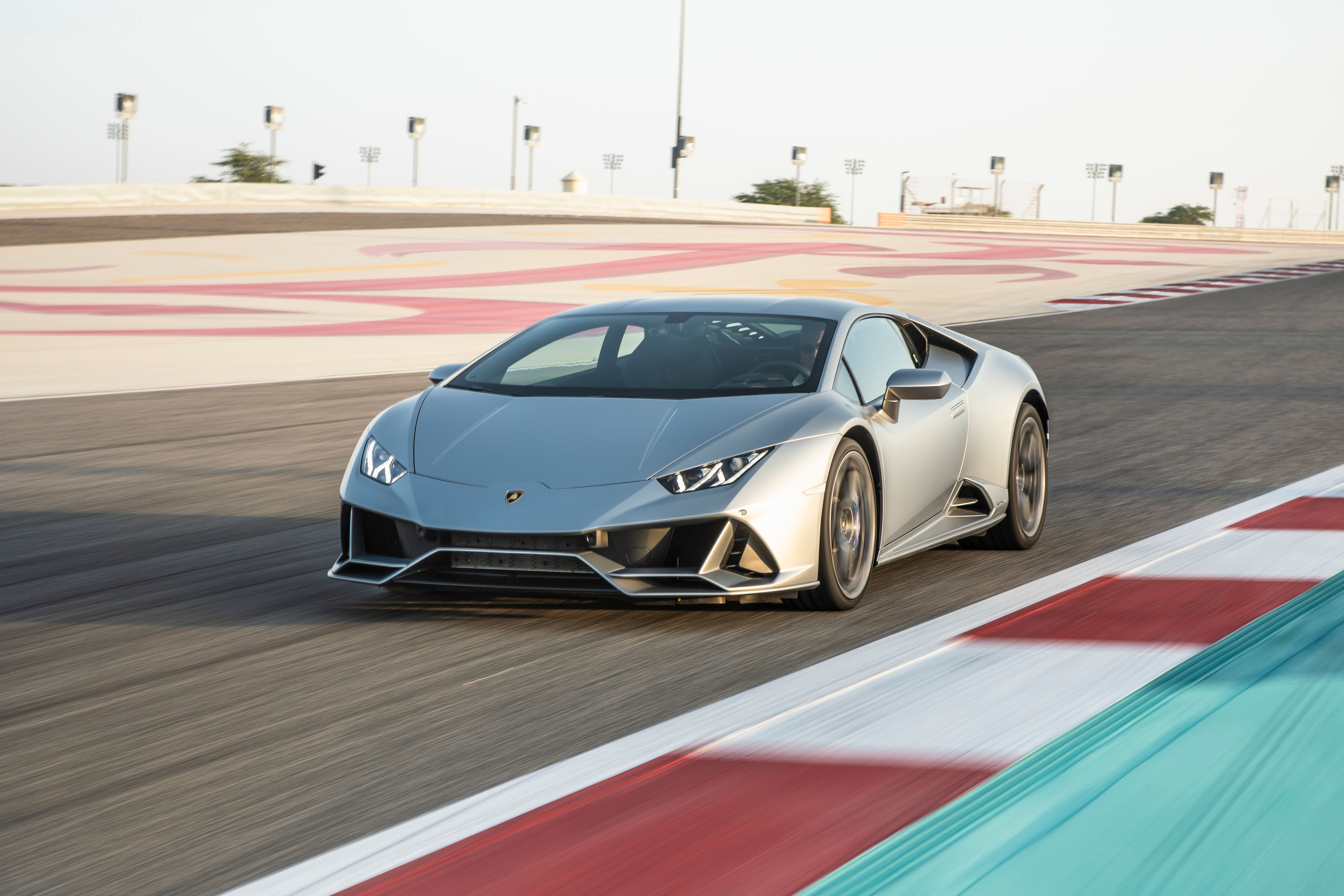
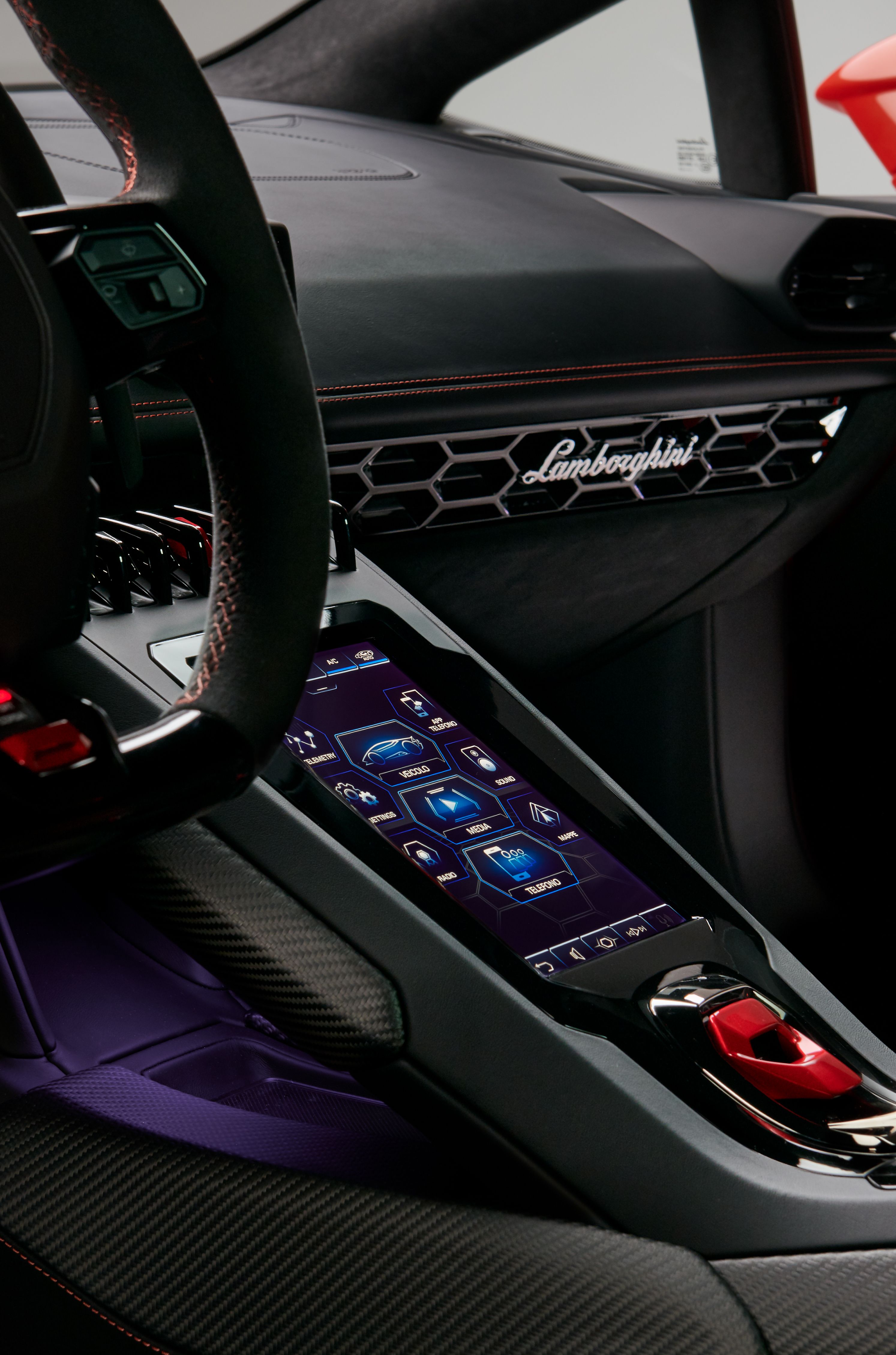
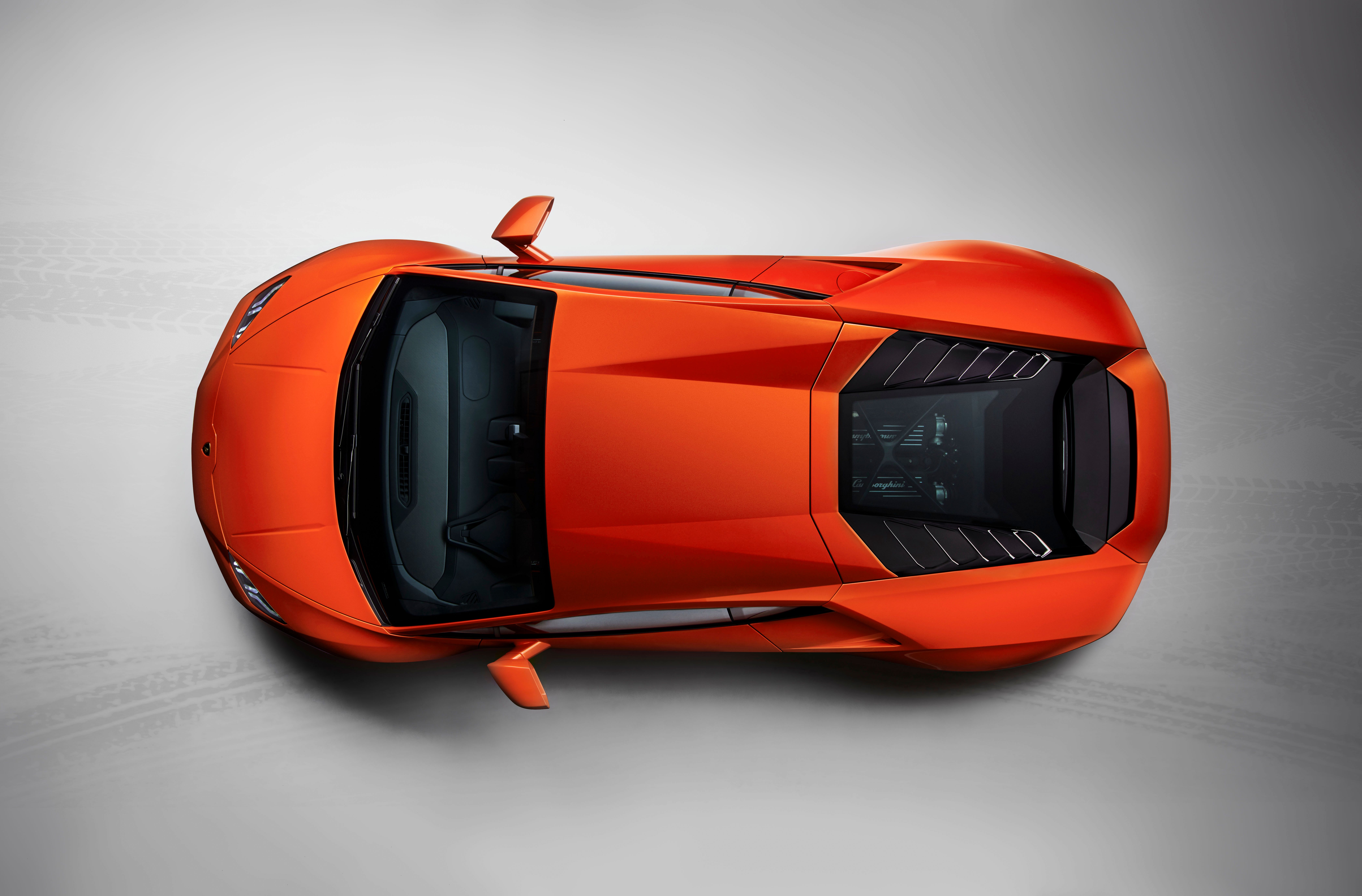
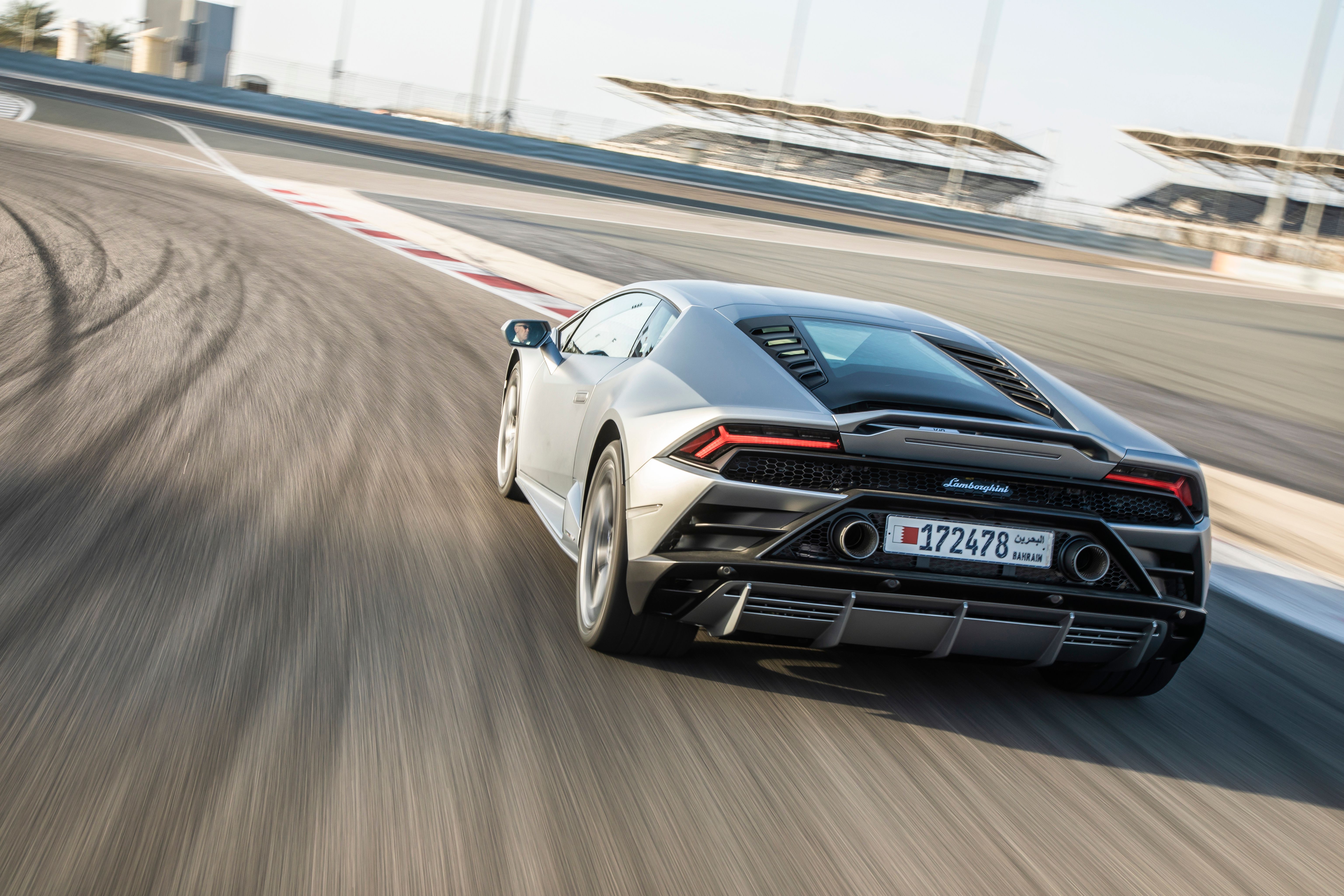
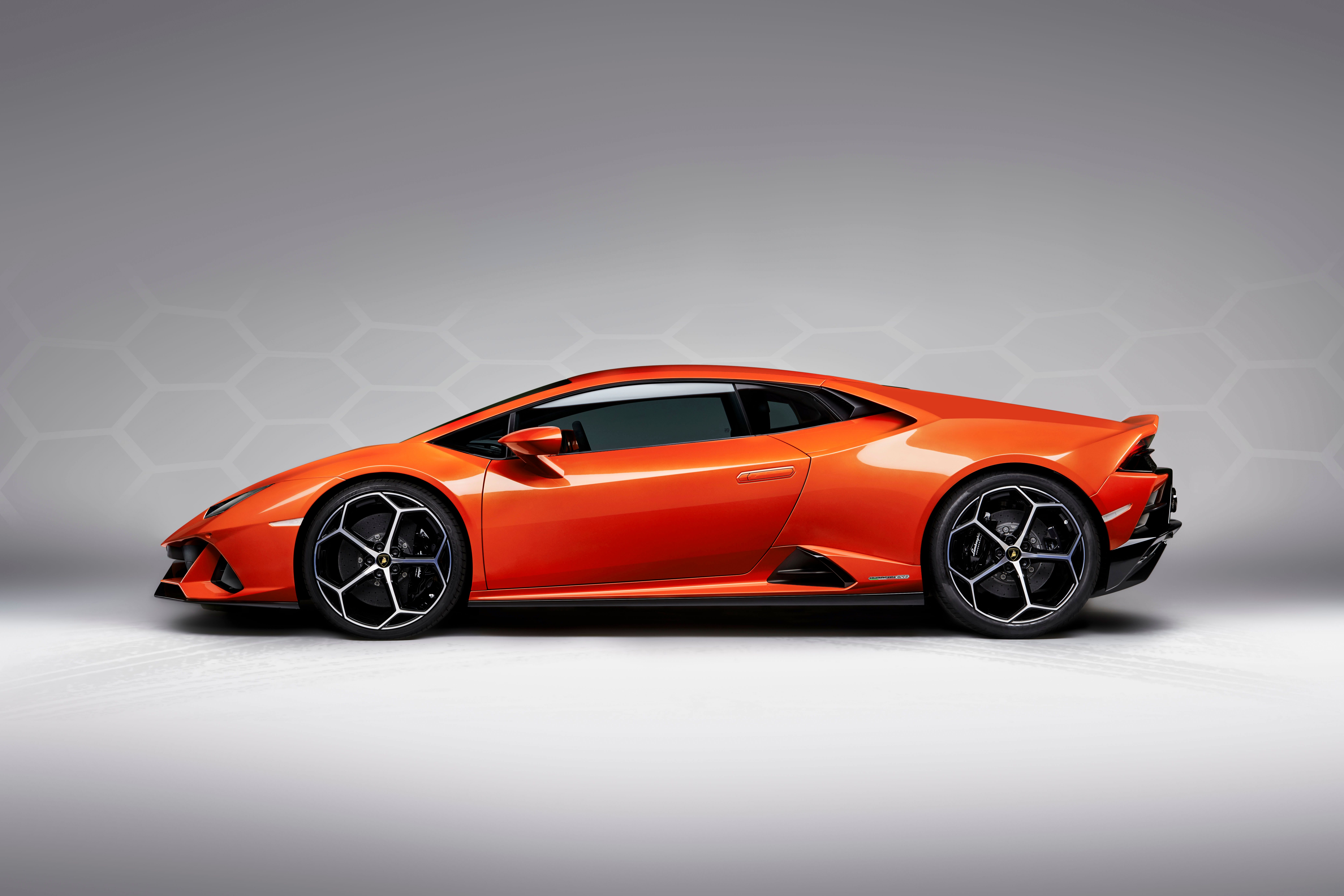
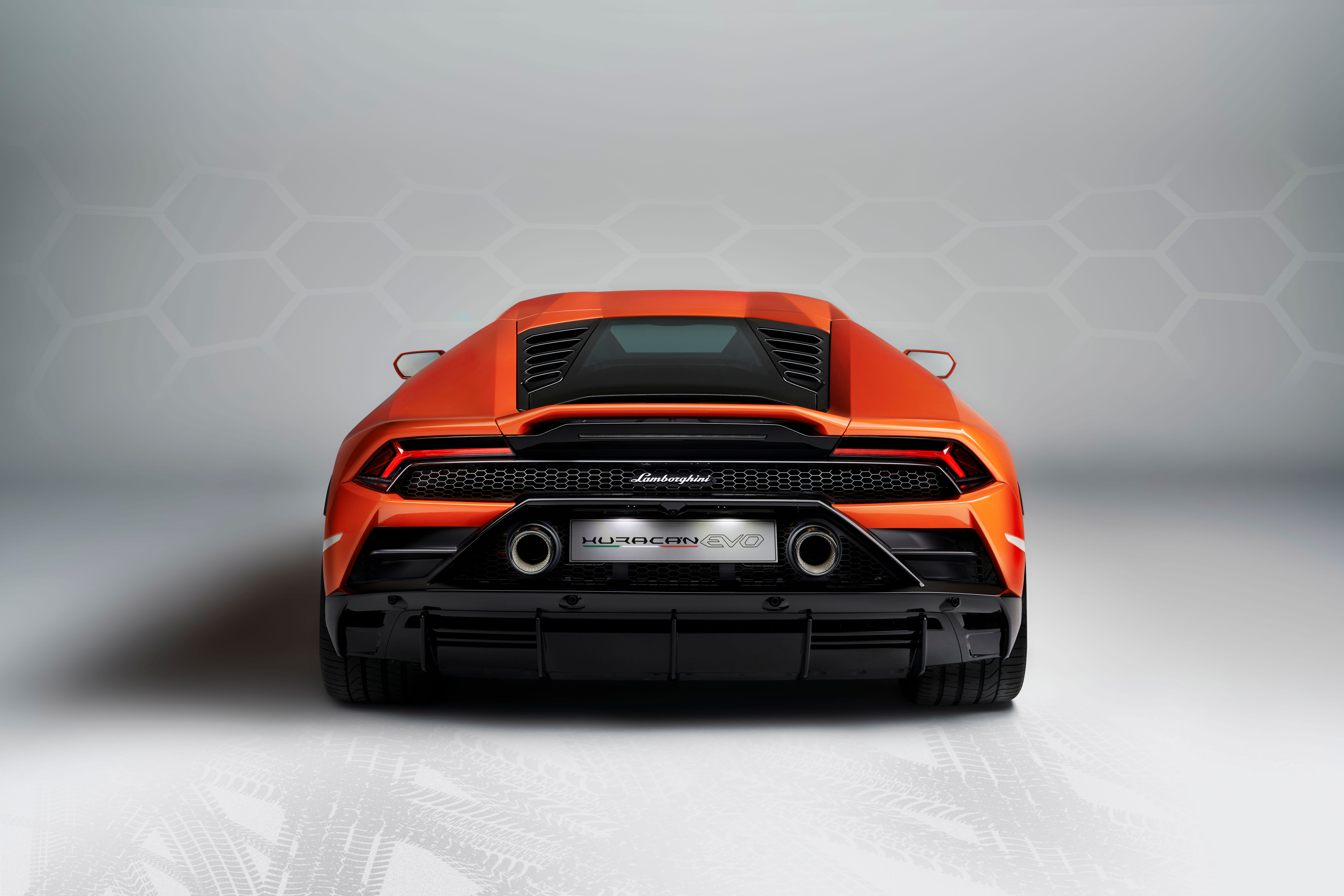
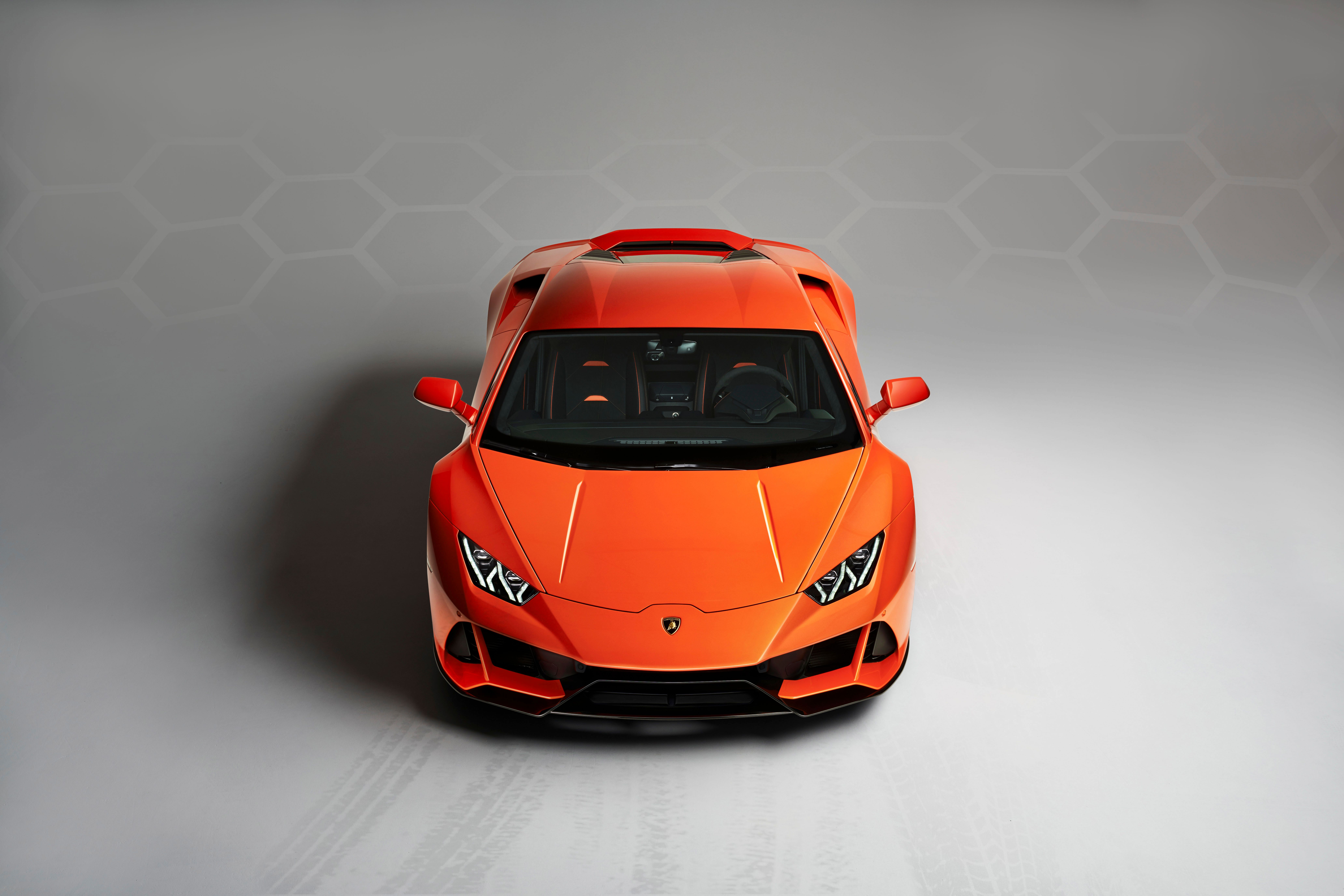
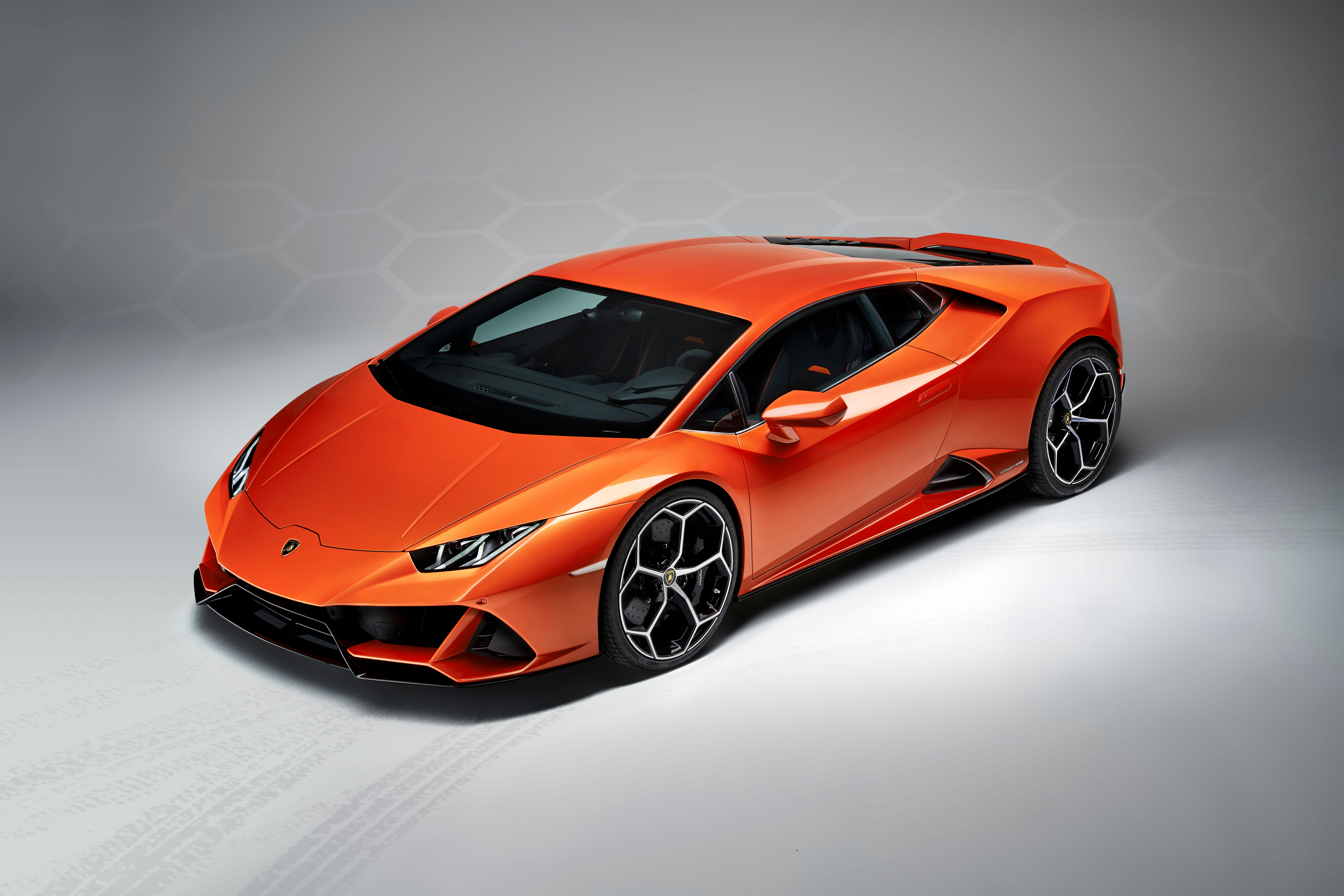
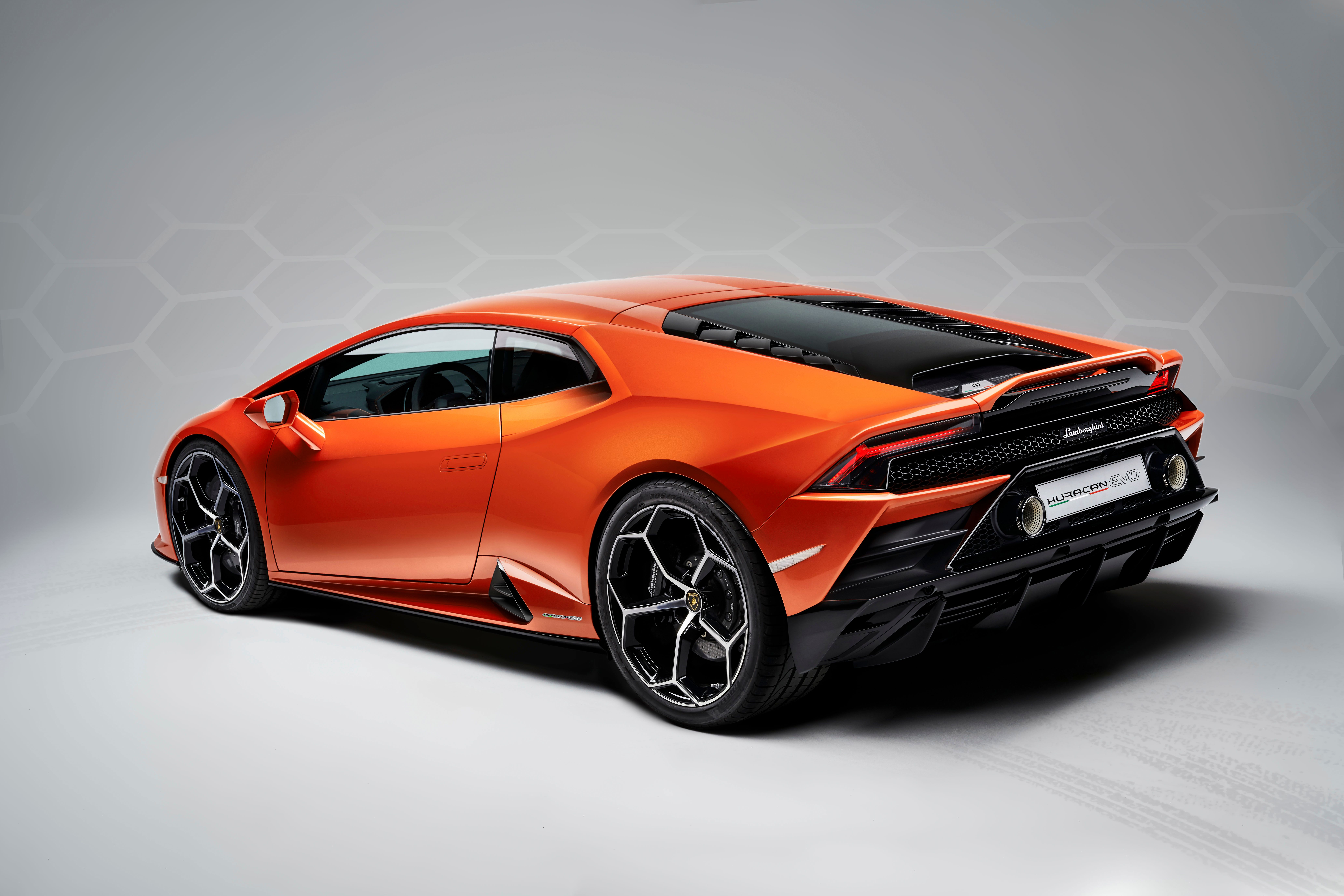
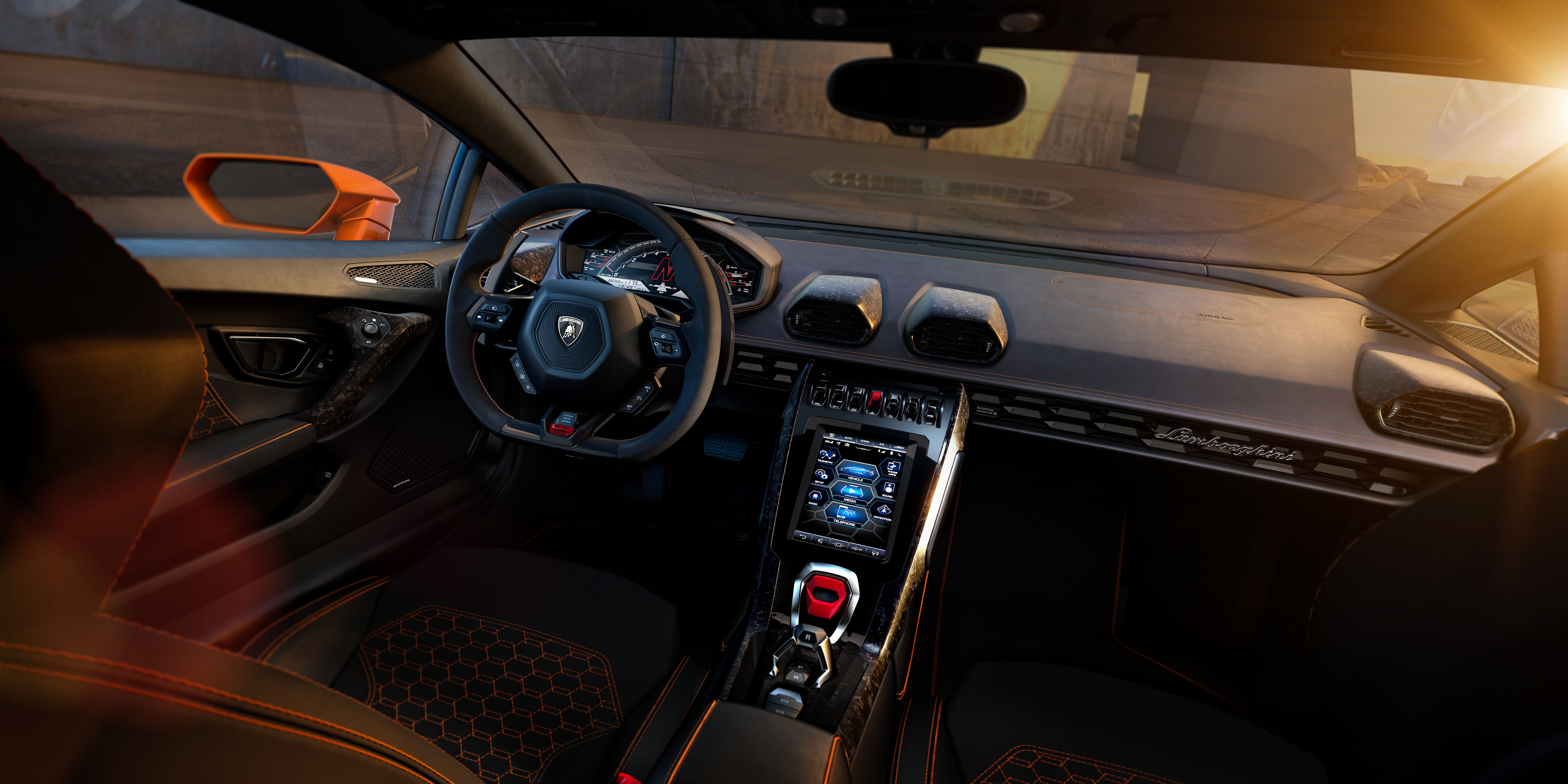
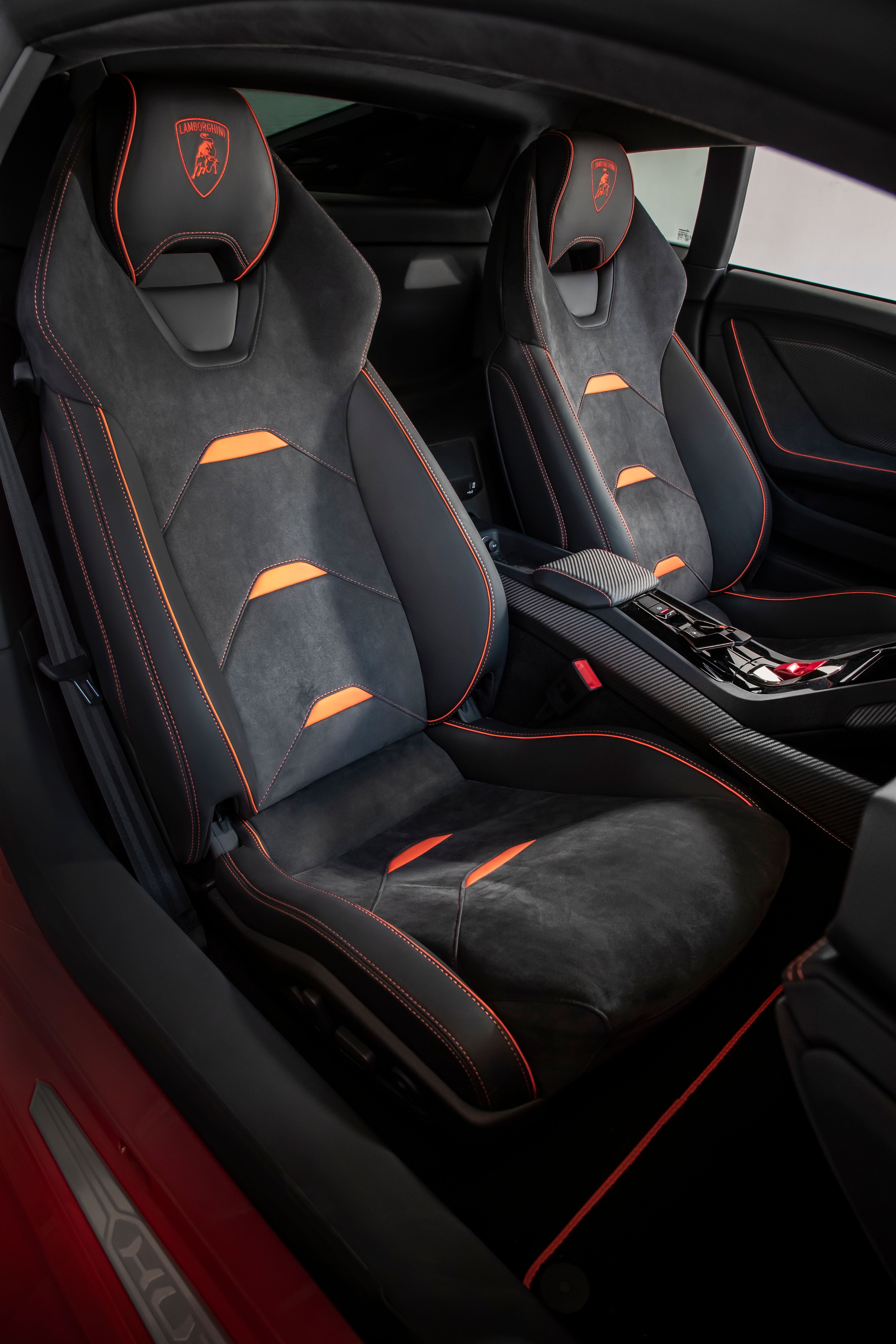
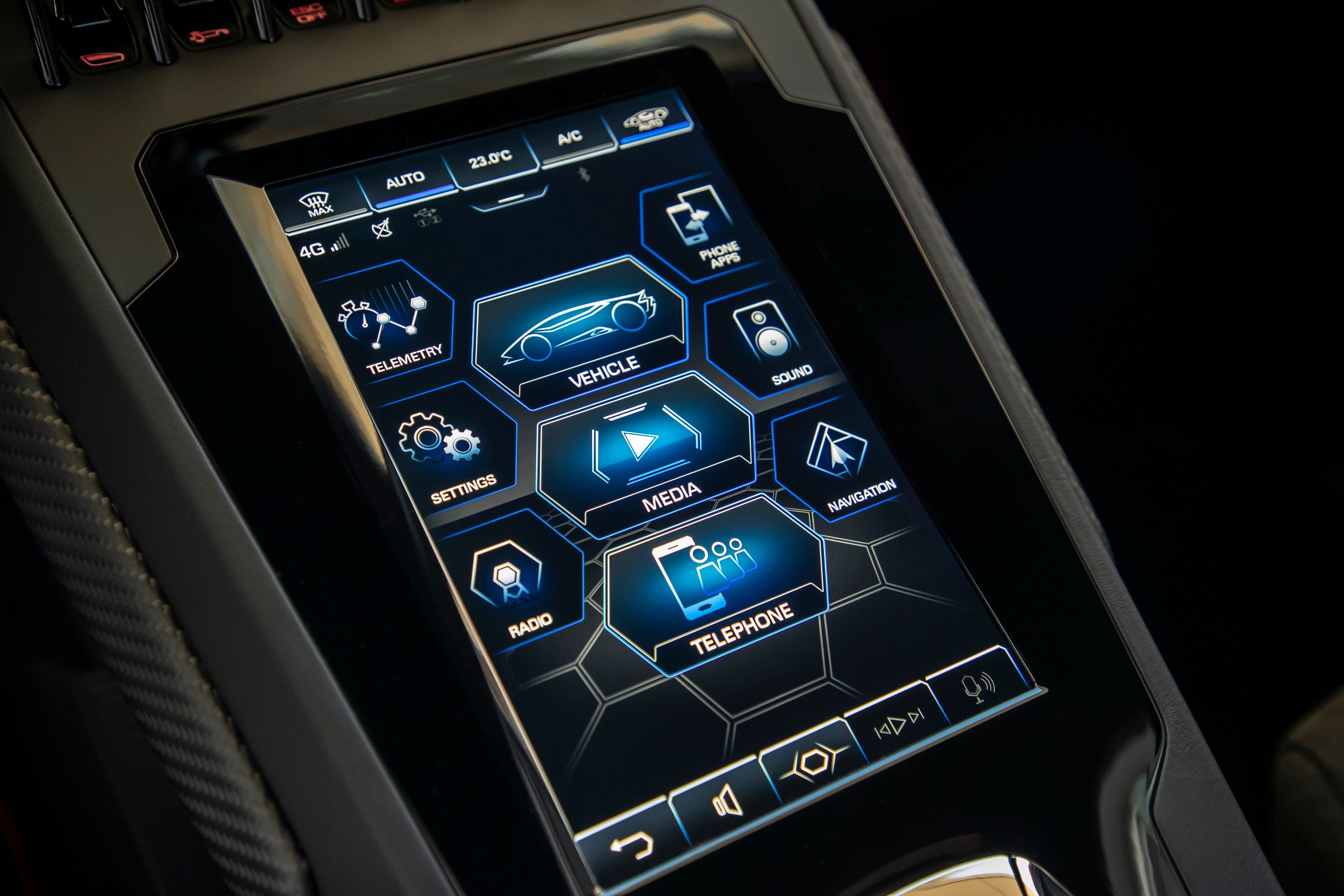
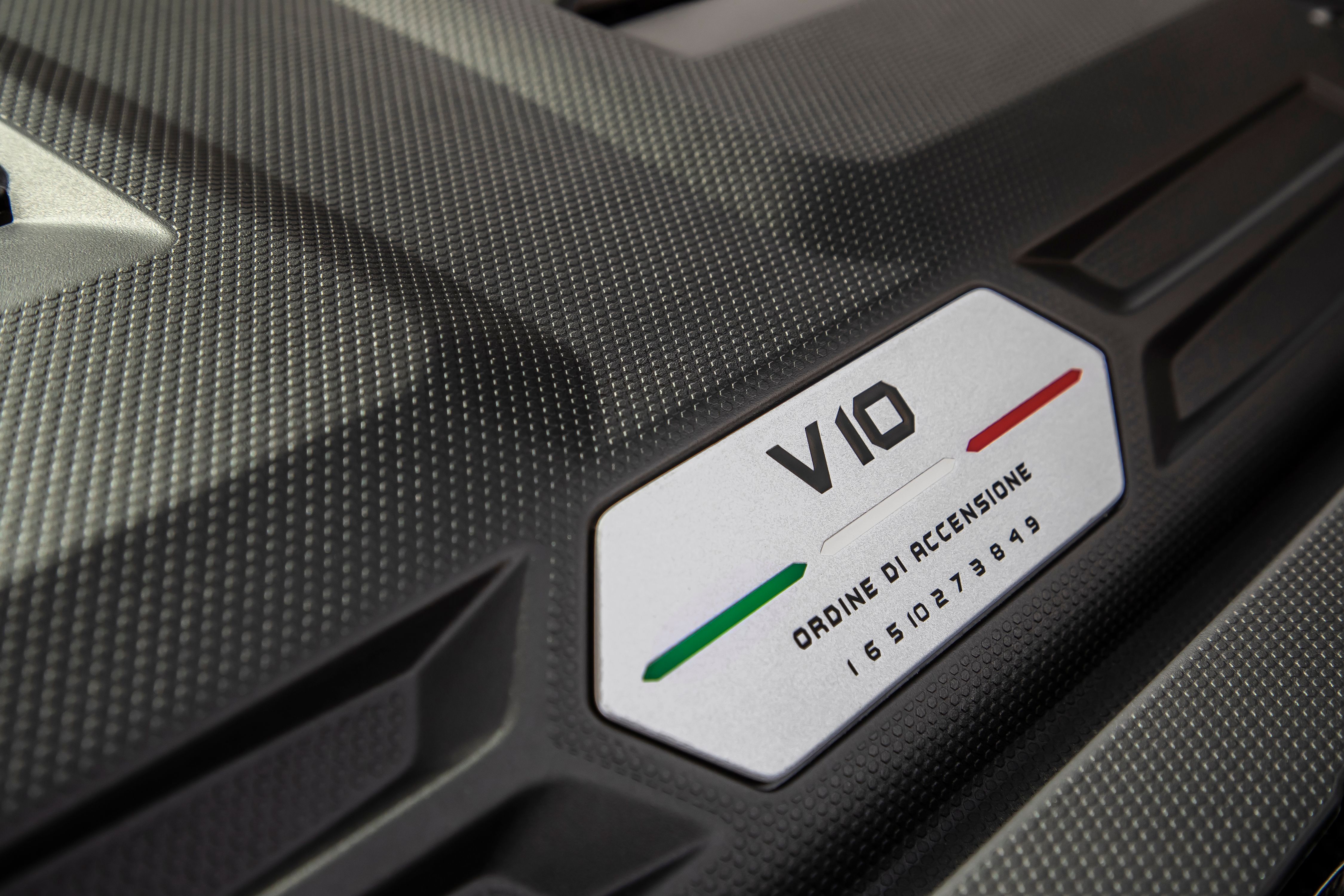
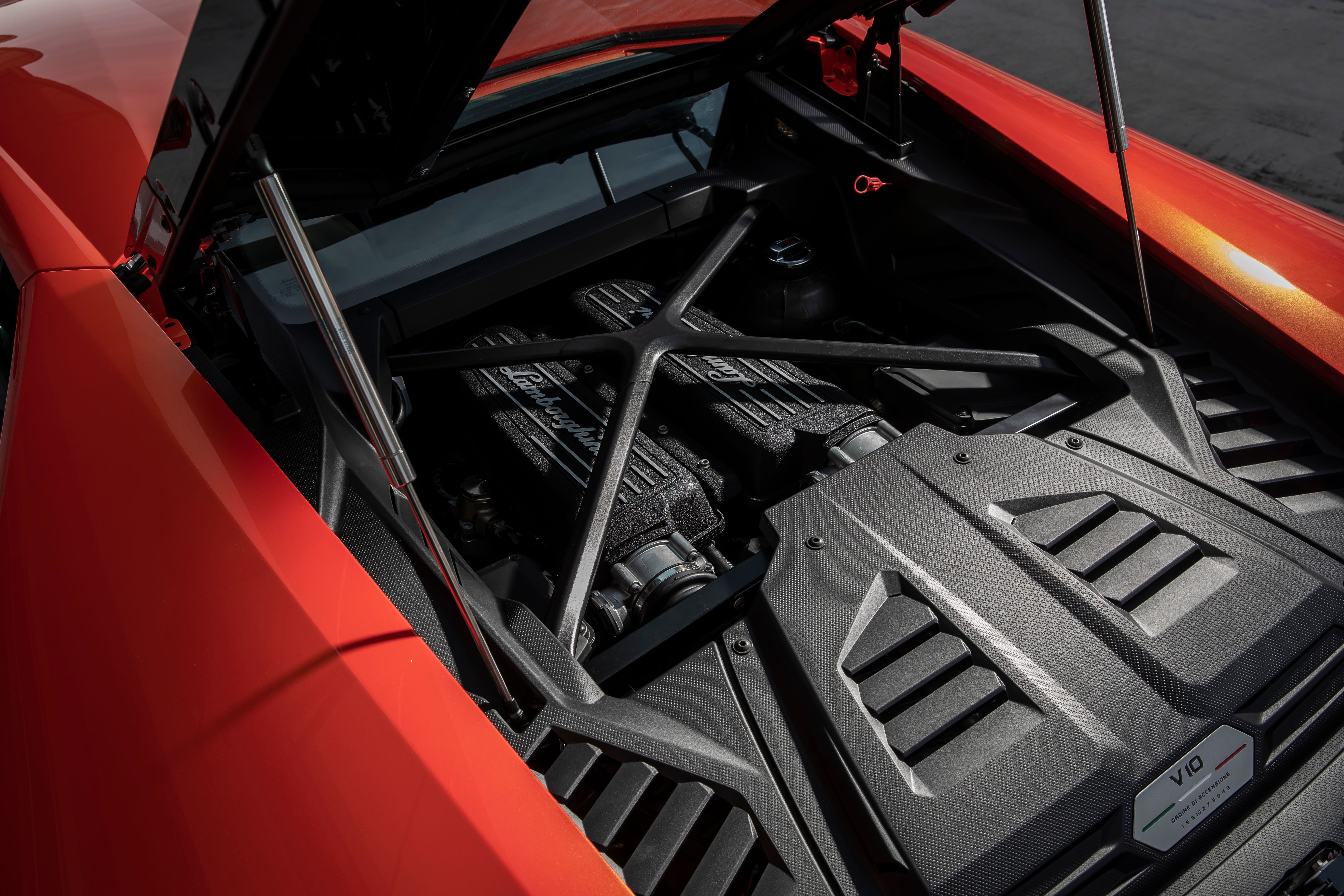
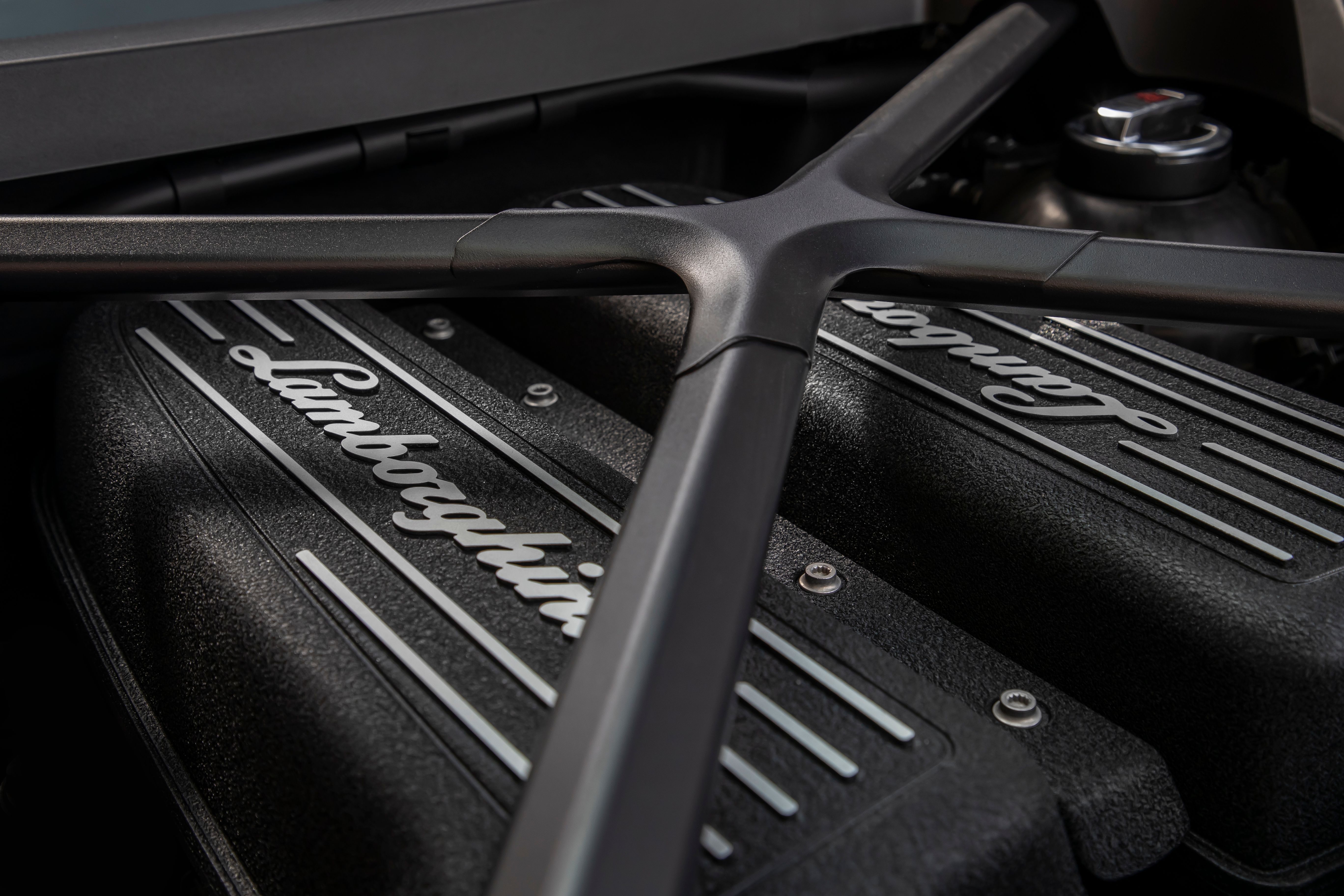
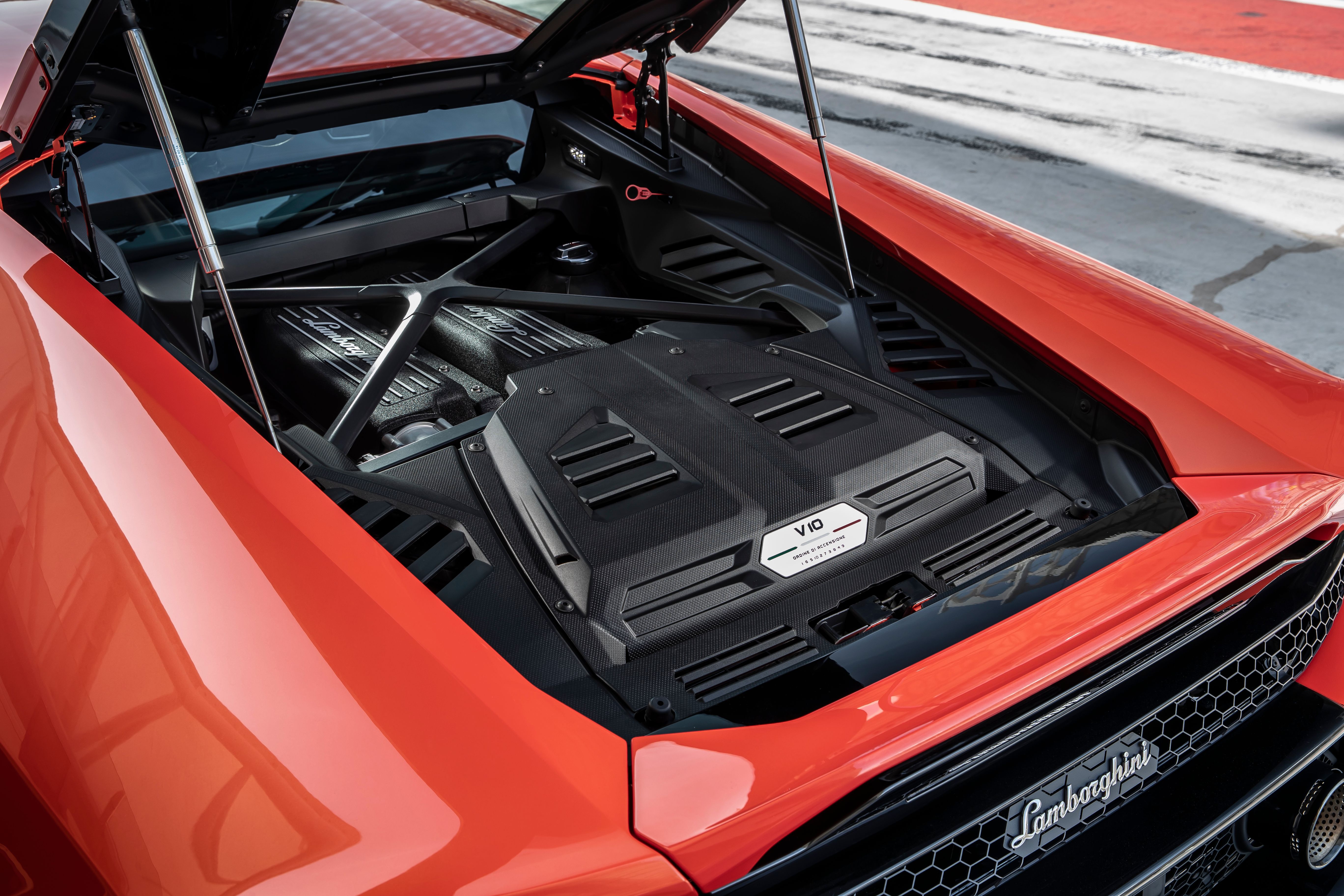
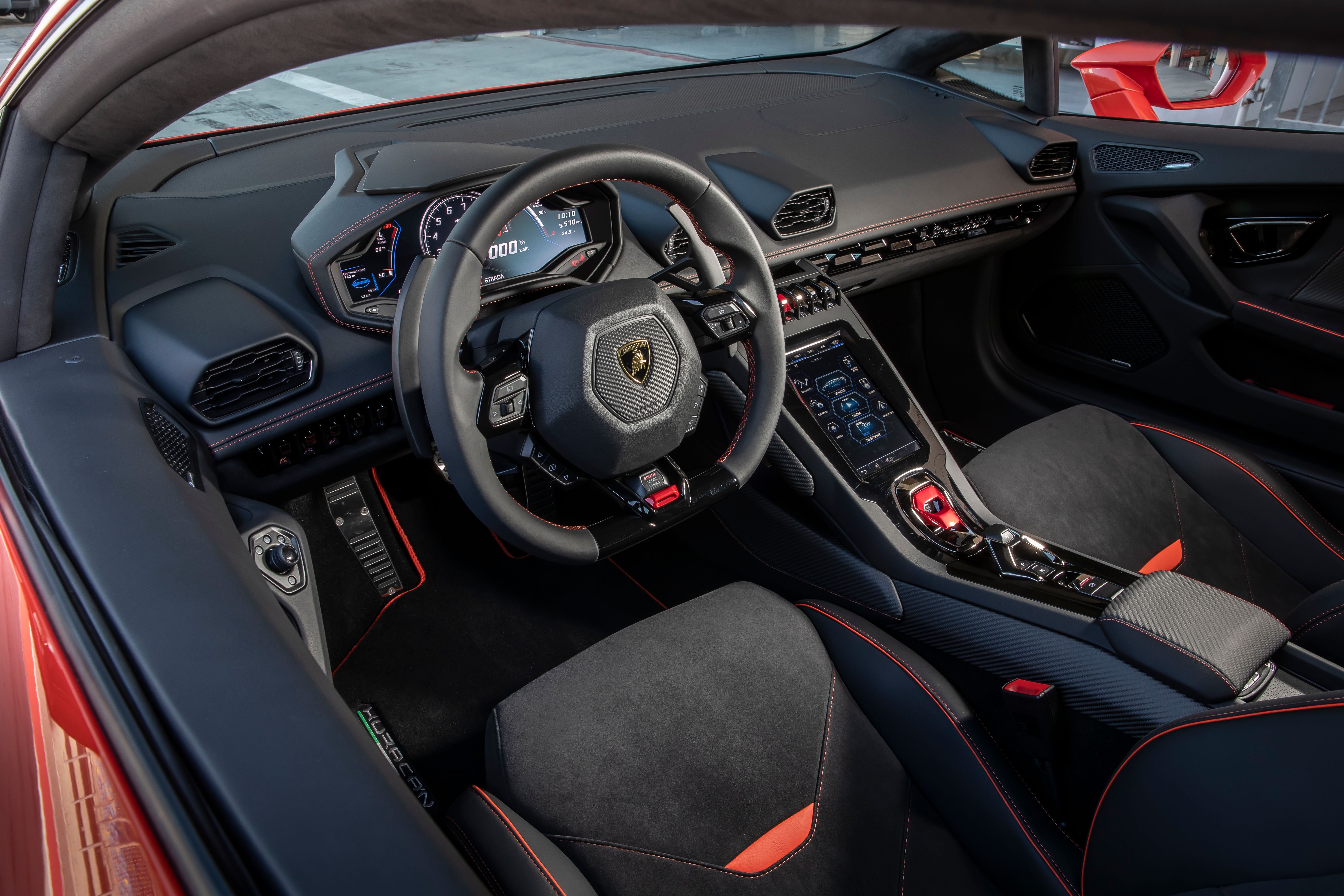
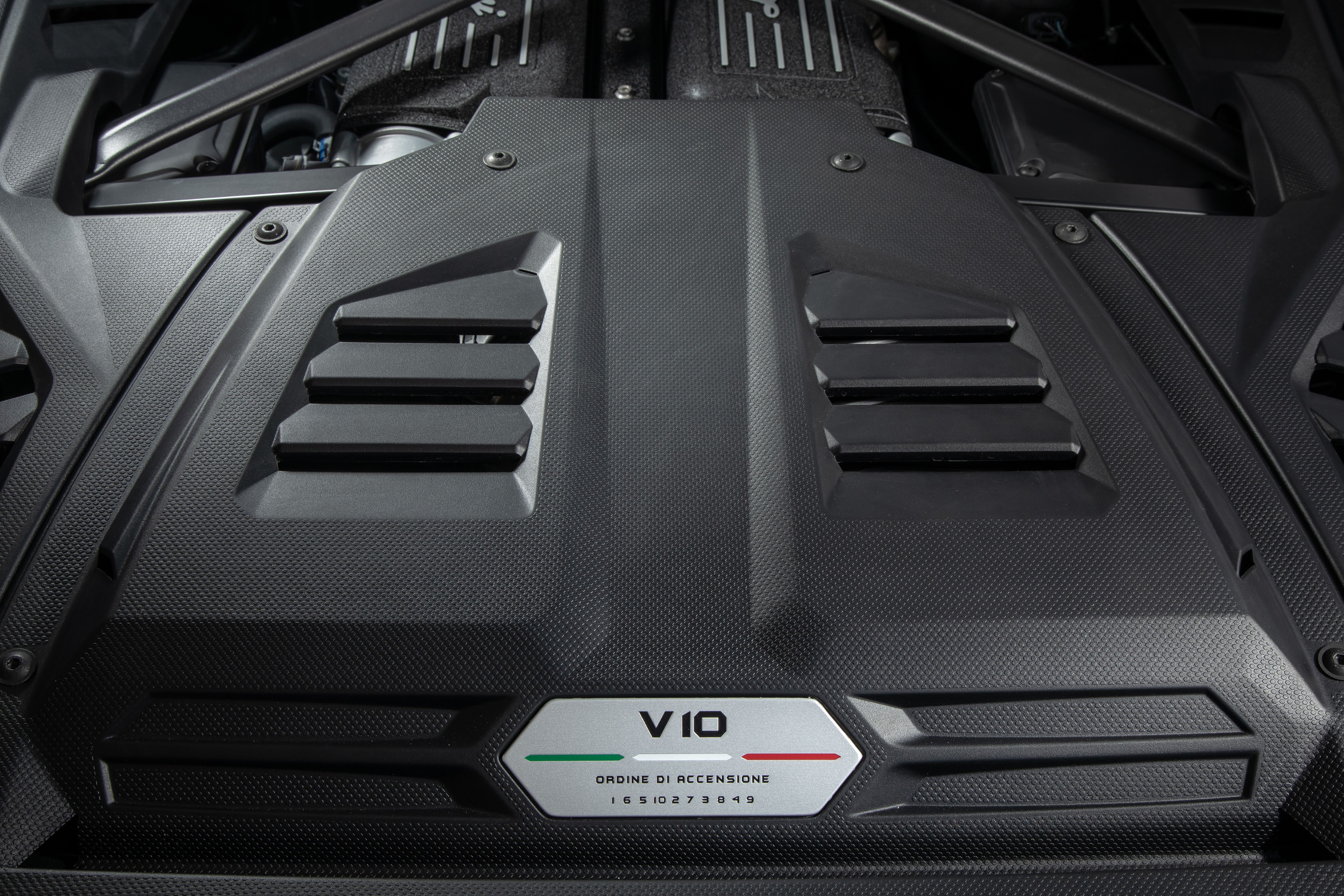
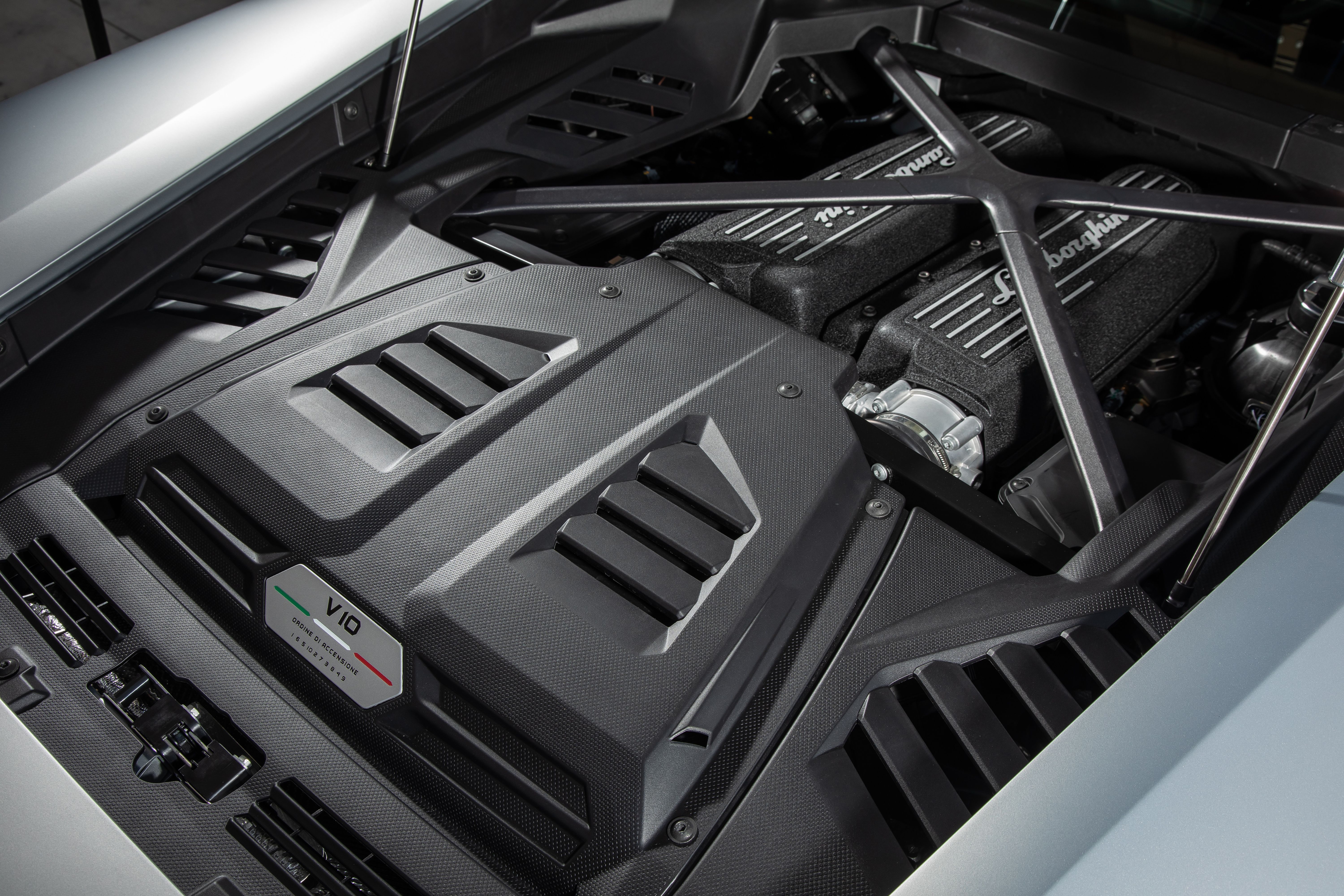
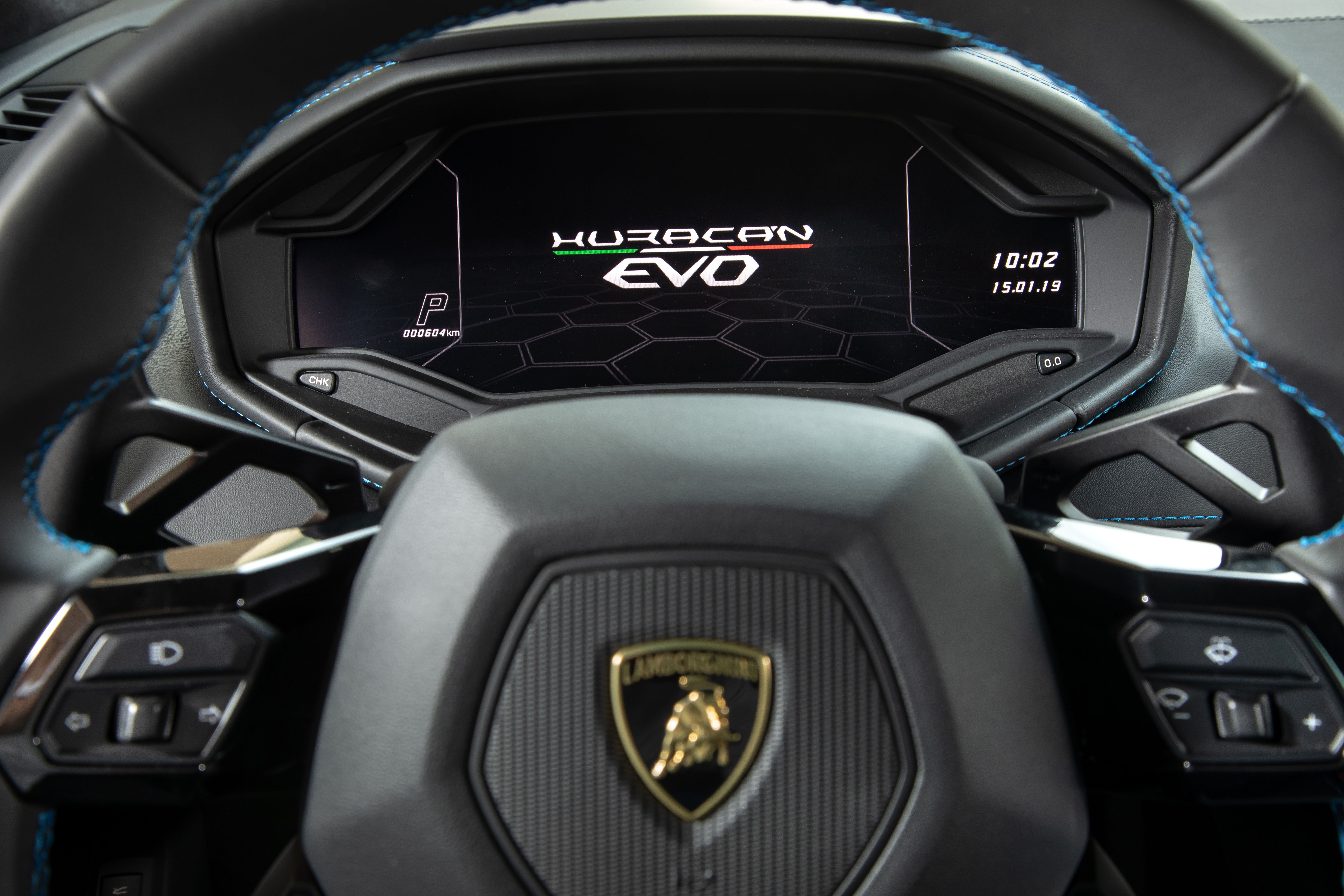
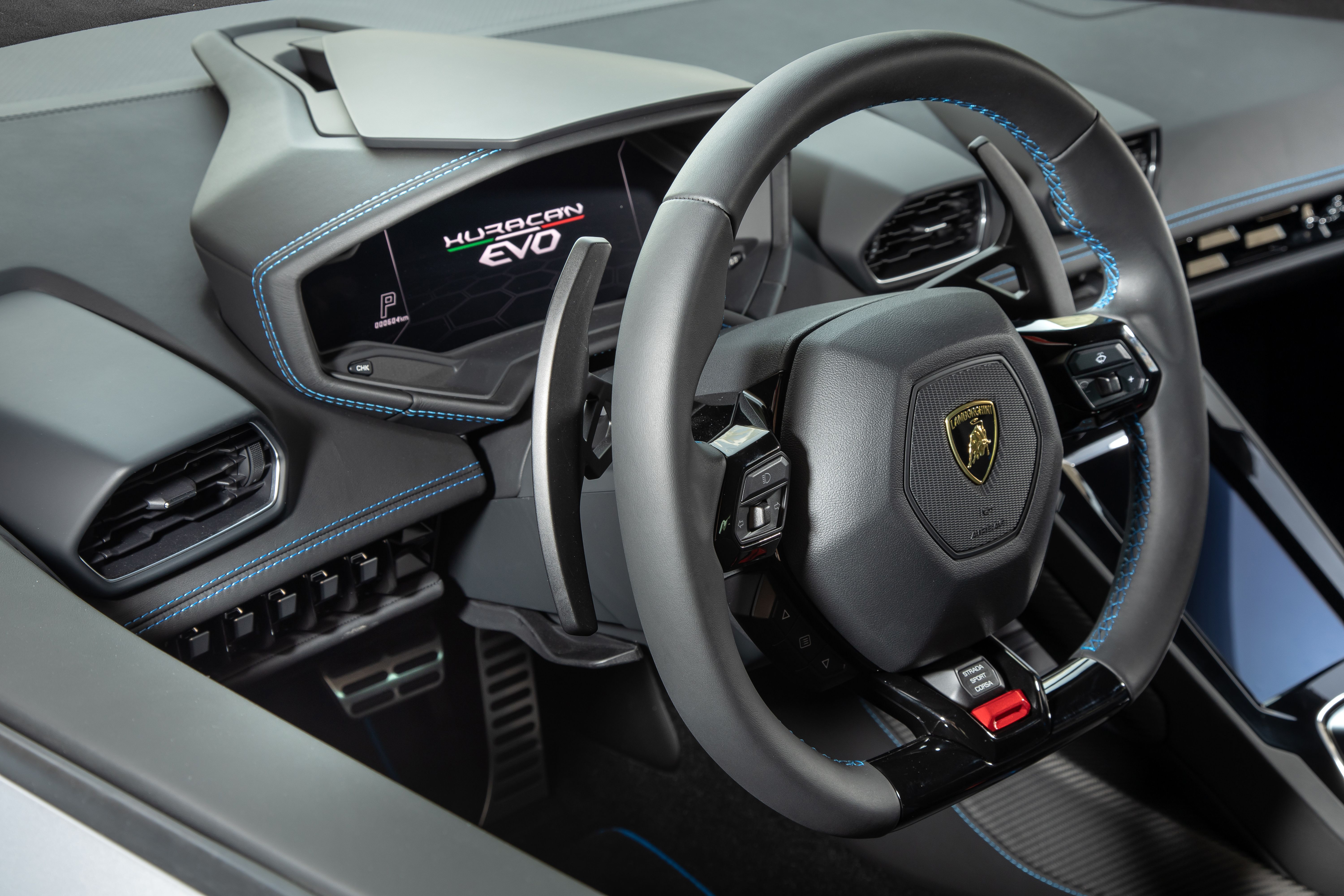
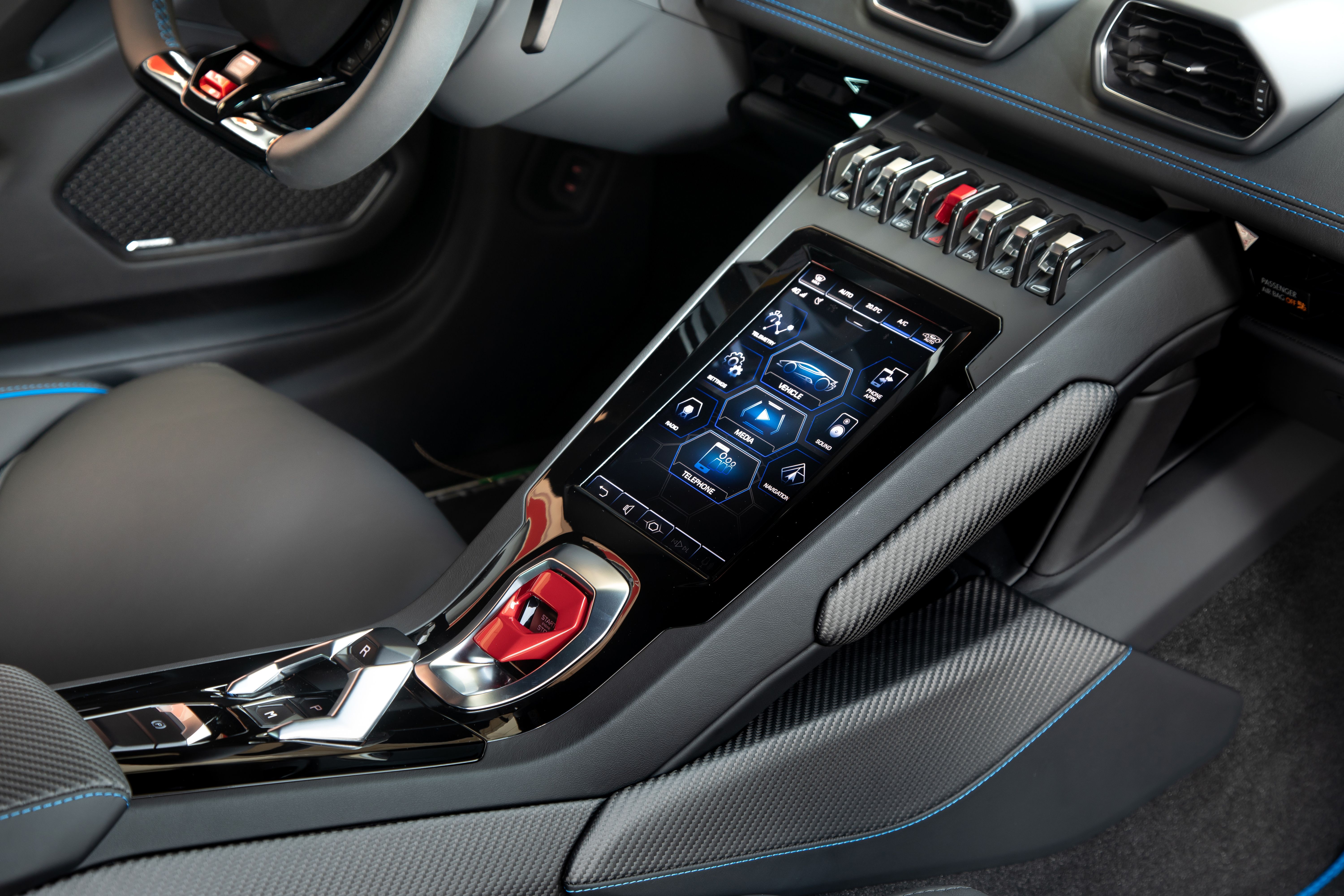
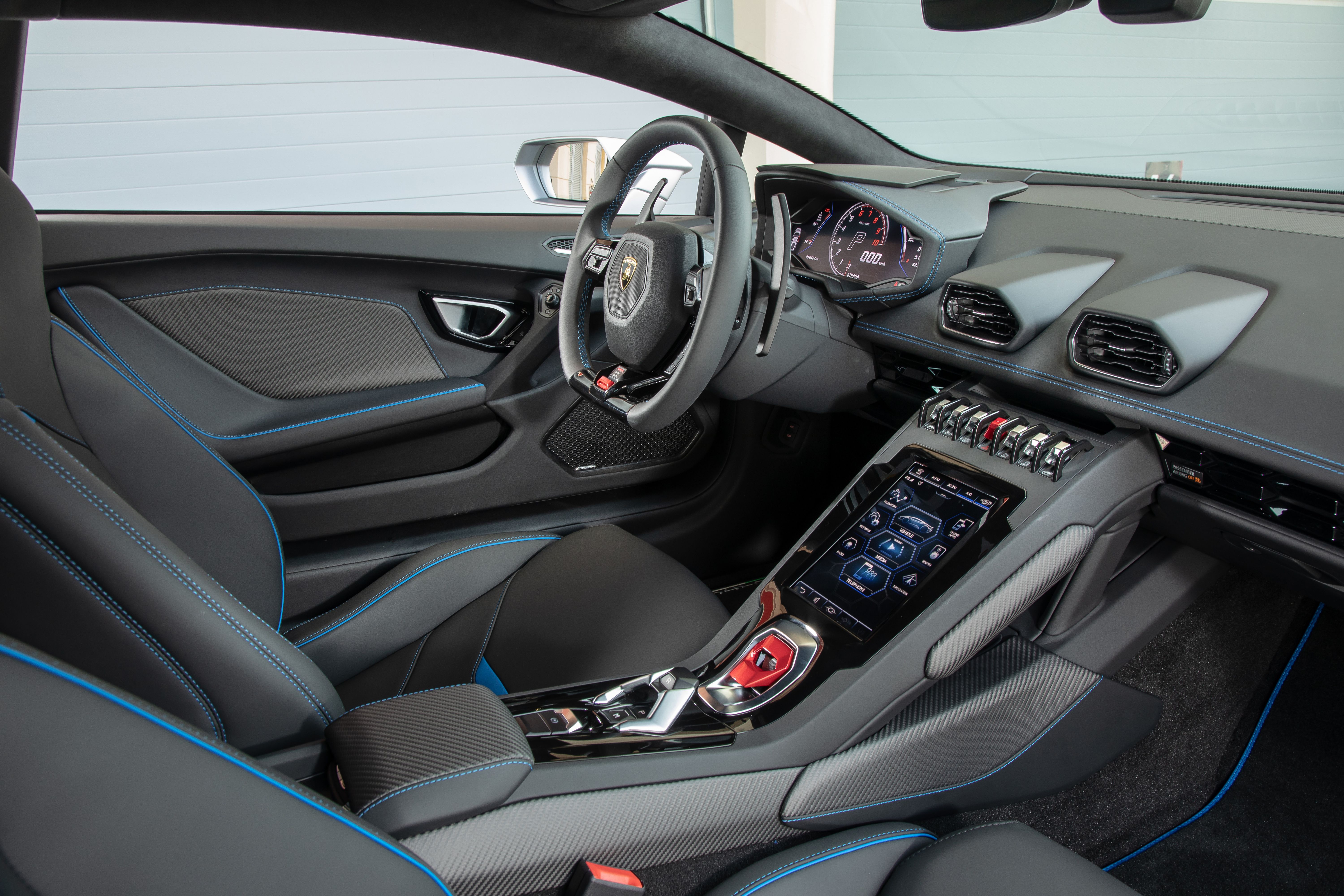
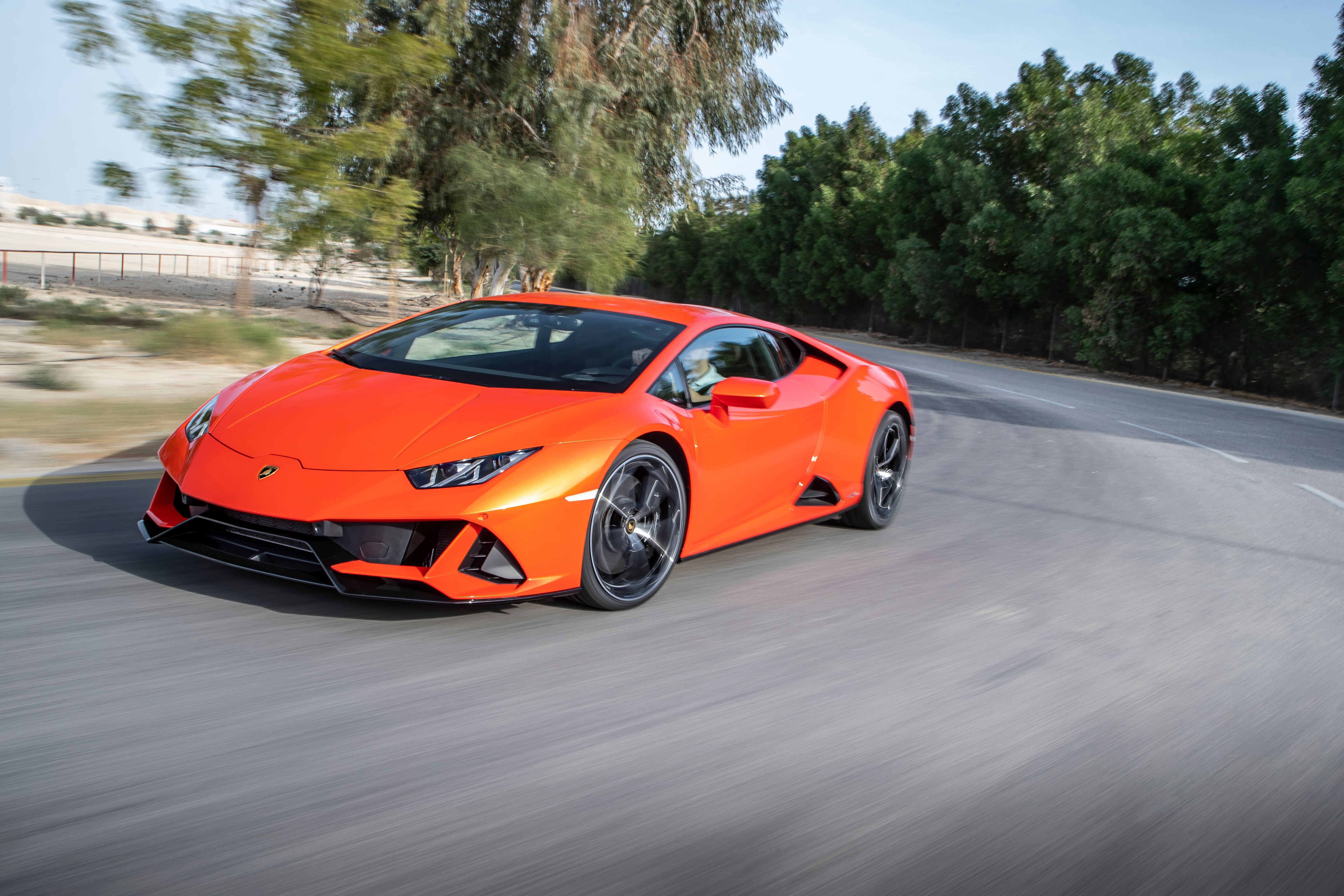
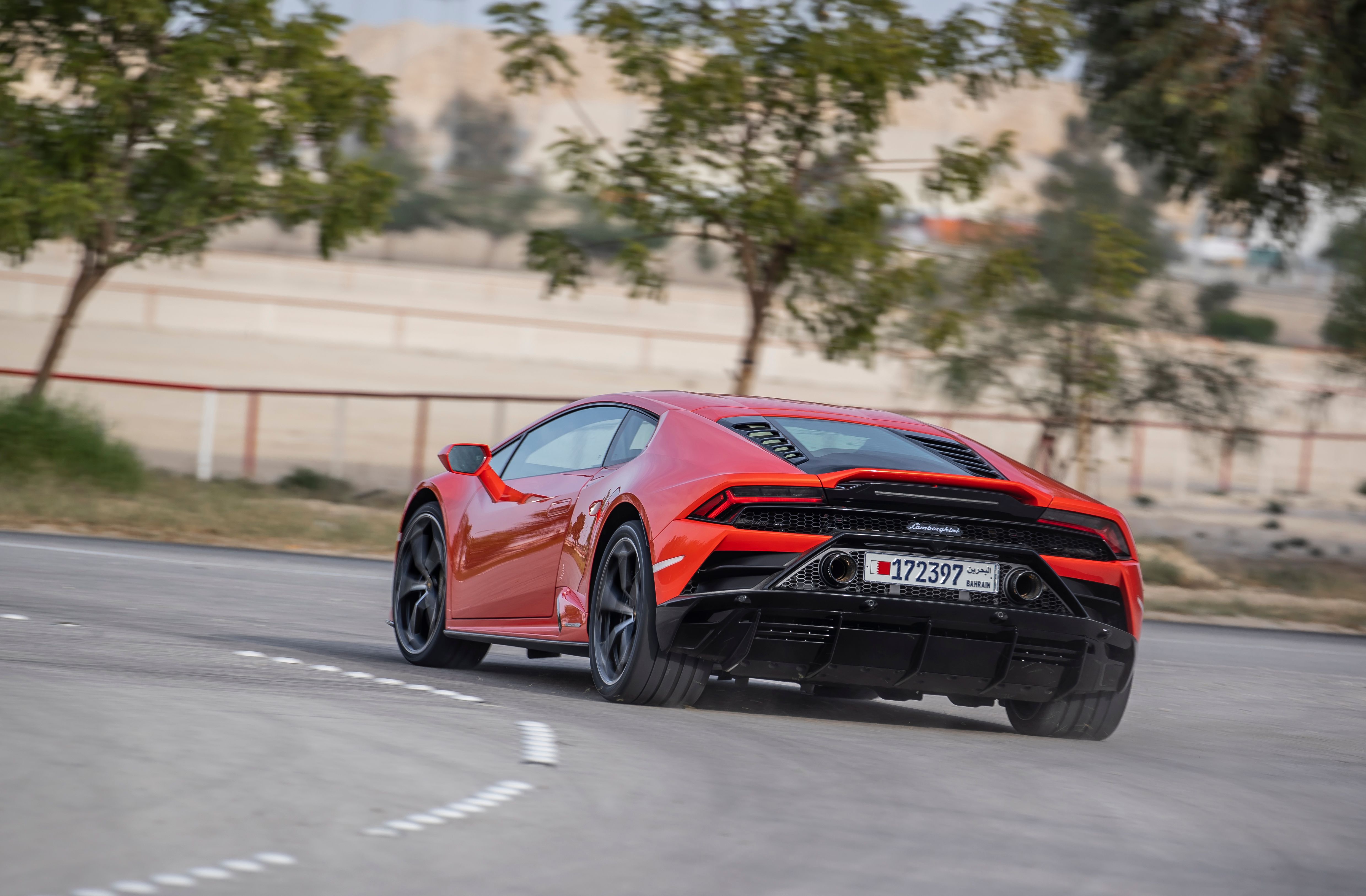
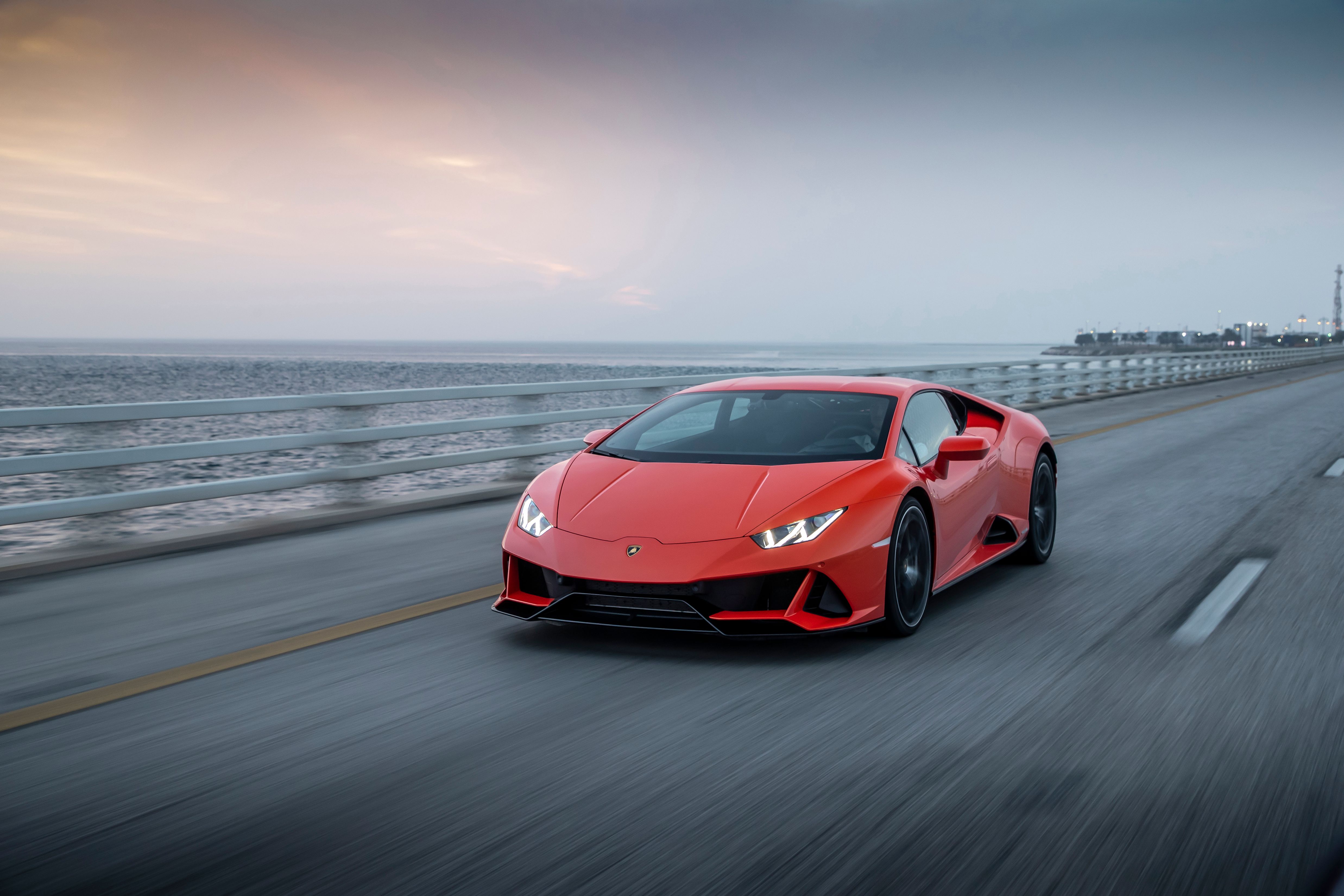
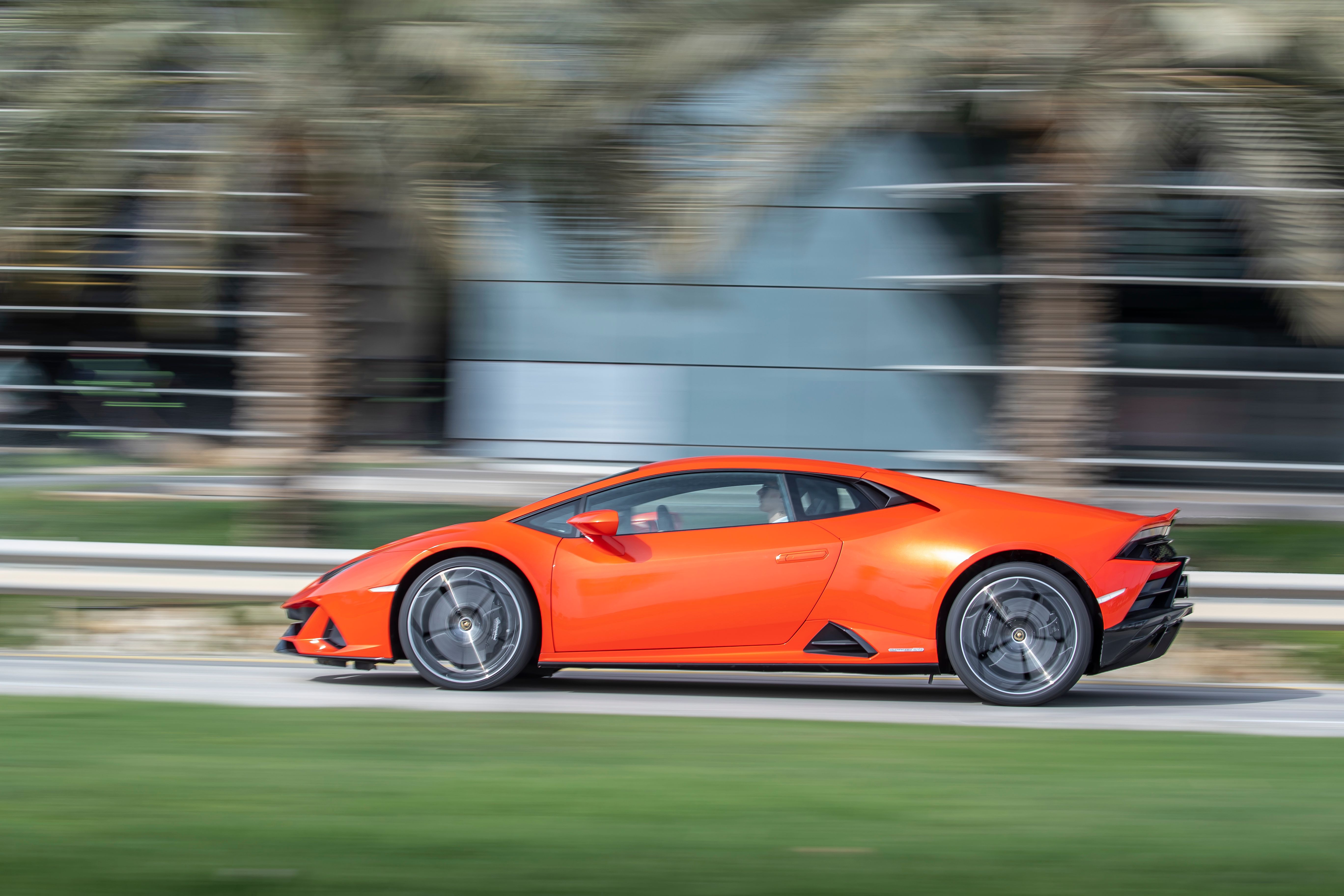
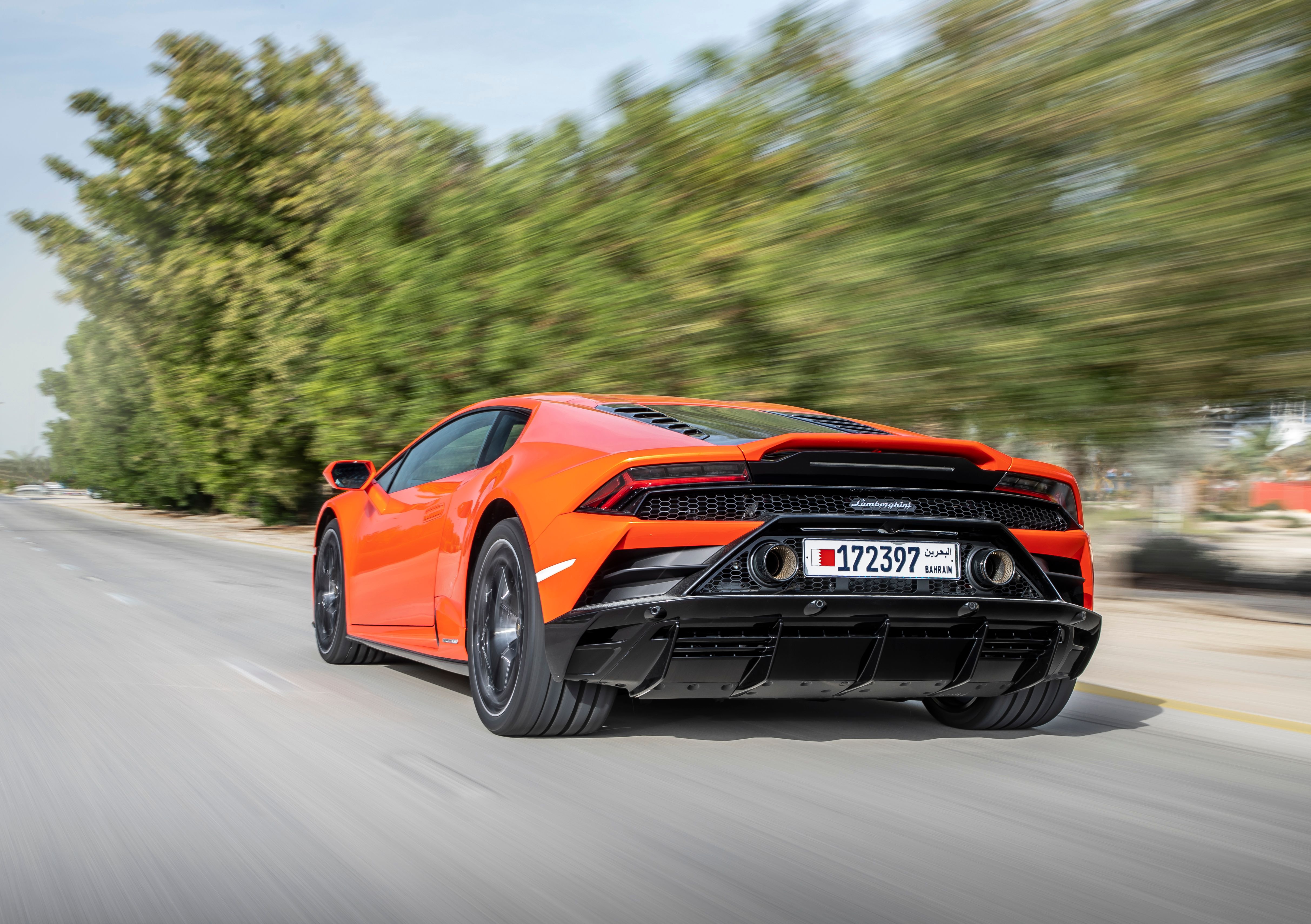
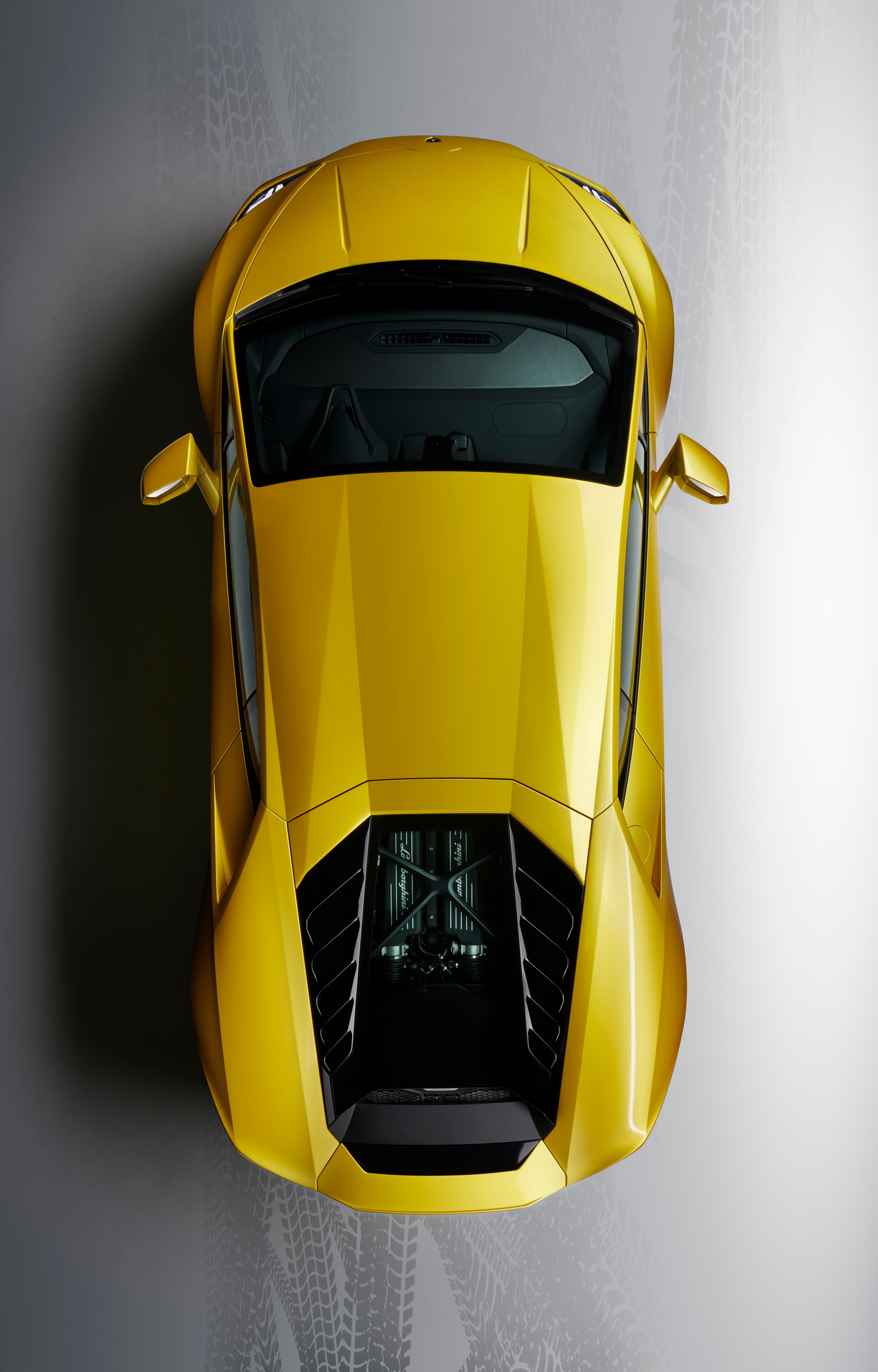
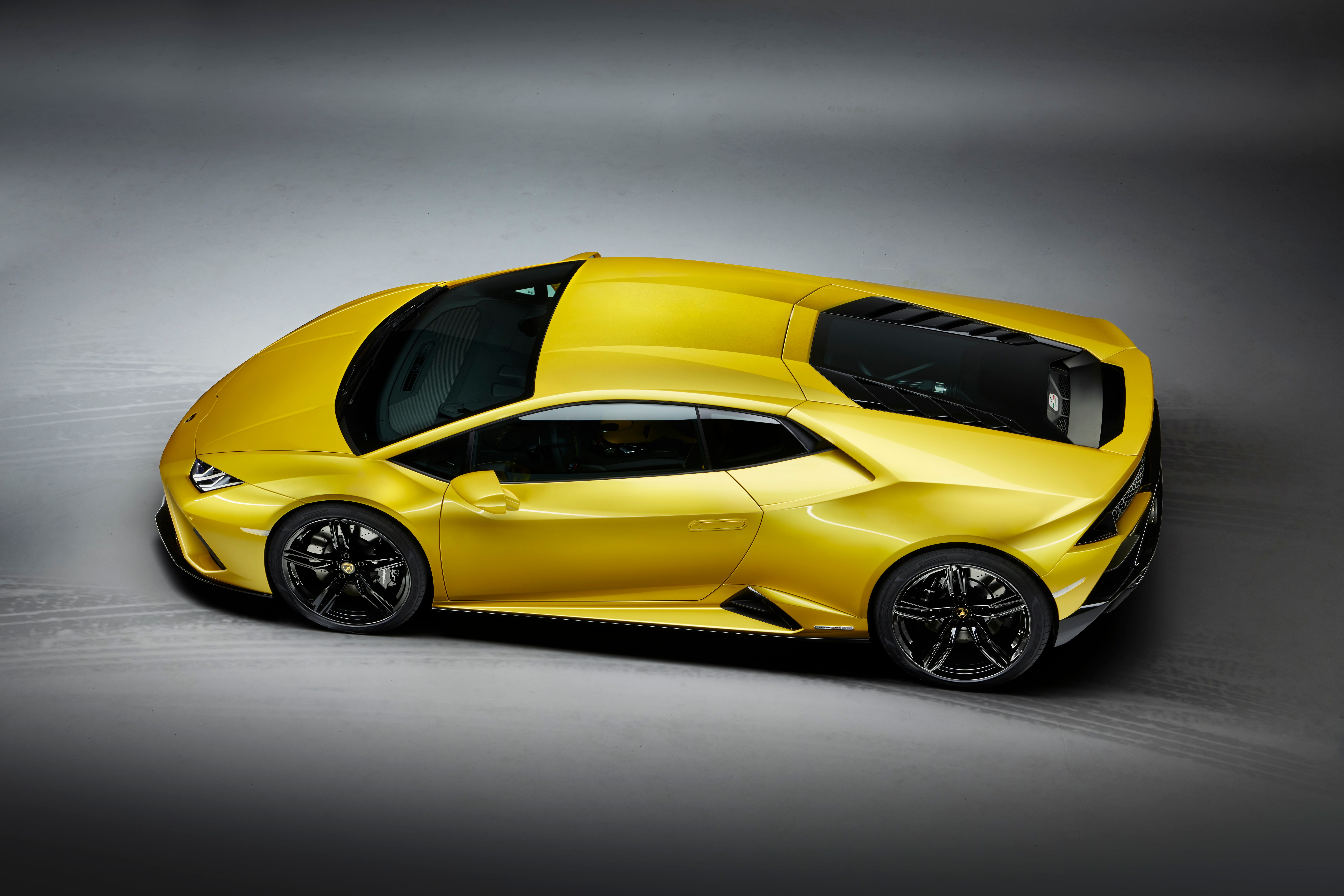
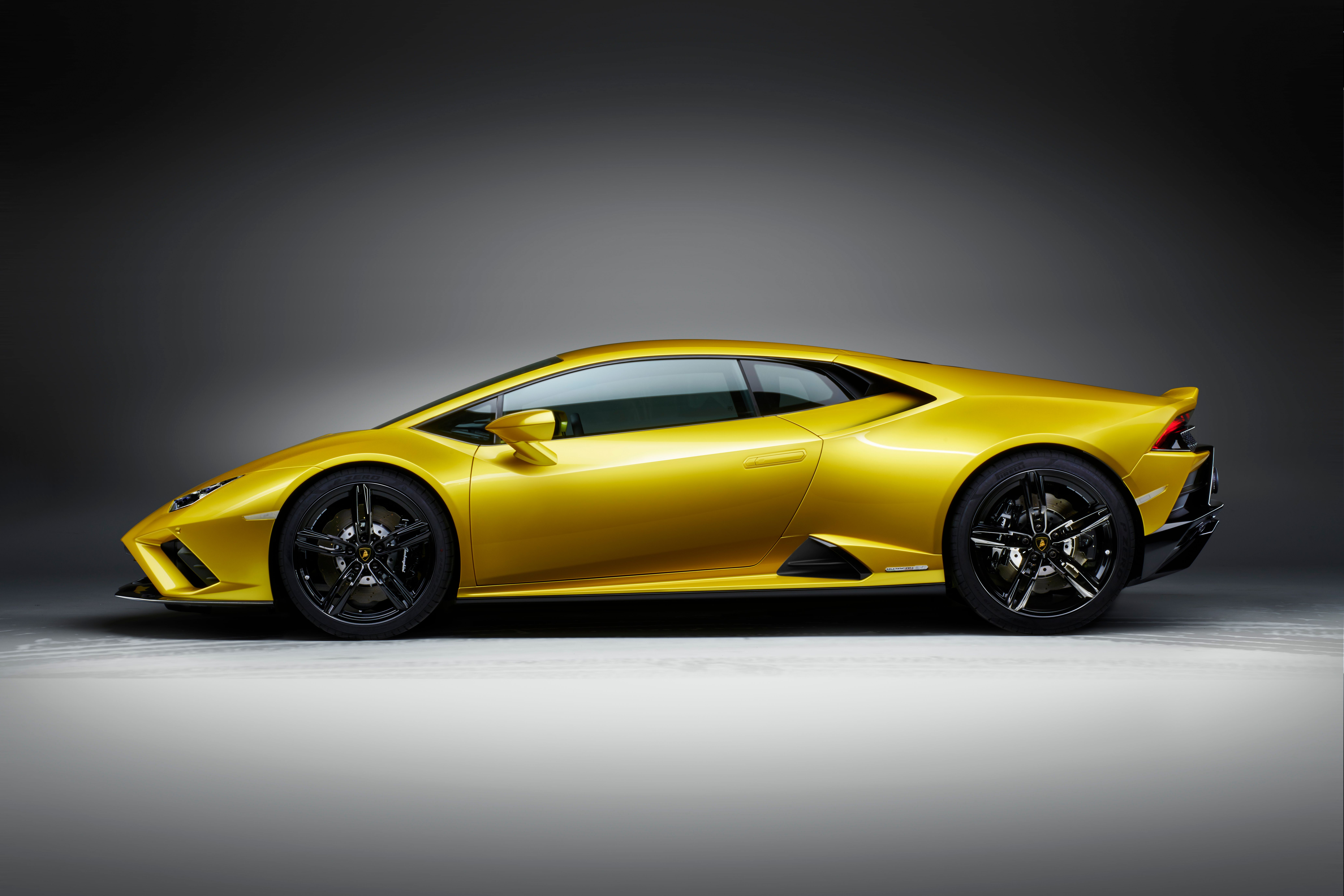
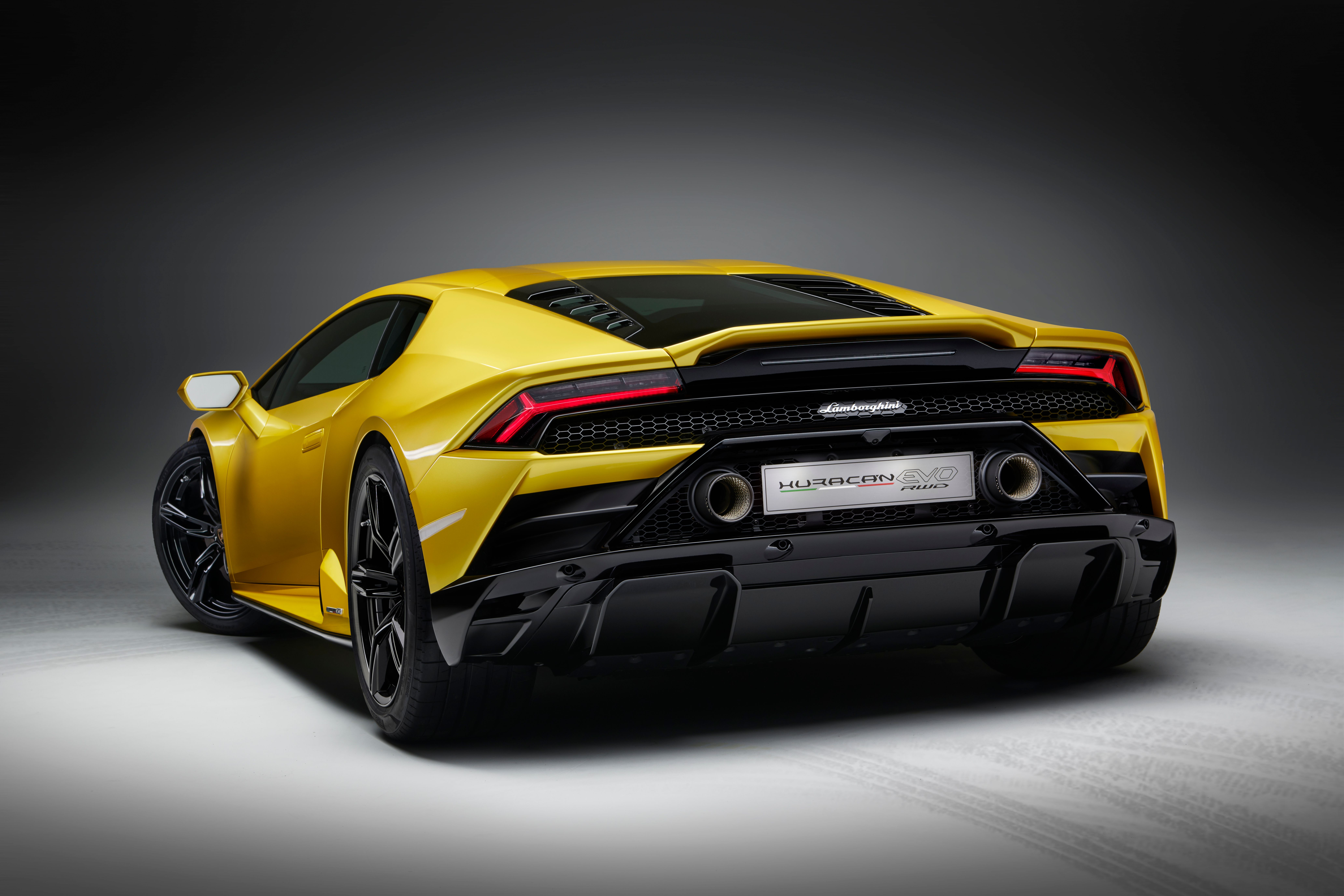
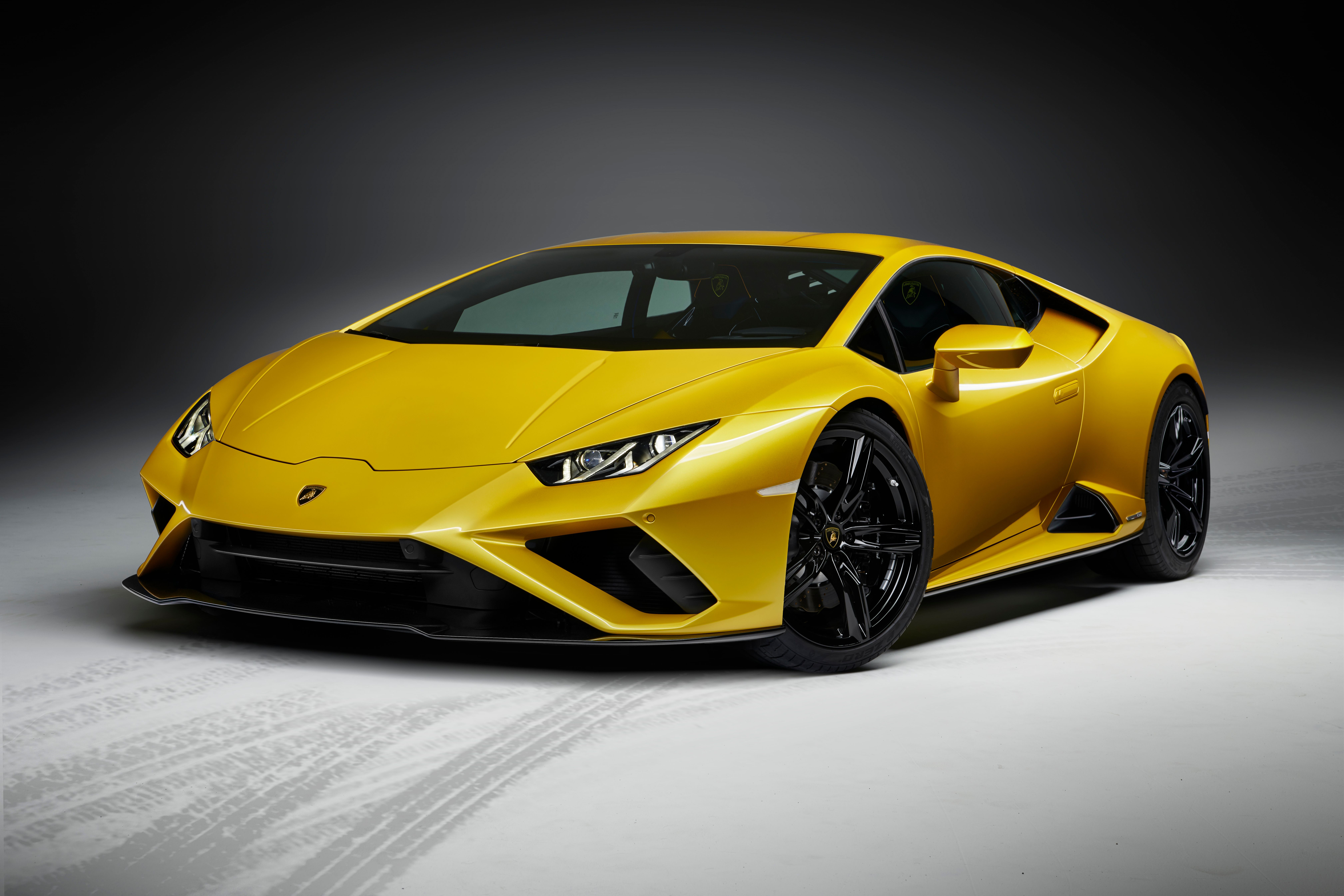
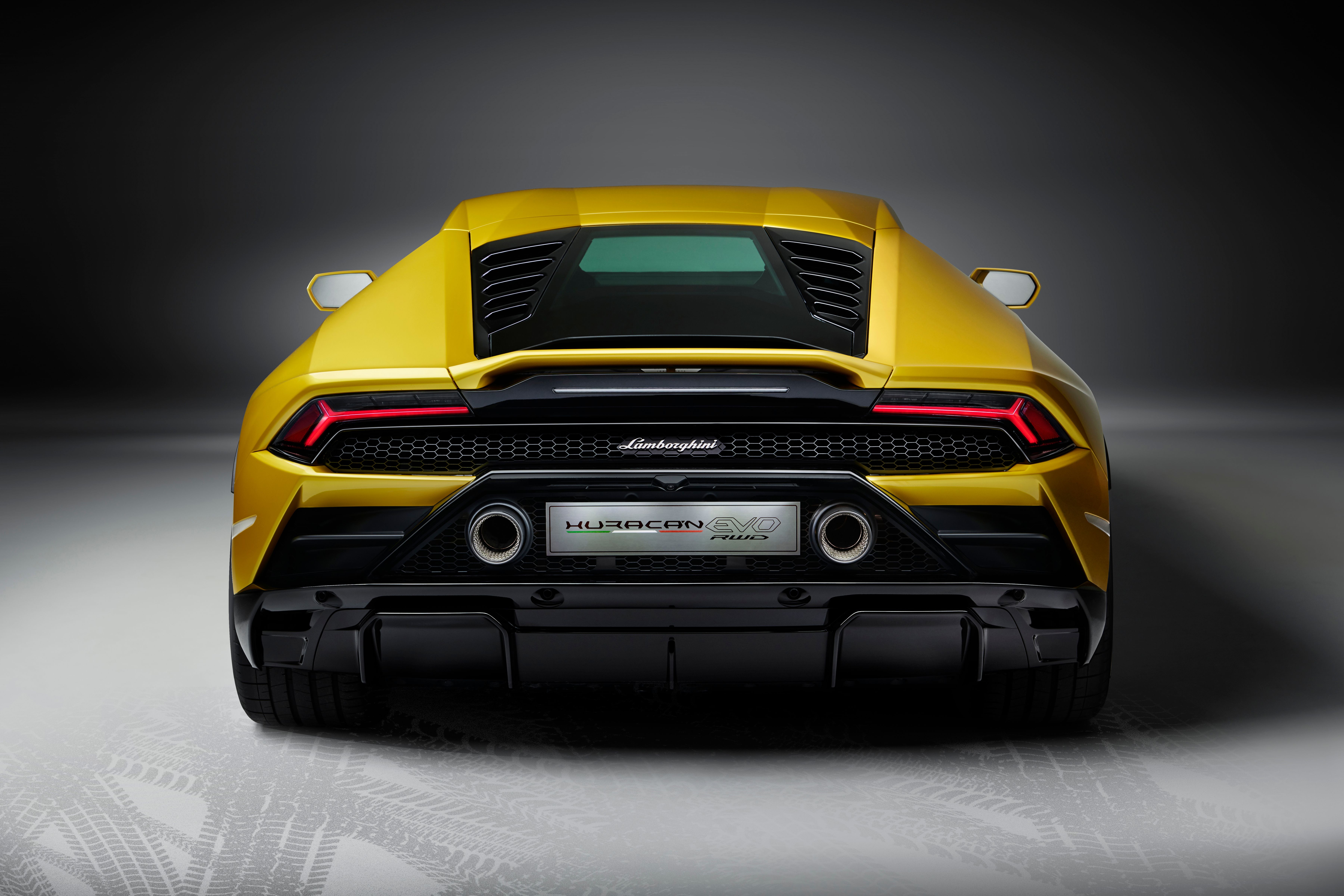
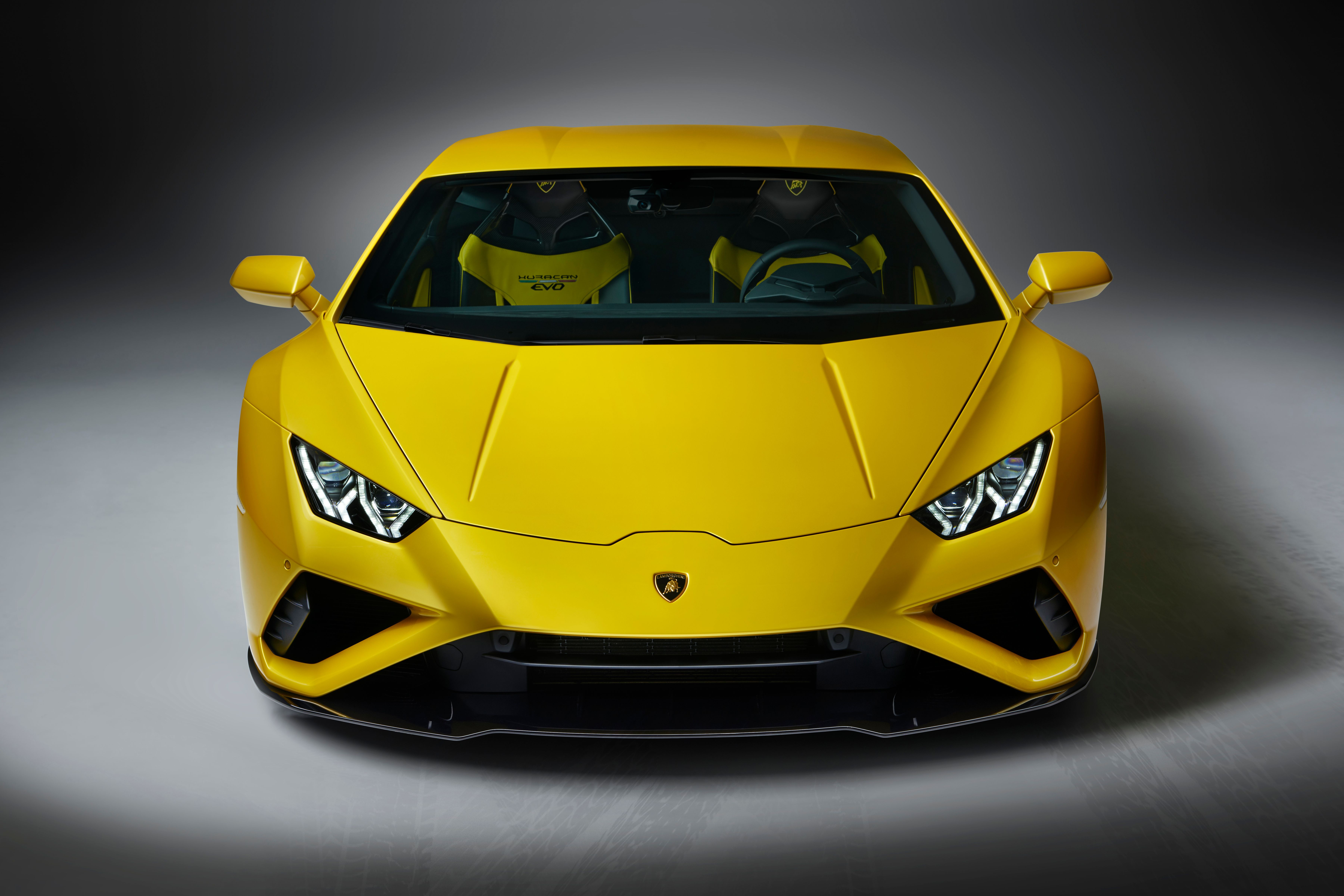
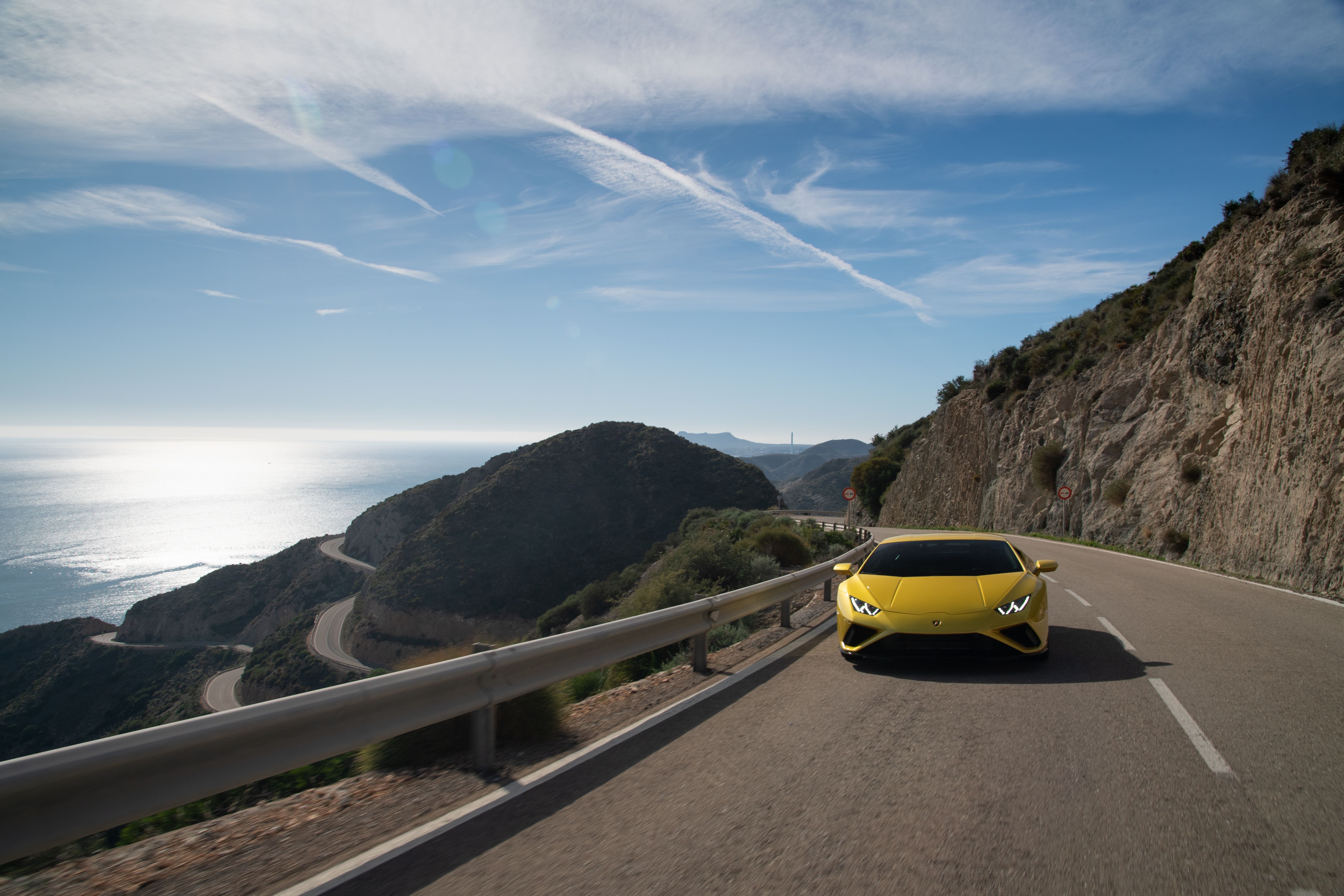
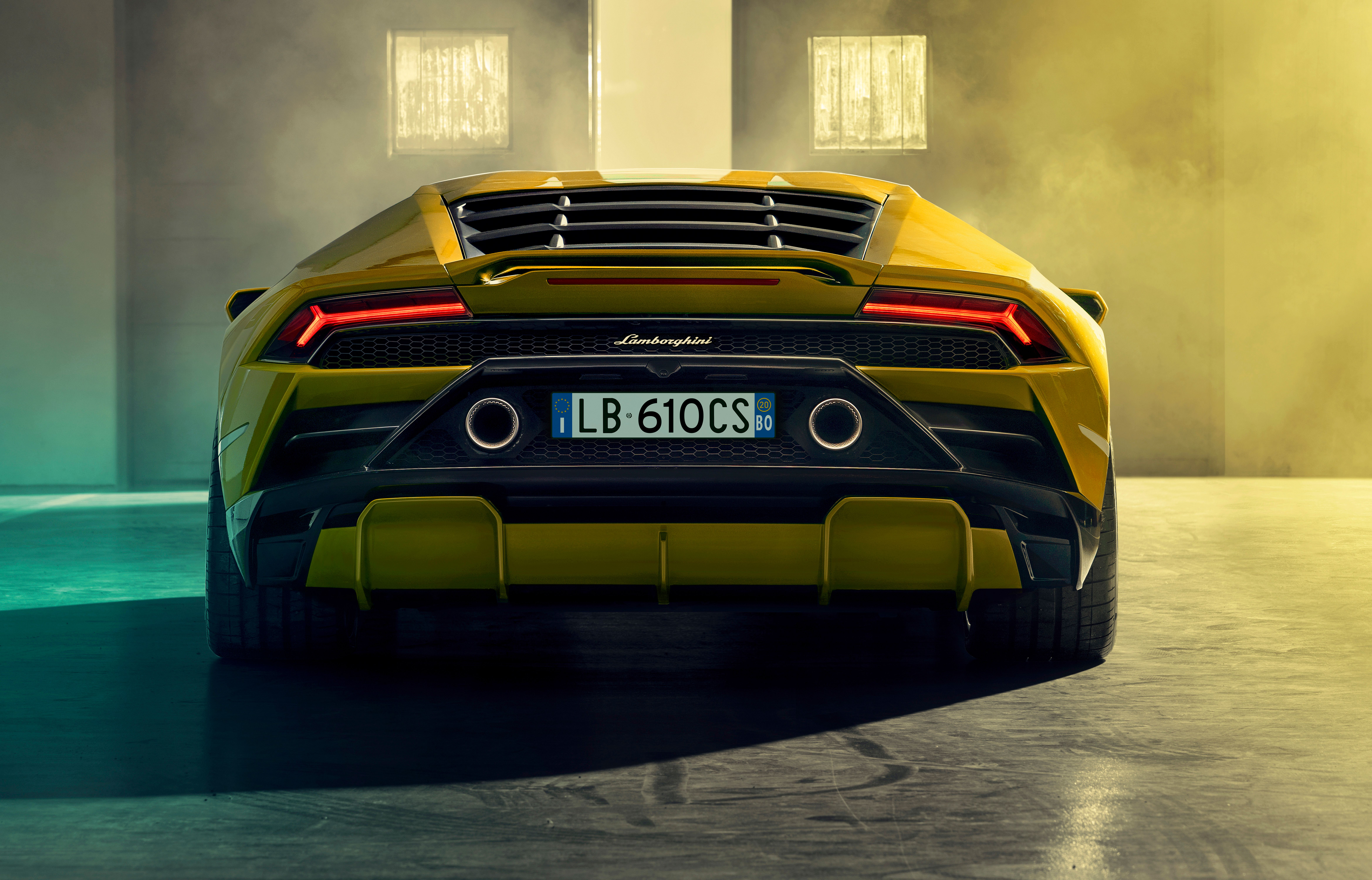
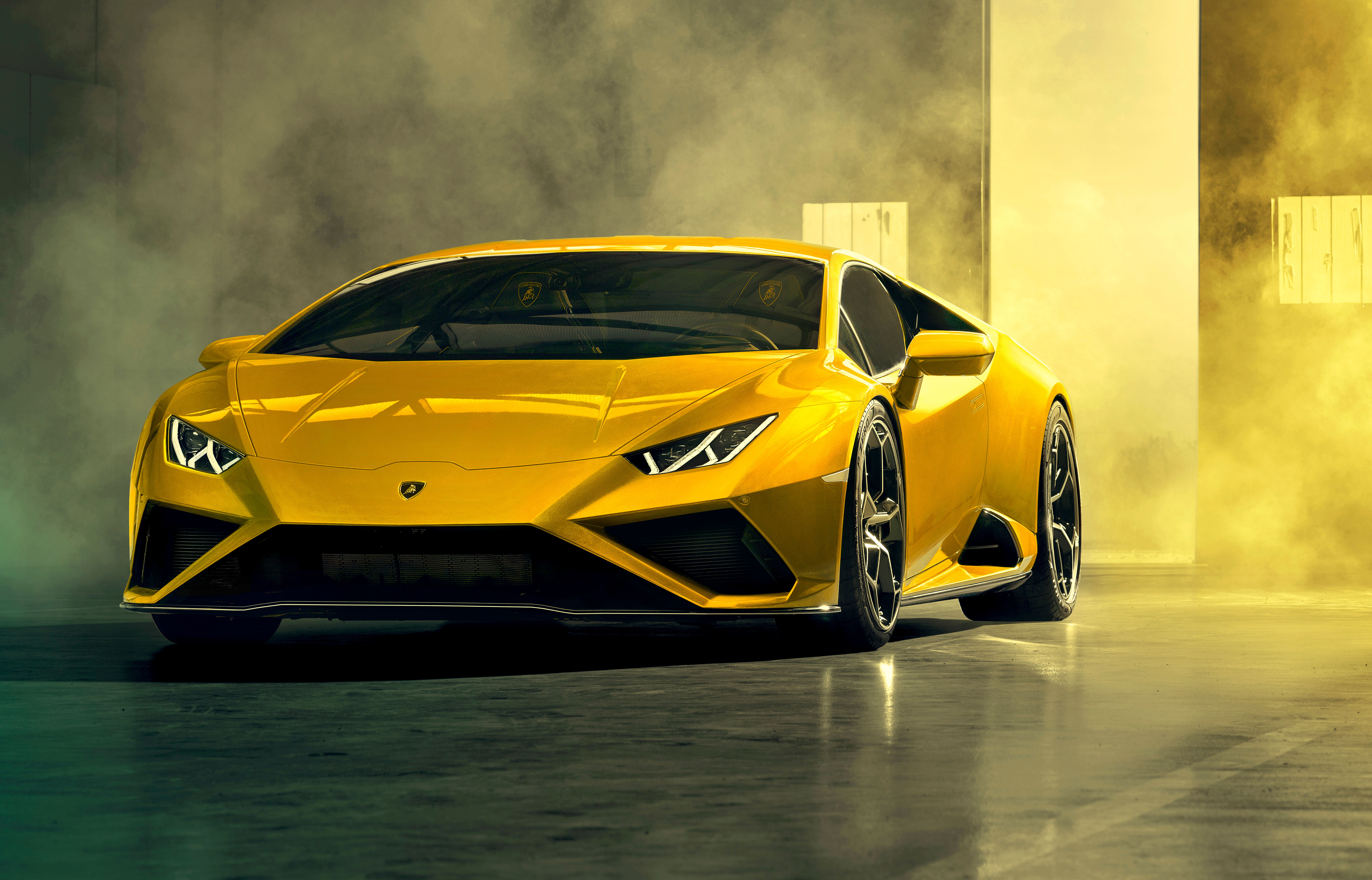
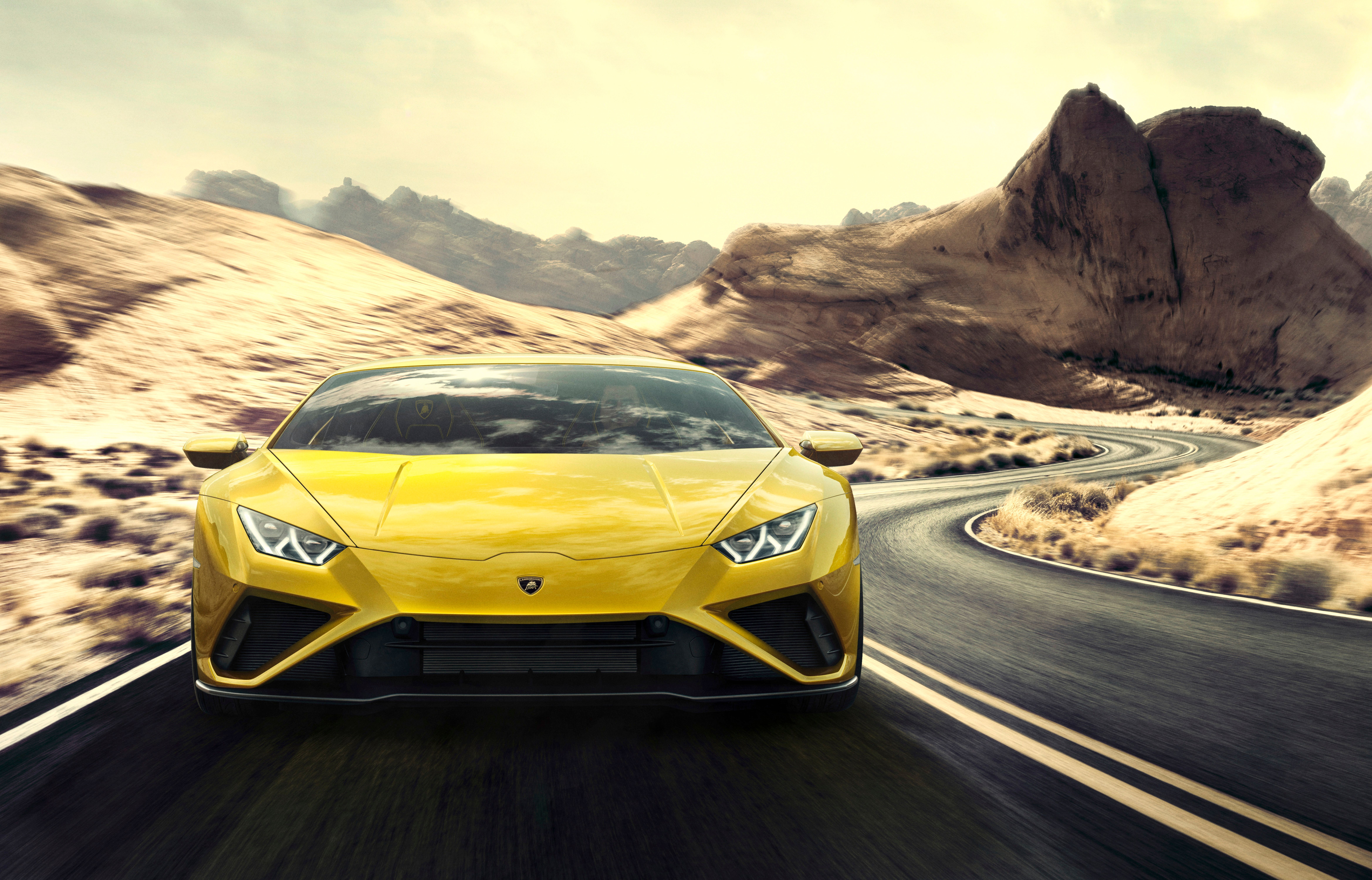
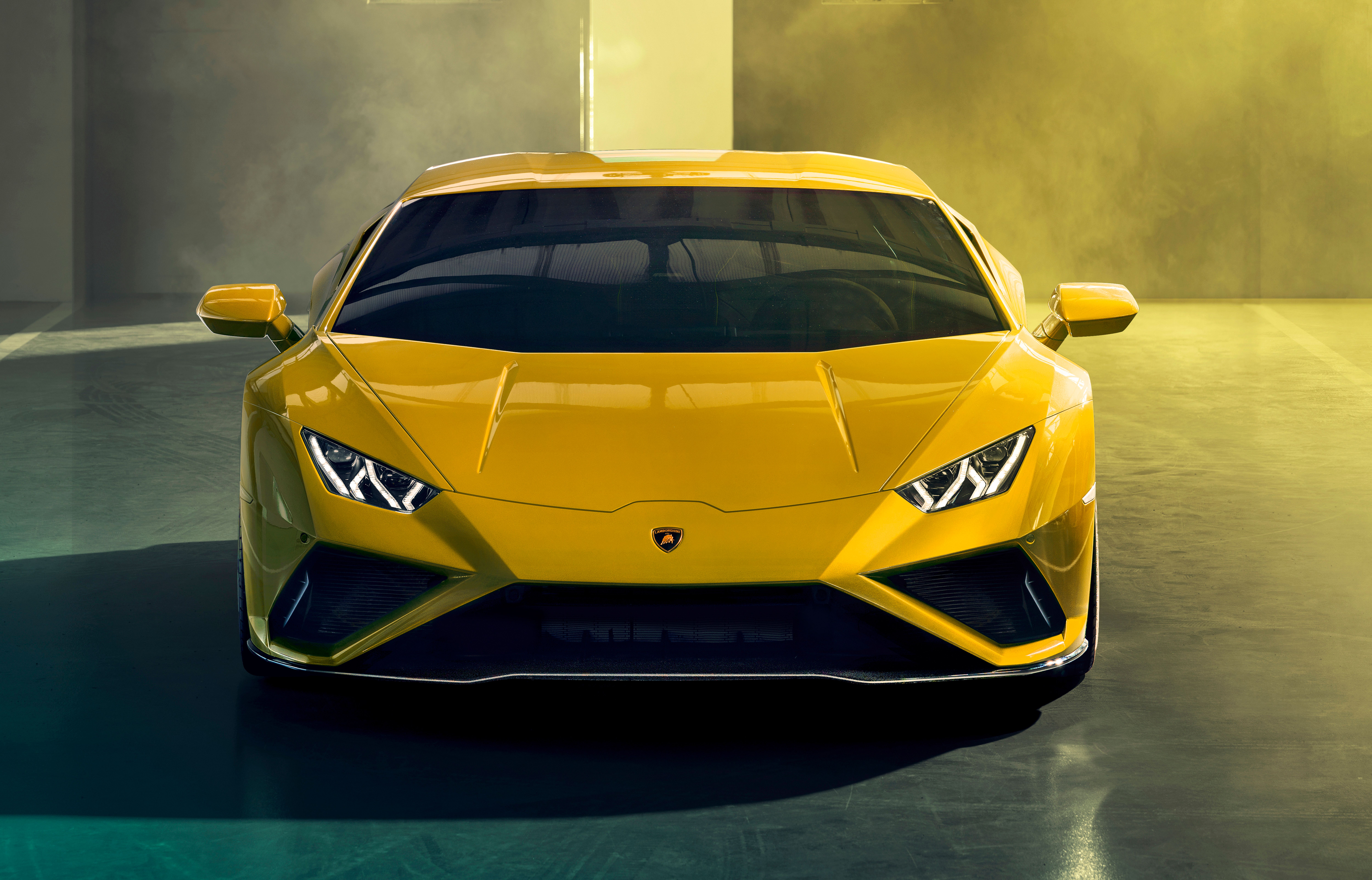
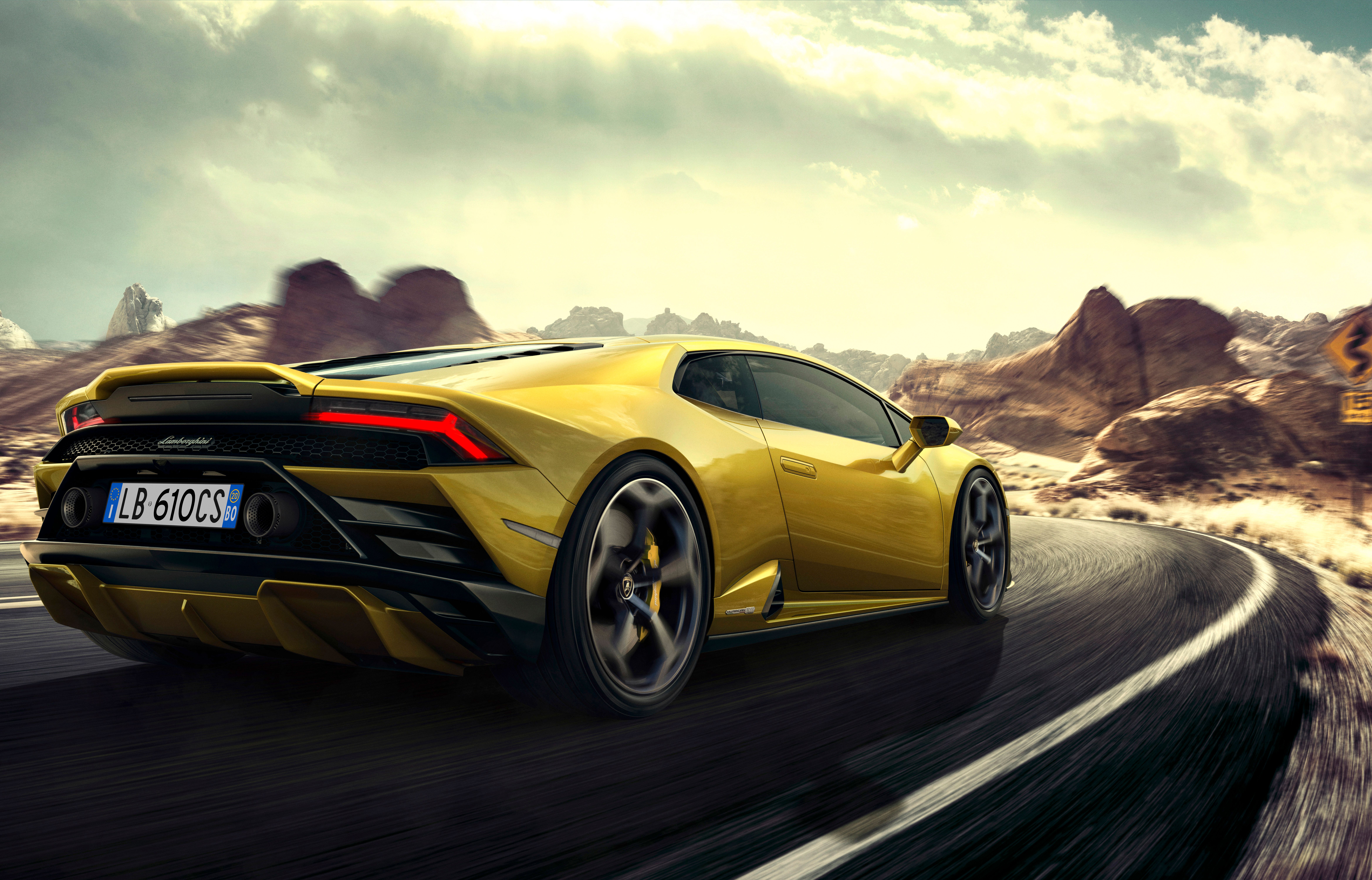
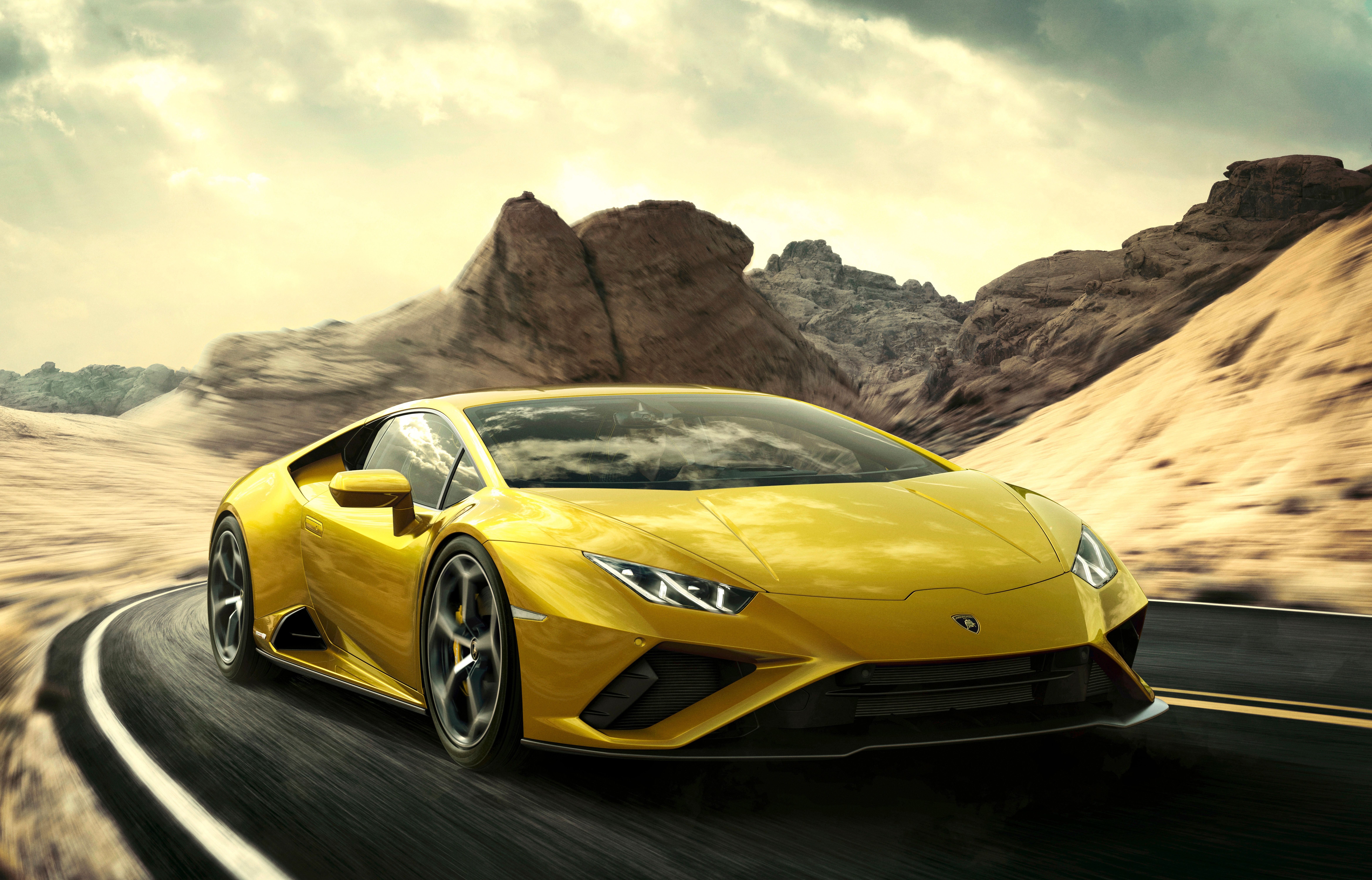
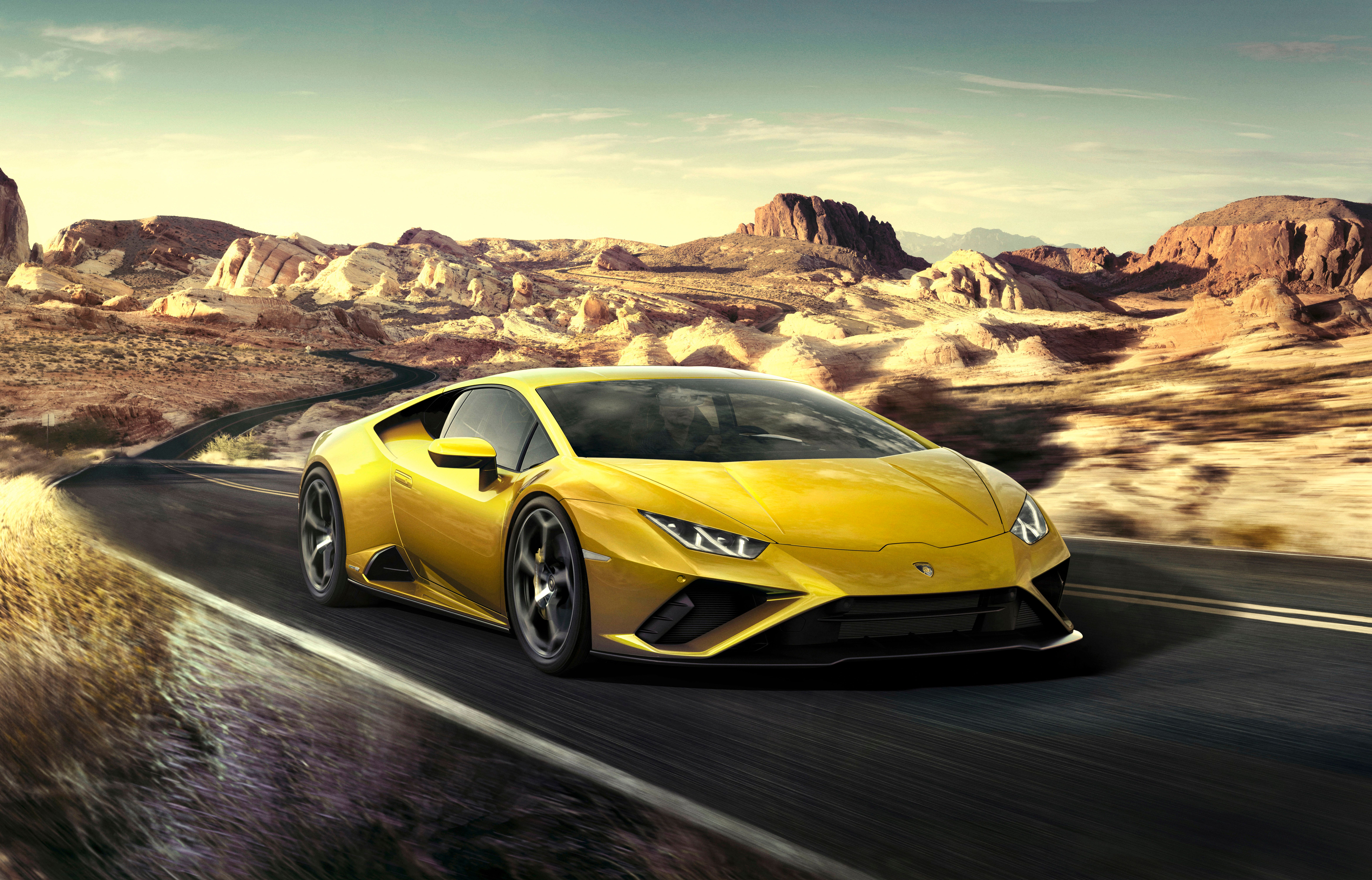
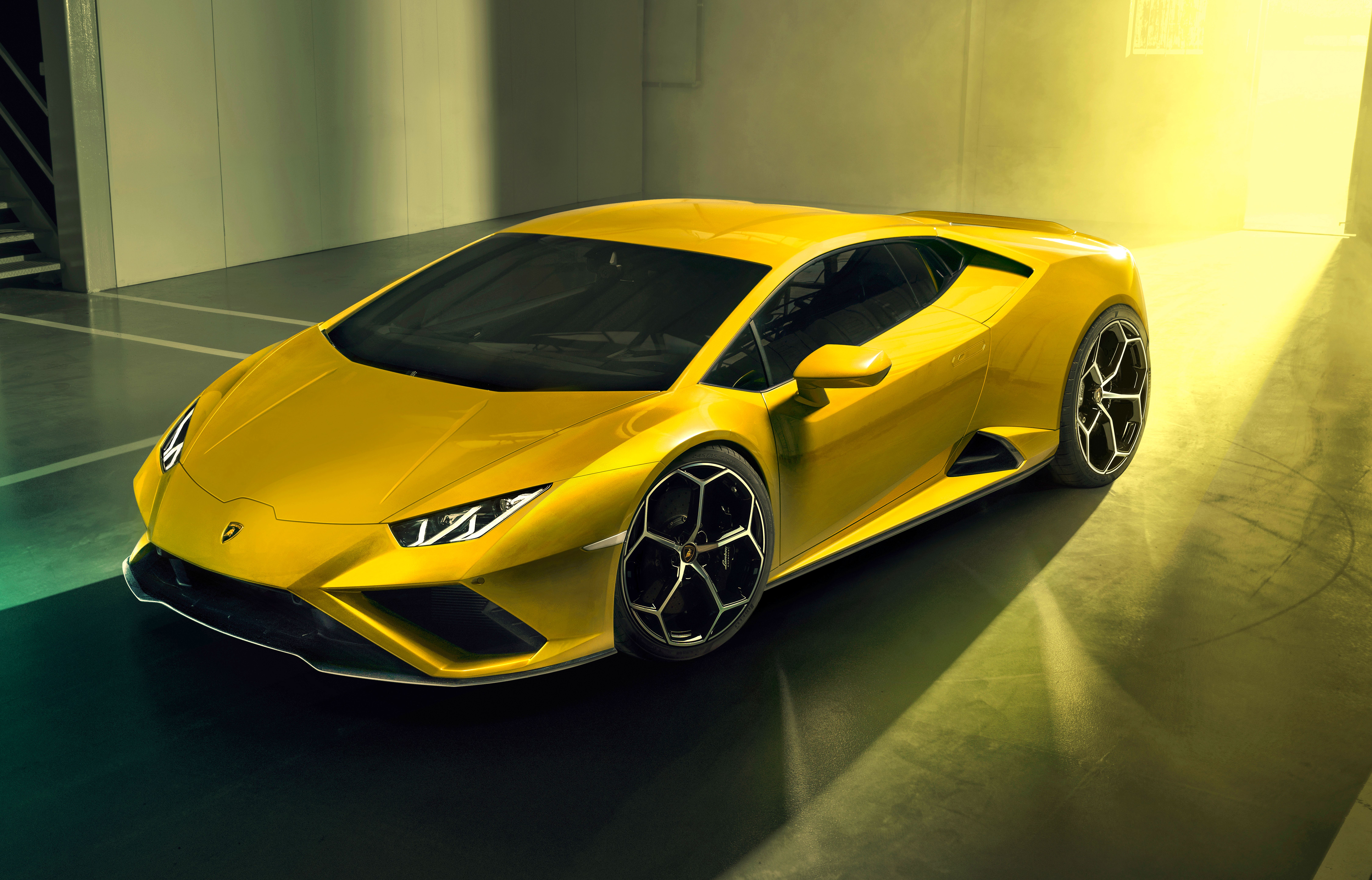
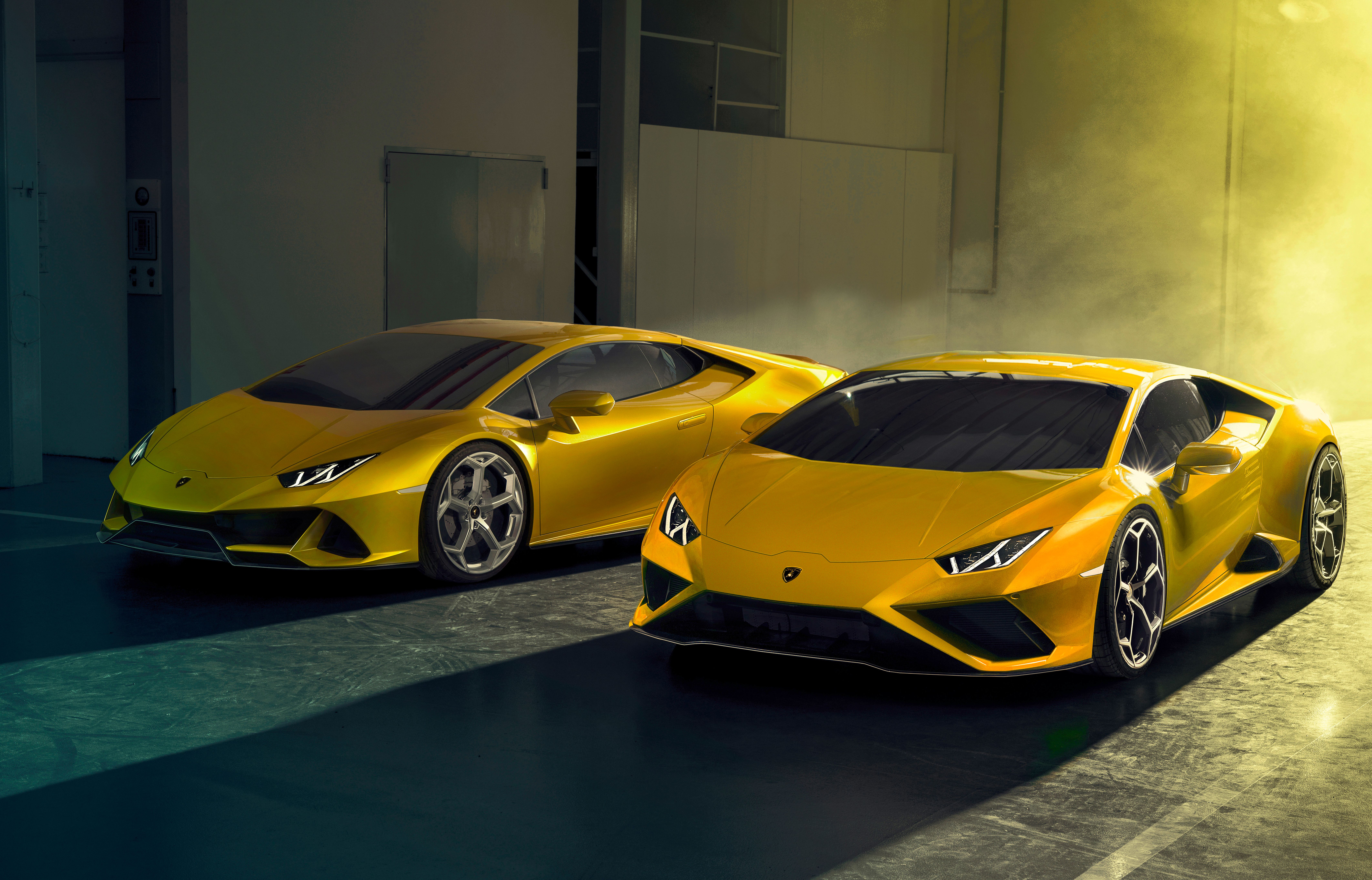
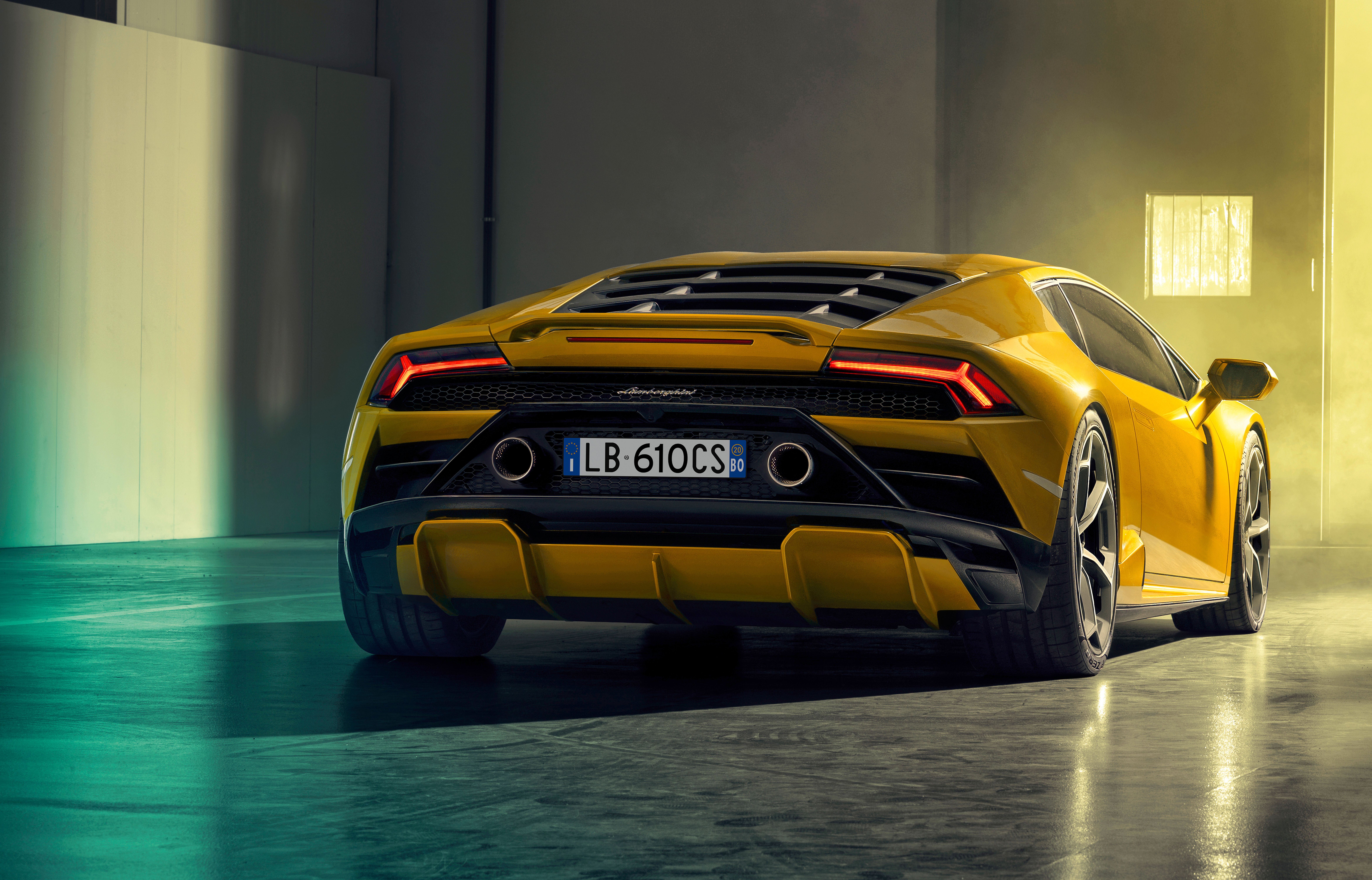
- Make: Array
- Model: 2019 Lamborghini Huracan Evo
- Segment: Array
- Engine/Motor: V10
- Horsepower: 631 @ 8000
- Torque: 443 @ 6500
- [do not use] Vehicle Model: Array
Lamborghini Huracan EVO RWD – 2020 Update

Lamborghini has updated the Huracan lineup with the new Huracan EVO RWD, a model that Lamborghini says is focused around providing a more engaging and entertaining experience for the driver. According to company boss, Stefan Domenicali, the EVO WRD “reminds the driver of Lamborghini’s pure engineering origins” while “offering unfilted feedback and an emotive and more engaging driving experience.”

However, this new push in RWD territory for the Huracan EVO doesn’t come cheap, and I’m not just talking about the price tag. It still has the same 5.2-liter V-10 under its rear deck, but taking the Huracan EVO RWD means that you’ll have to make do with 602 horsepower and 8,000 rpm. That’s the same output as the standard Huracan but 29 ponies short of what the 2019 Huracan EVO is able to produce. Torque is pegged at 413 pound-feet at 6,500 rpm, and it’s all channeled to the rear axle through a “specially tuned” version of Lambo’s Performance Traction Control System (P-TCS for the uninitiated.)

According to Lamborghini, the Huracan EVO RWD can hit 62 mph (100 km/h) in 3.3 seconds and maxes out at 202 mph. That’s the same top speed as the standard evo with an extra 29 ponies, but 0.4 seconds slower to that 62-mph benchmark. What’s really special about the EVO RWD, however really falls into the tuning of the P-TSC system. It still has the familiar Strada, Sport, and Corsa drive modes, but the system is tuned to continue pumping torque to the rear wheels as the car aligns itself after drifting. It can also deliver torque in advance to improve traction when exiting a corner.

On the weight front, the Huracan EVO RWD is about 72.75 pounds (33 kg) lighter than the AWD model for obvious reasons with a dry weight of 3062 pounds (1,389 kg.) It features a 40-60 front-to-rear weight distribution and has the same double wishbone suspension. The Dynamic Steering system takes special programming to increase driver feedback as well.

On the design front, there is little to separate the EVO RWD from its AWD brethren, but you will notice the following changes:
-* New front splitter
-* Revised front air intake
-* New rear diffuser designed-inch Pirelli P Zero Tires
The Huracan Evo RWD is available right now and it starts out at $208,571 in the U.S. and EUR 159,443 across the vast lands of Europe.
2019 Lamborghini Huracan Evo Exterior
|
|
ids=812807,812809 |
no_overlay=false |
before_label=Lamborghini Huracan EVO |
after_label=Lamborghini Huracan LP 610-4 |
move_slider_on_hover=true> |
Two big changes are noticeable here. For starters, the revised outlets on the sides have the Ypsilon shape seen on the Performante and in the LED headlamps of the supercar (as well as Lambo taillights from the past). The center section was revised too and the midsection of the splitter and the upper "wing" form a trapezoidal shape. The splitter is also bigger than before. Of course, the lack of a grille gives the fascia a more aggressive look.

Lambo left the profile panels unchanged, but it came up with a new design for the lower side outlets. The beefed-up engine and braking system need extra cooling now, so it's more than just a design feature. The outlets are slightly bigger now and have an almost square shape. The previous vents were triangular. The Italians also design a new set of 20-inch wheels for the Evo, and they're wrapped in high-performance Pirelli P Zero tires.
The diffuser is also new. It has five vertical slats, a design taken from the Performante, but it also features additional horizontal vents at the corners, a setup that's unique to the Evo. The taillights were carried over, but the grille is a bit different, as it doesn't become narrower at the center. Now it has the same height from one side to the other.

While it didn't get the big wing of the Performante, the Evo features a brand-new spoiler that rises above the decklid. It also features a second elements that sits a bit higher, which makes it look as if the supercar has a mini wing. While it might not benefit from the active aerodynamics of the Performante, the Evo is definitely more aerodynamic than the regular Huracan.
2019 Lamborghini Huracan Evo Interior

It might seem like the interior of the Evo is identical to the outgoing Huracan, but that feeling goes away as soon as you lay eyes on the center stack.
You can use it to control the seats and the air conditioning, as well as a multimedia system that includes navigation, radio, and a video player. It also features Apple CarPlay integration and allows voice commands through Siri. You can also use it to operate the dual-camera telemetry system that records and analyzes the car's performance on the race track. This feature is optional though.

2019 Lamborghini Huracan Evo Drivetrain

Not surprisingly, the Huracan continues with the familiar 5.2-liter V-10 under the hood. The unit is now more powerful, but it's not exactly a new update. Instead, Lambo chose to take the V-10 from the Huracan Performante.
Is it quicker than the old Huracan? Definitely! It needs only 2.9 seconds to hit 62 mph, which makes it three tenth quicker than the outgoing model and puts it on par with the Performante version. The sprint to 124 mph takes nine clicks, while top speed is again similar to the Performante at "more than" 202 mph.

But Lambo made upgrades in other areas as well.
The Evo also comes with Lamborghini Dinamica Veicolo Integrata (LDVI), a processing unit that controls every aspect of the car’s dynamic behavior. The system anticipates the next move and needs of the driver and adjusts all electronics to deliver the best response and optimum stability. Lambo also upgraded the sensors that monitor dynamics, roll, pitch, and yaw rate and adapt damping instantaneously for improves responsiveness and agility at low speed and increased stability at high speeds and during cornering.

You can drive the car in one of three modes. There's Strada for relaxed city and highway driving, Sport for a more exciting experience, and Corsa for when you want to unleash the Huracan on the race track. Although it doesn't benefit from all the active aerodynamics of the Performante model, the Evo is more than capable on twisty track like the Nurburgring or the Laguna Seca.
2019 Lamborghini Huracan Evo drivetrain specifications
|
Engine |
5.2-liter V-10 |
|
Horsepower |
631 HP @ 8,000 RPM |
|
Torque |
443 LB-FT @ 6,500 RPM |
|
0 to 100 km/h (62 mph) |
2.9 seconds |
|
0 to 200 km/h (124 mph) |
9.0 seconds |
|
Braking 100-0 km/h |
31.9 m |
|
Top Speed |
325 km/h (202 mph) |
|
Dry weight |
1,422 kg (3,134 lbs) |
|
|
center> |
|
|
center> |
2019 Lamborghini Huracan Evo Prices

The Lamborghini Huracan Evo will reach its first customers in spring 2019. U.S. pricing starts from $261,274, not including taxes. This is a small increase over the outgoing Huracan, which retailed from around $250,000. Compared to the Huracan Performante, the Evo is about $13,000 cheaper.
2019 Lamborghini Huracan Evo Competition
Ferrari 488 GTB
The 488 GTB is the Huracan's traditional rival. Introduced in 2015, it replaced the 458 Italia, the sports car that competed against the Huracan's predecessor, the Gallardo. Unlike its Lambo-badged rival, the 488 GTB features a turbocharged engine. It's also smaller at 3.9 liters and has fewer cylinders due to its V-8 layout. It's plenty powerful though, generating a whopping 660 horsepower and 560 pound-feet of torque. The sprint to 62 mph takes three seconds, which makes it a tenth-second slower than the Huracan Evo. Thanks to the update, the Lambo is finally quicker than its Italian competitor. However, the 488 GTB wins the top speed battle with a 205-mph benchmark. Pricing is very similar at $252,800 before options.
Read our full review of the 2018 Ferrari 488 GTB.
McLaren 720S
The newest supercar on this list, the 720S arrived in 2017 as a replacement for the 650S. Not only the most aggressive option design-wise, but it's also the most advanced, featuring state-of-the-art tech and McLaren's latest carbon-fiber tub. It has a rotating instrument cluster, leather and Alcantara interior options, and visible carbon-fiber inside and out. It's also the most powerful proposition thanks to a twin-turbo, 4.0-liter V-8 that generates 710 horsepower and 568 pound-feet of twist. The sprint to 62 mph takes 2.8 seconds, a tenth-second quicker than the Huracan Evo. Lambo's most recent upgrade wasn't enough to make the Huracan quicker than Britain's finest. The 720S also delivers a superior top speed at a whopping 212 mph. More importantly, it's more than 200 pounds lighter than the Lambo. It's also a bit more expensive though, fetching close to $290,000 before options.
Read our full story on the 2018 McLaren 720S.
Conclusion

Although it's a really cool supercar that spawned the extreme Performante and it's on its way to set a new sales record for Lamborghini, the original Huracan had some drawbacks compared to the 488 GTB and the 720S. It was heavier, less powerful, and slower. Fortunately, this upgrade fixes some of these issues, at least when compared to the Ferrari. And it also makes it look more appealing on the outside, while the interior finally features a proper infotainment system. Overall, the Huracan Evo is a Performante without the rear wing and the active aero features, and that's a good thing. It's not too wild for public roads, but you can still take it to the race track and post a good lap time. It will do until Lambo launches a successor a few years from now.
Further reading
Read our full review on the 2017 Lamborghini Huracan Performante.
Read our full review on the 2017 Lamborghini Huracan.

